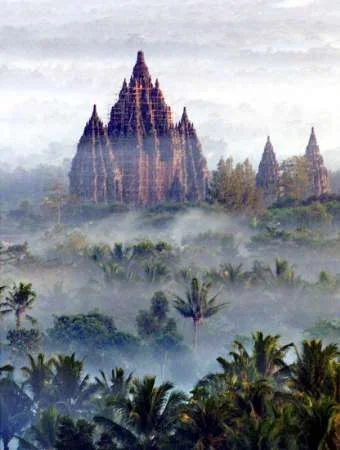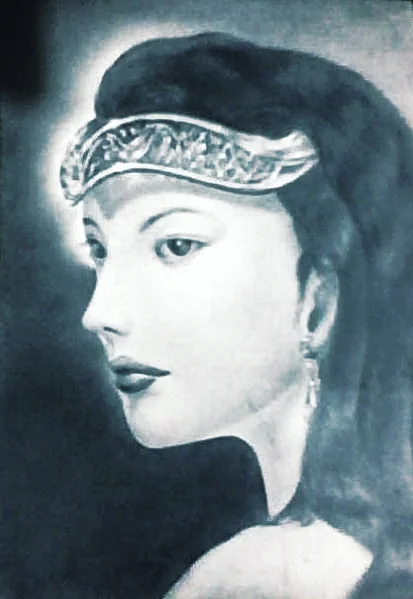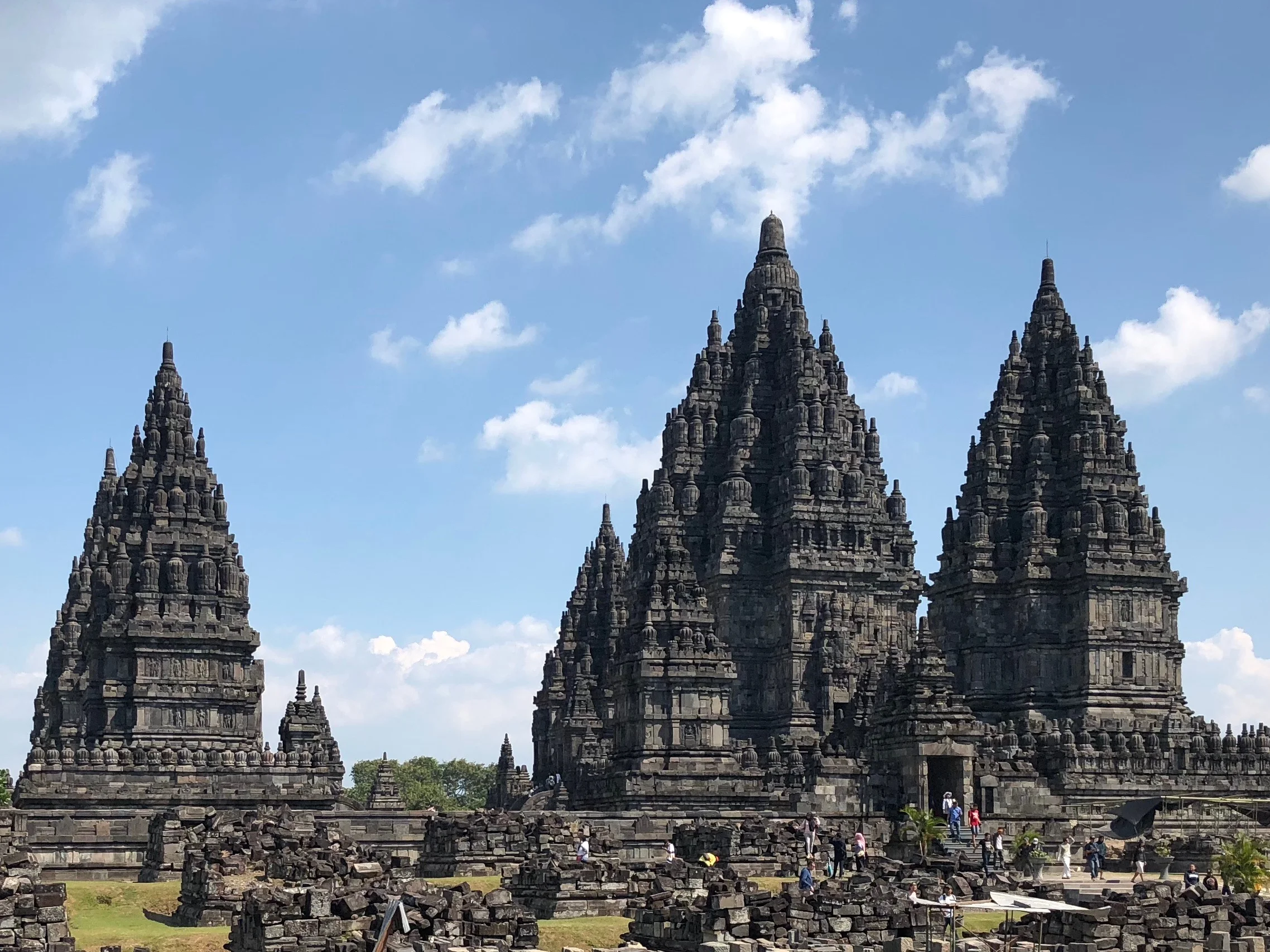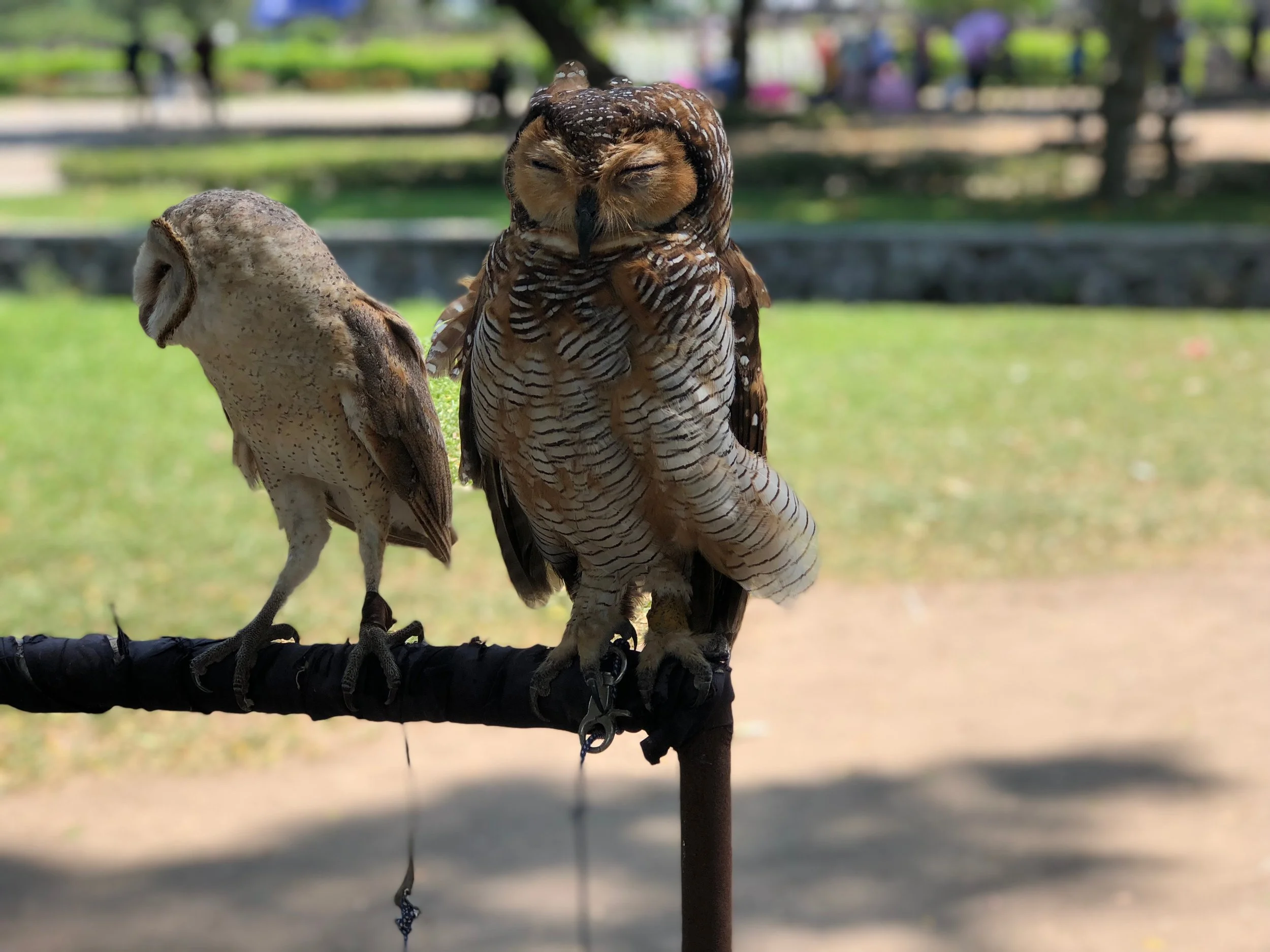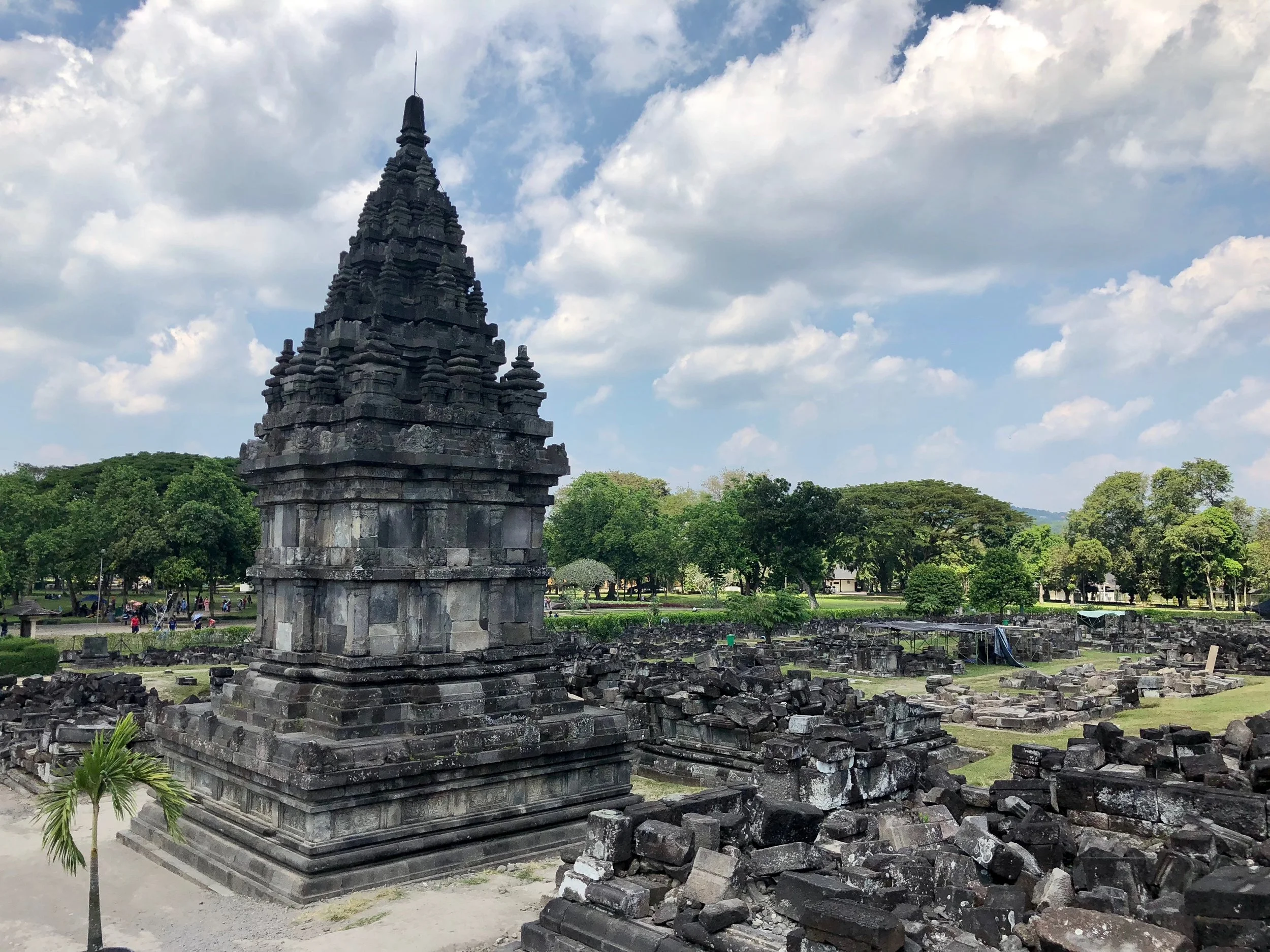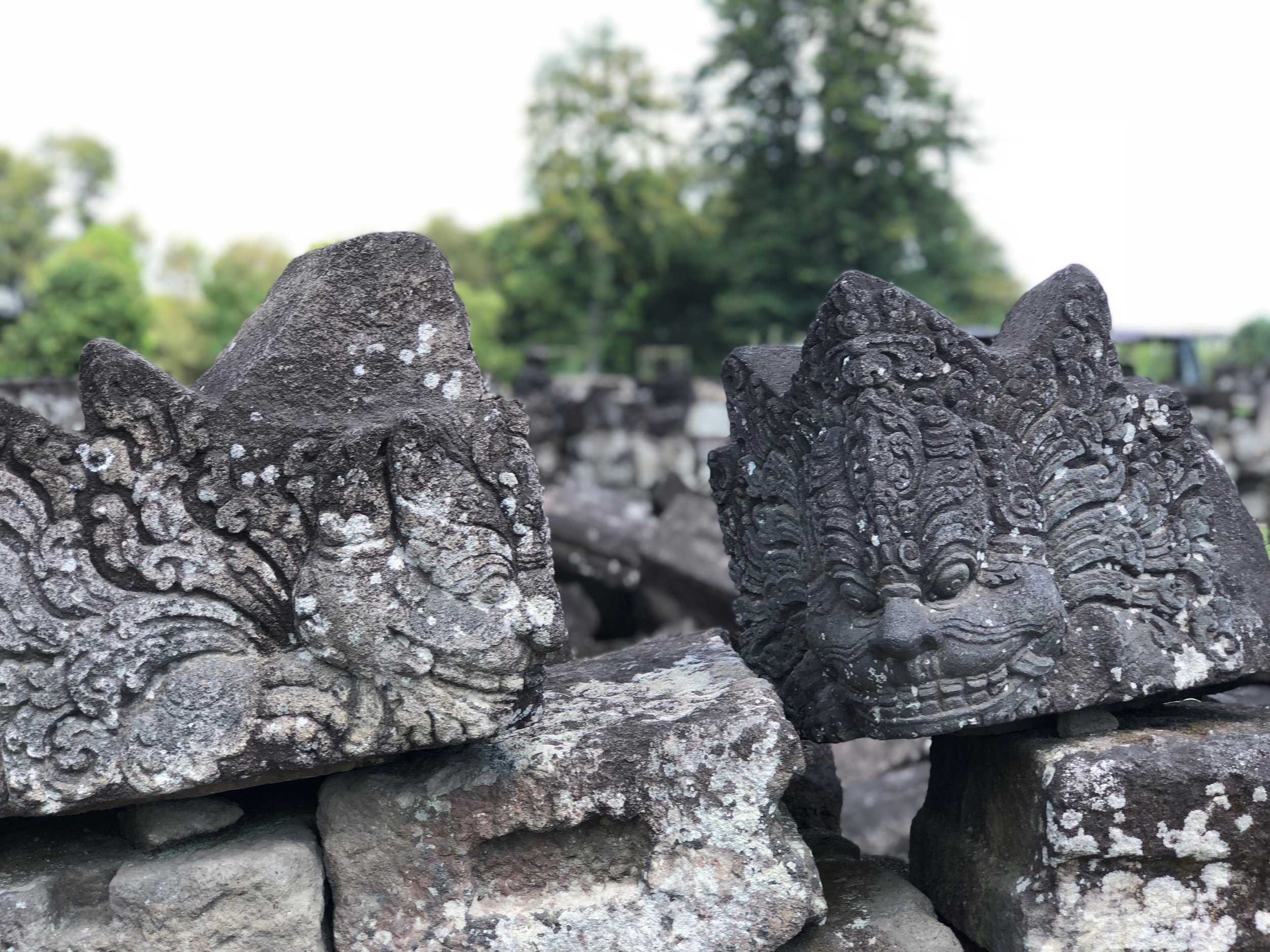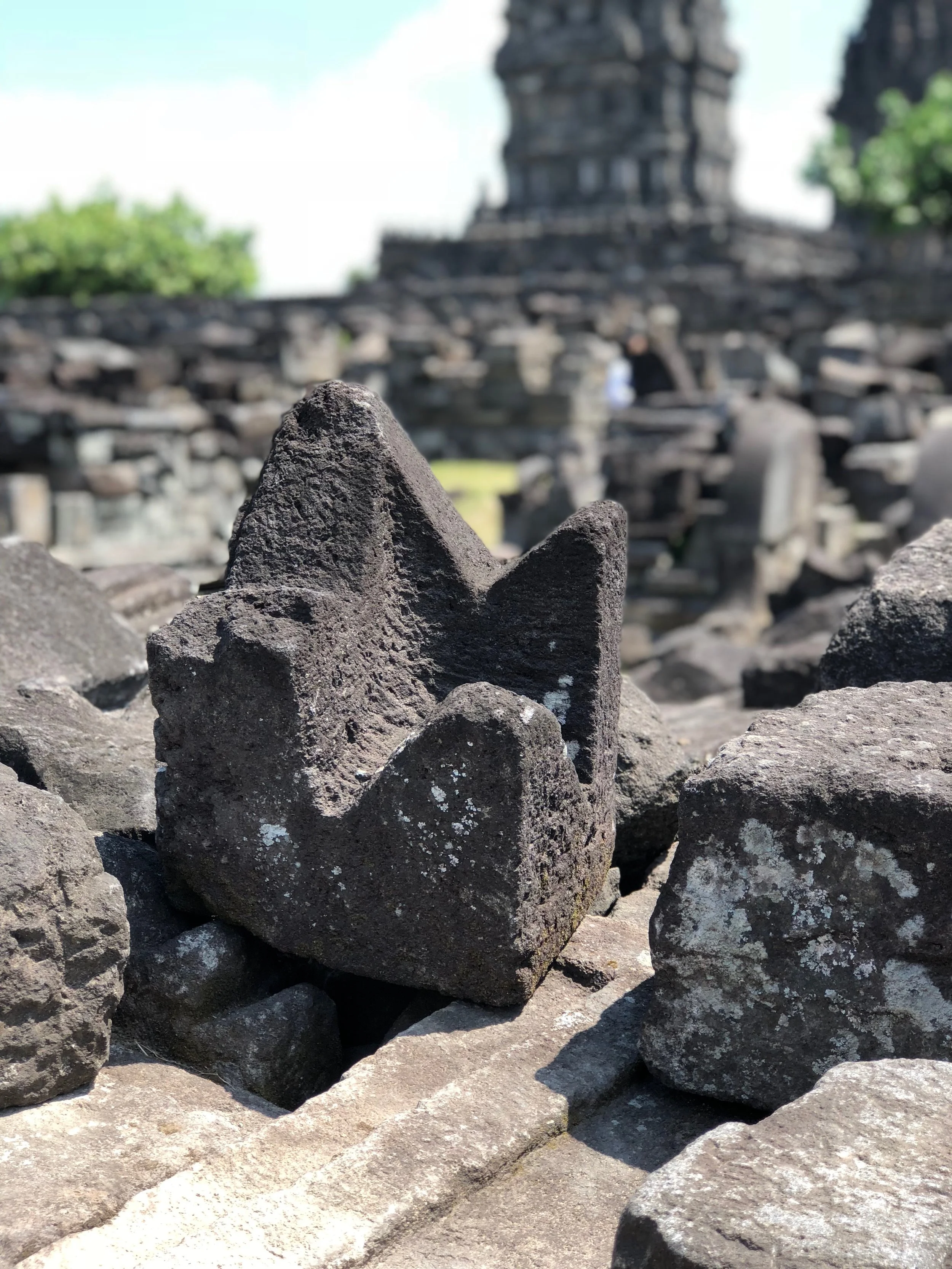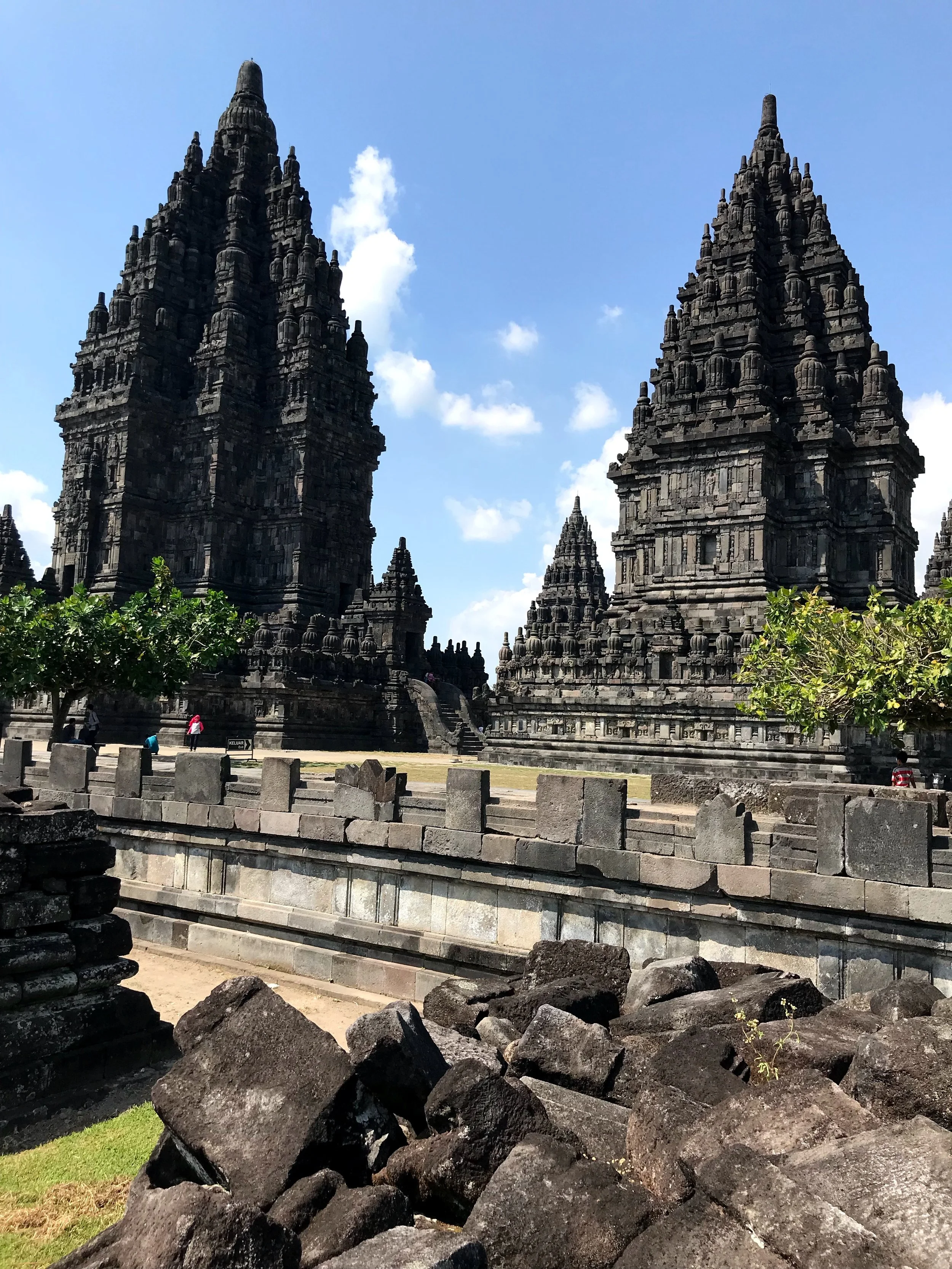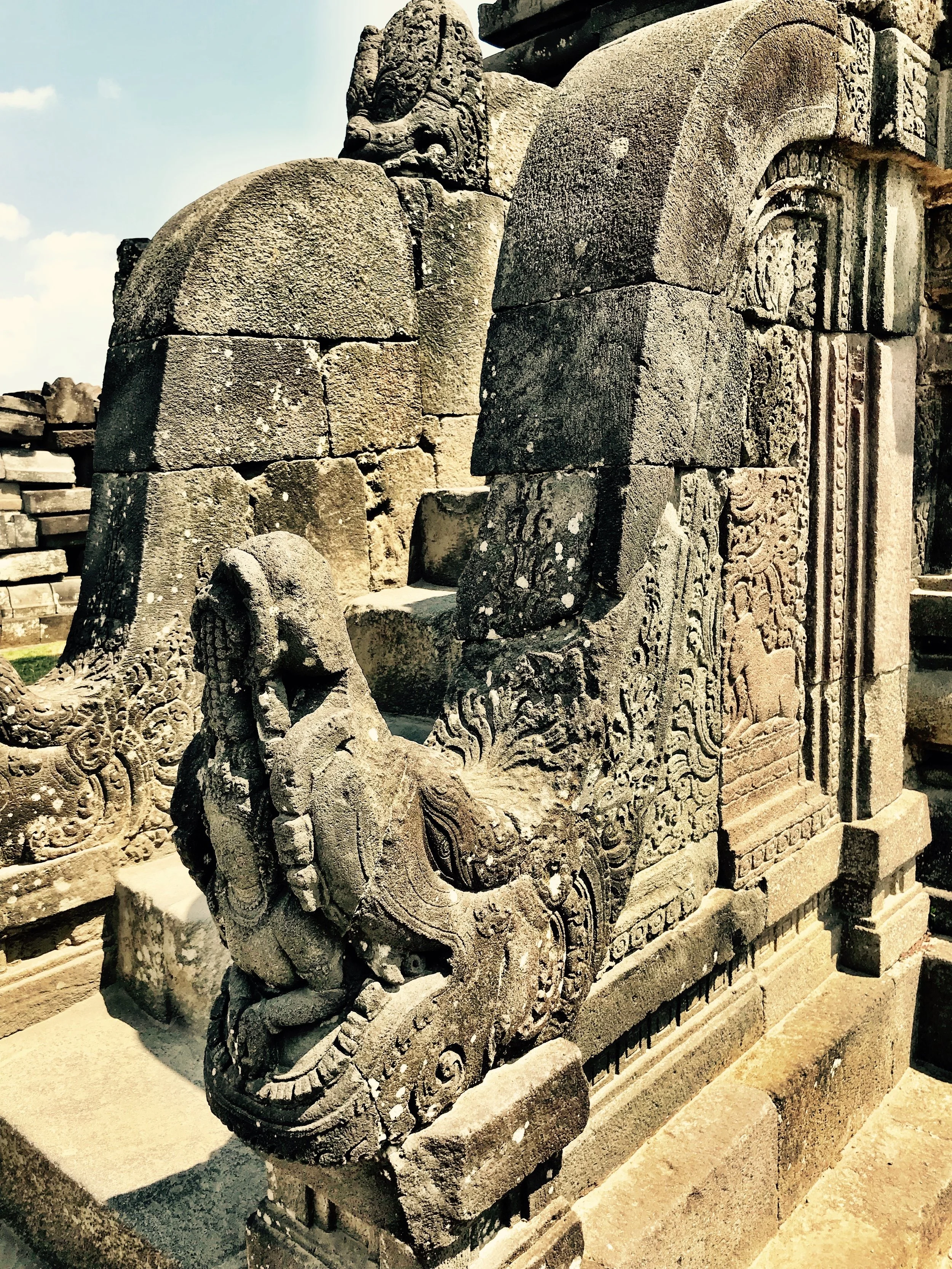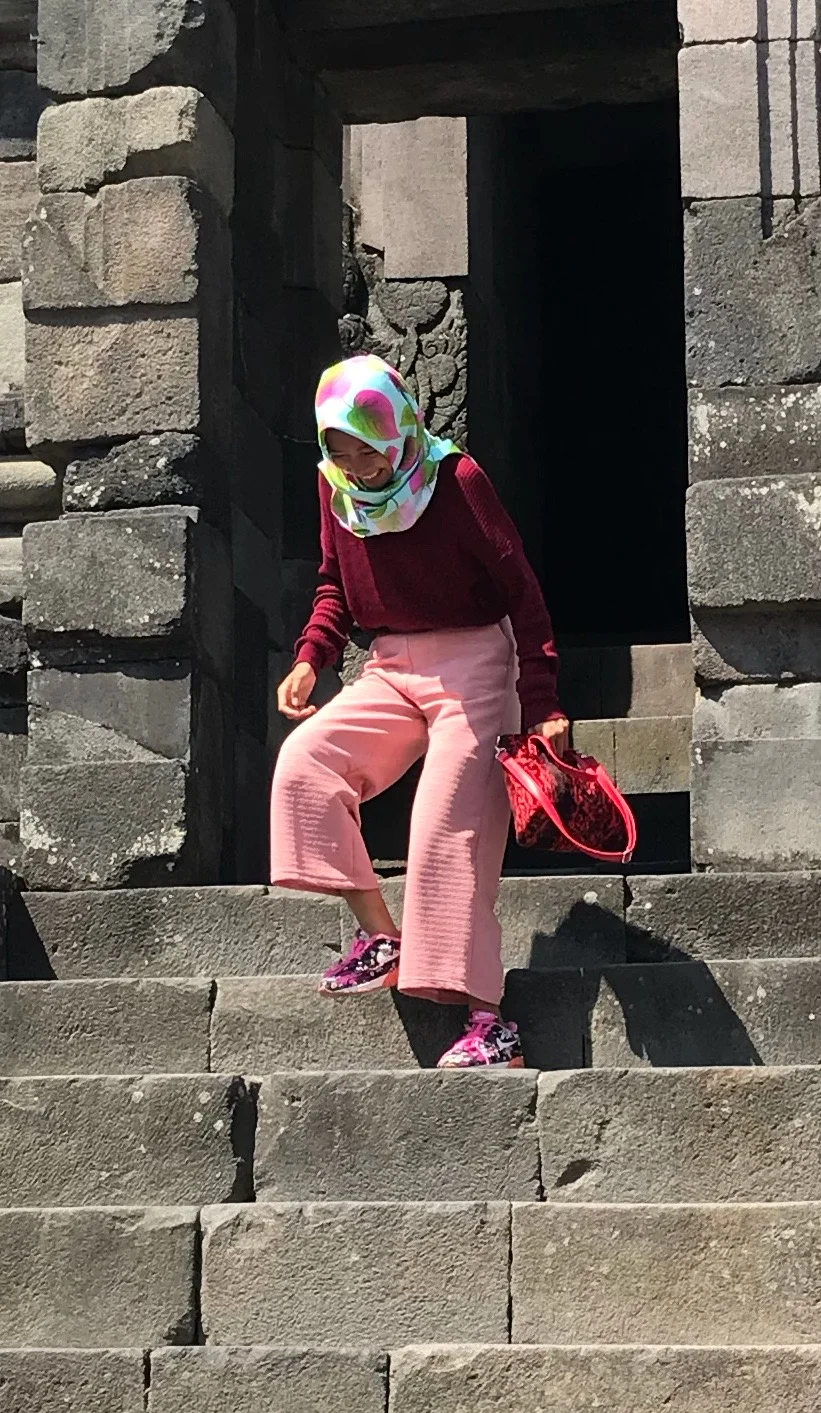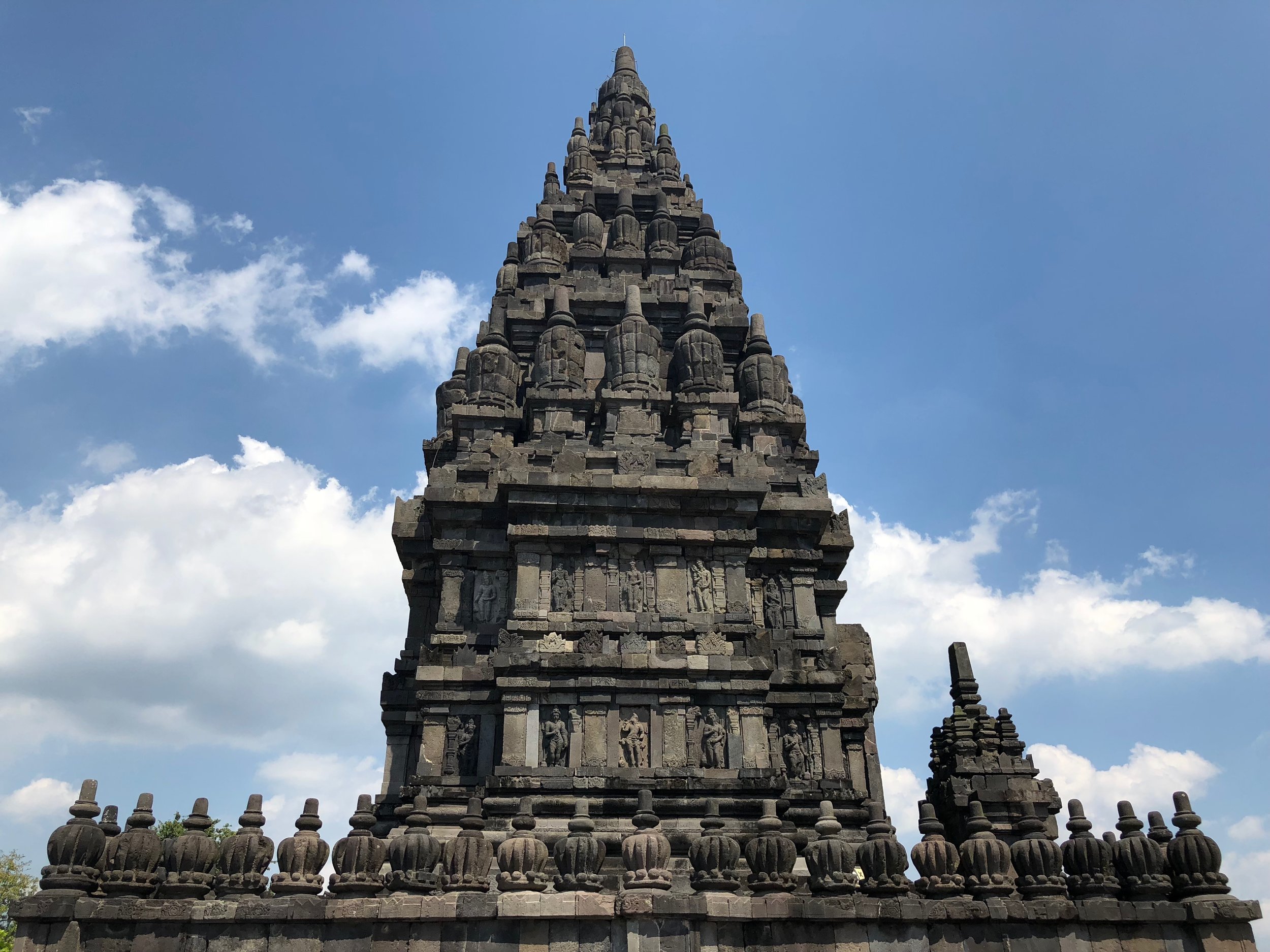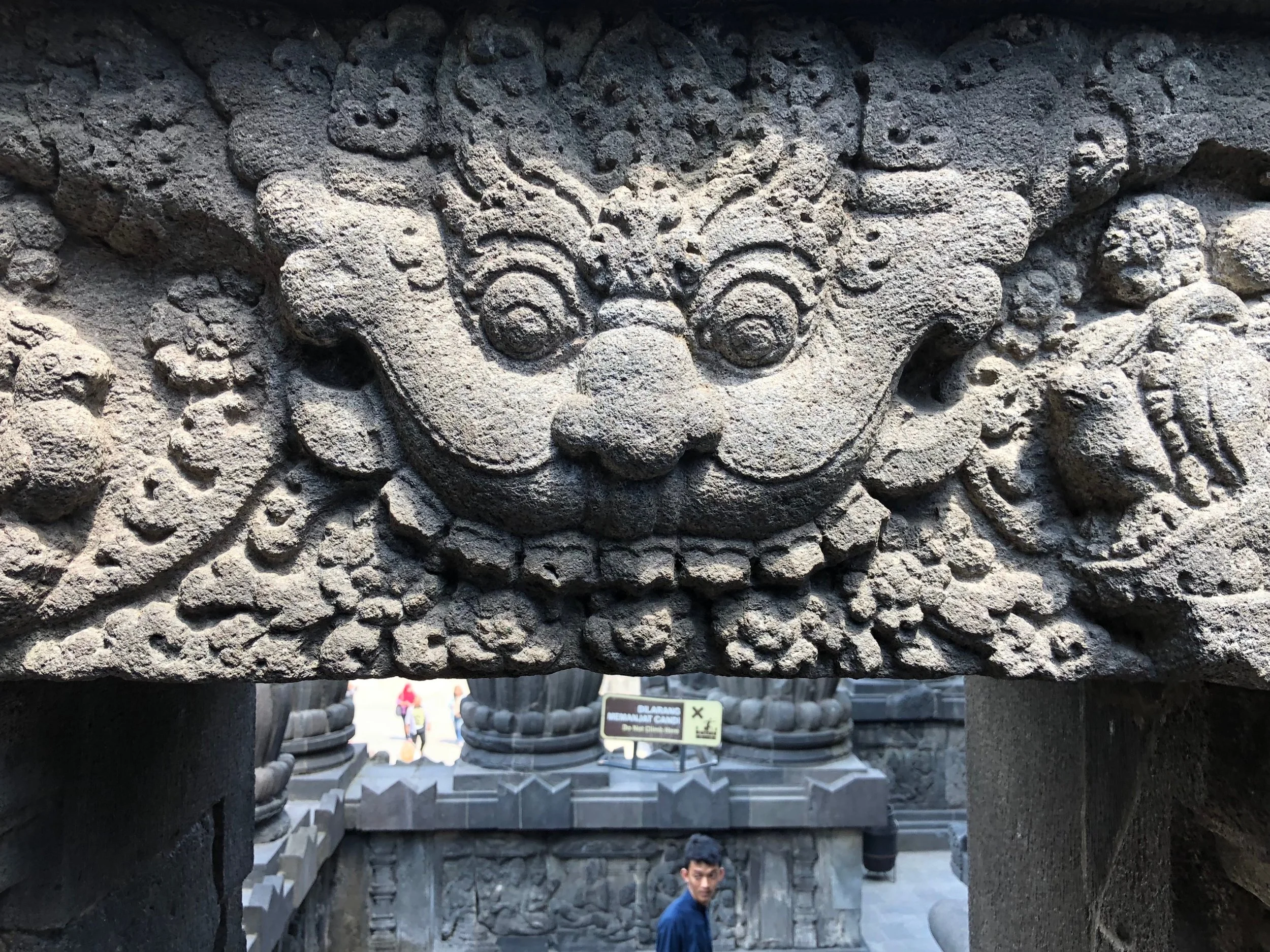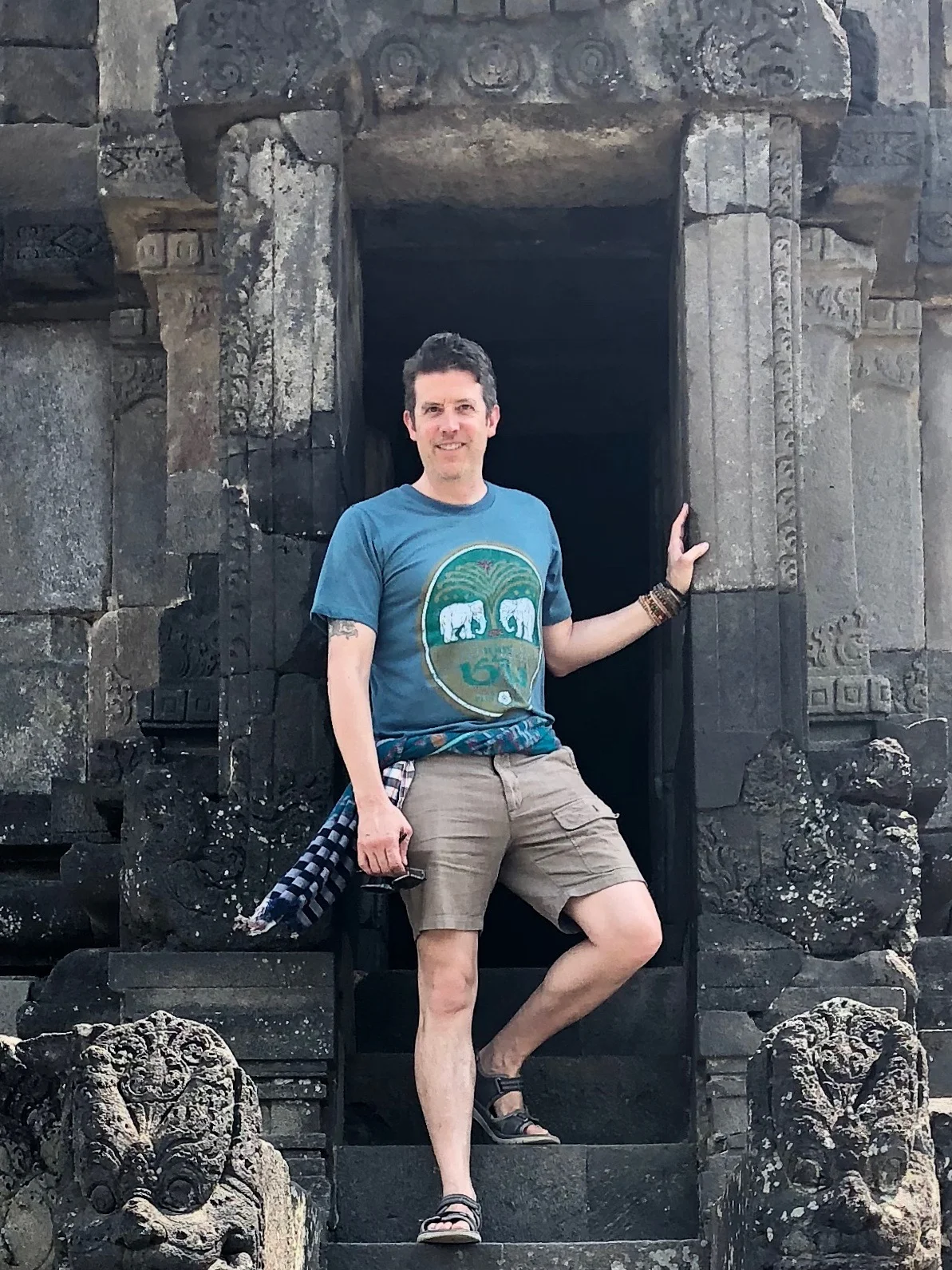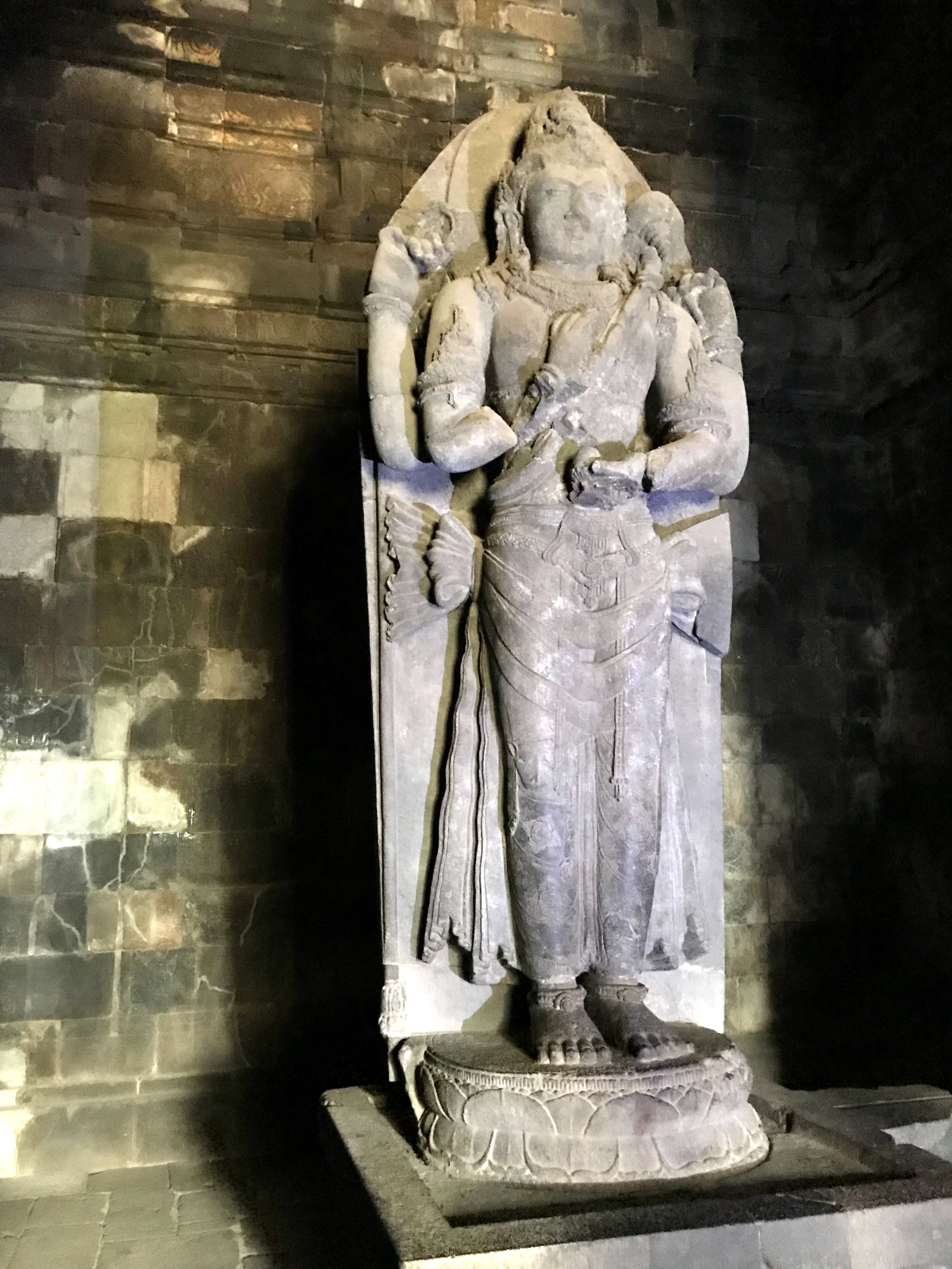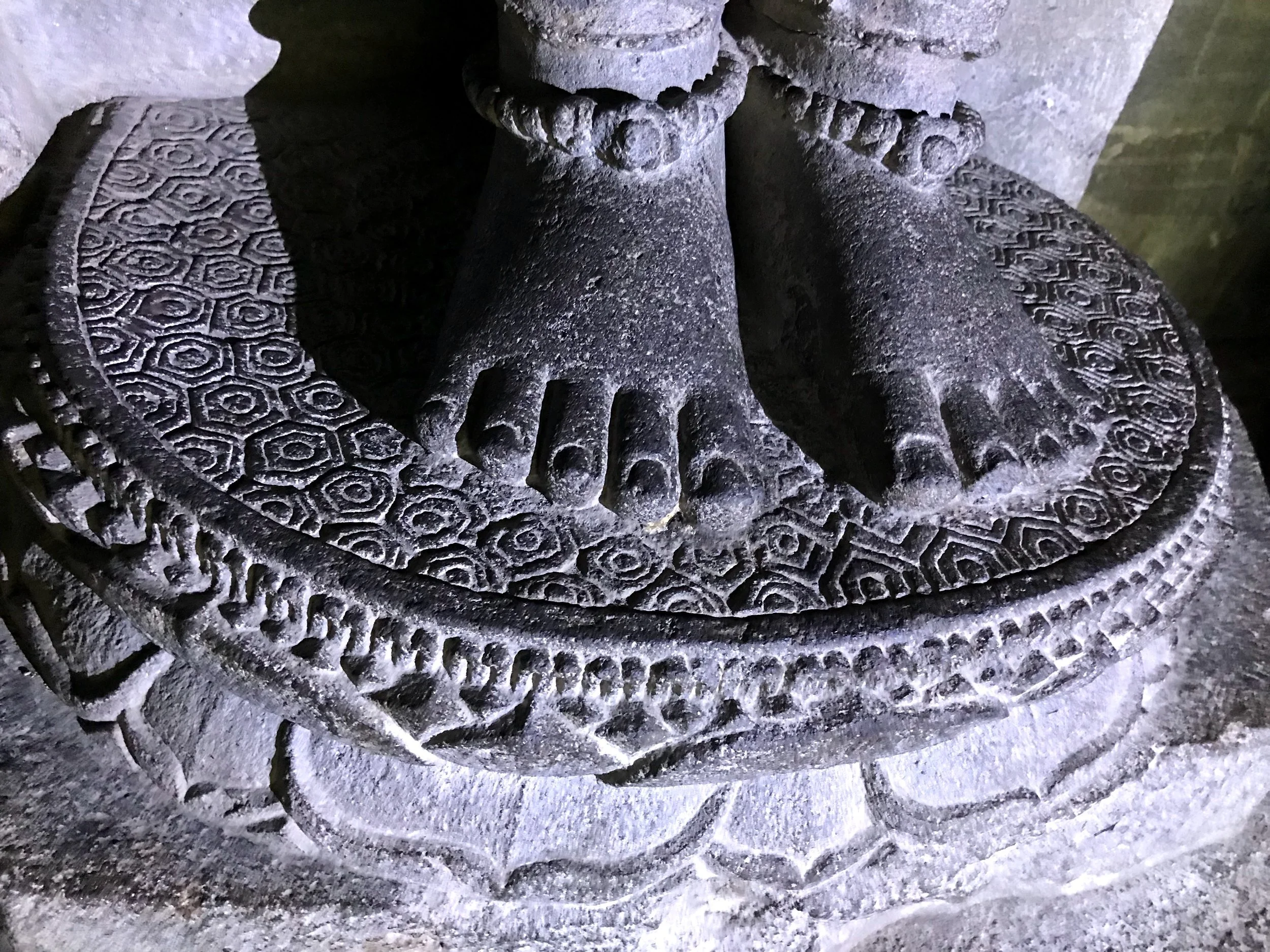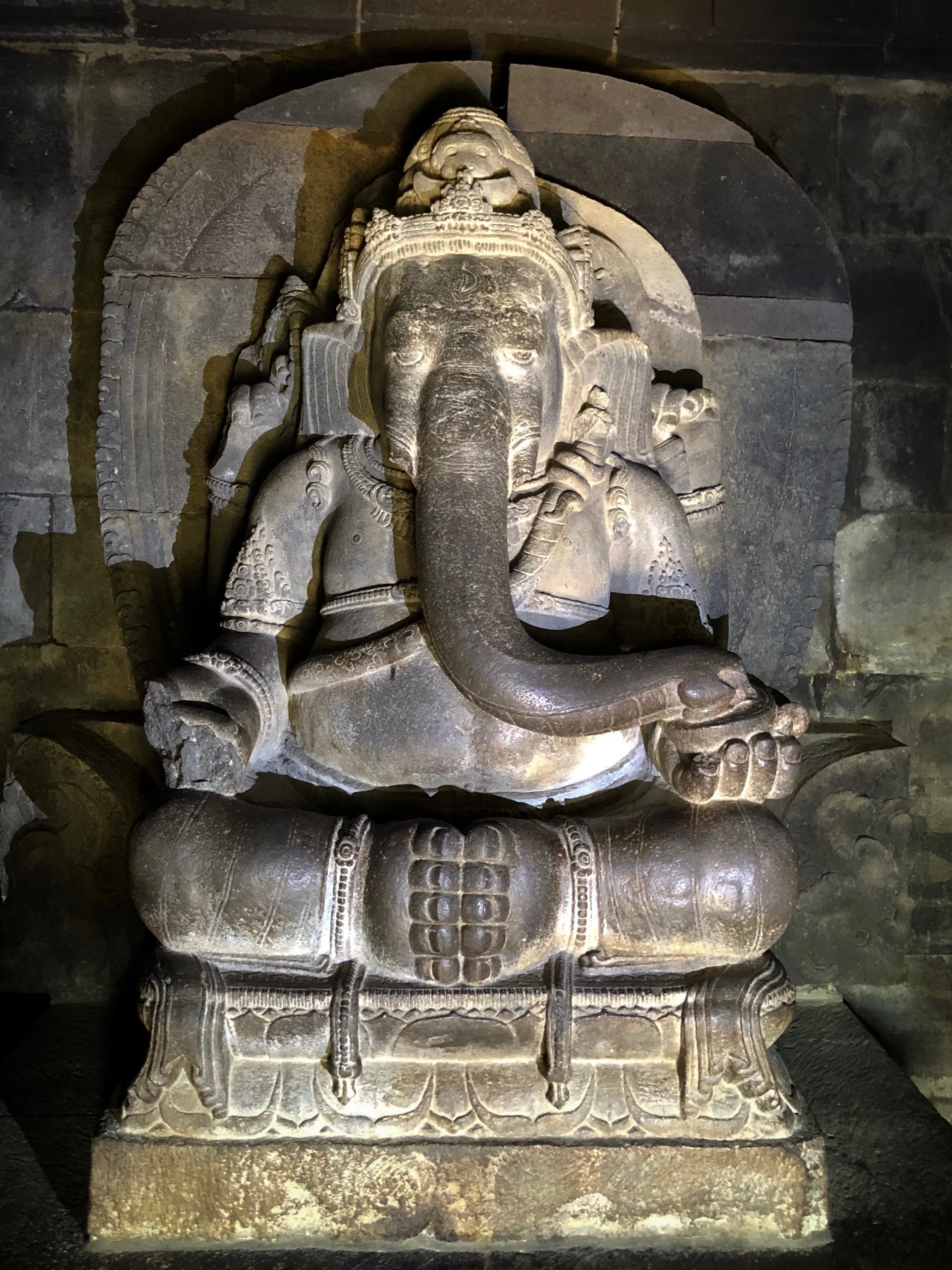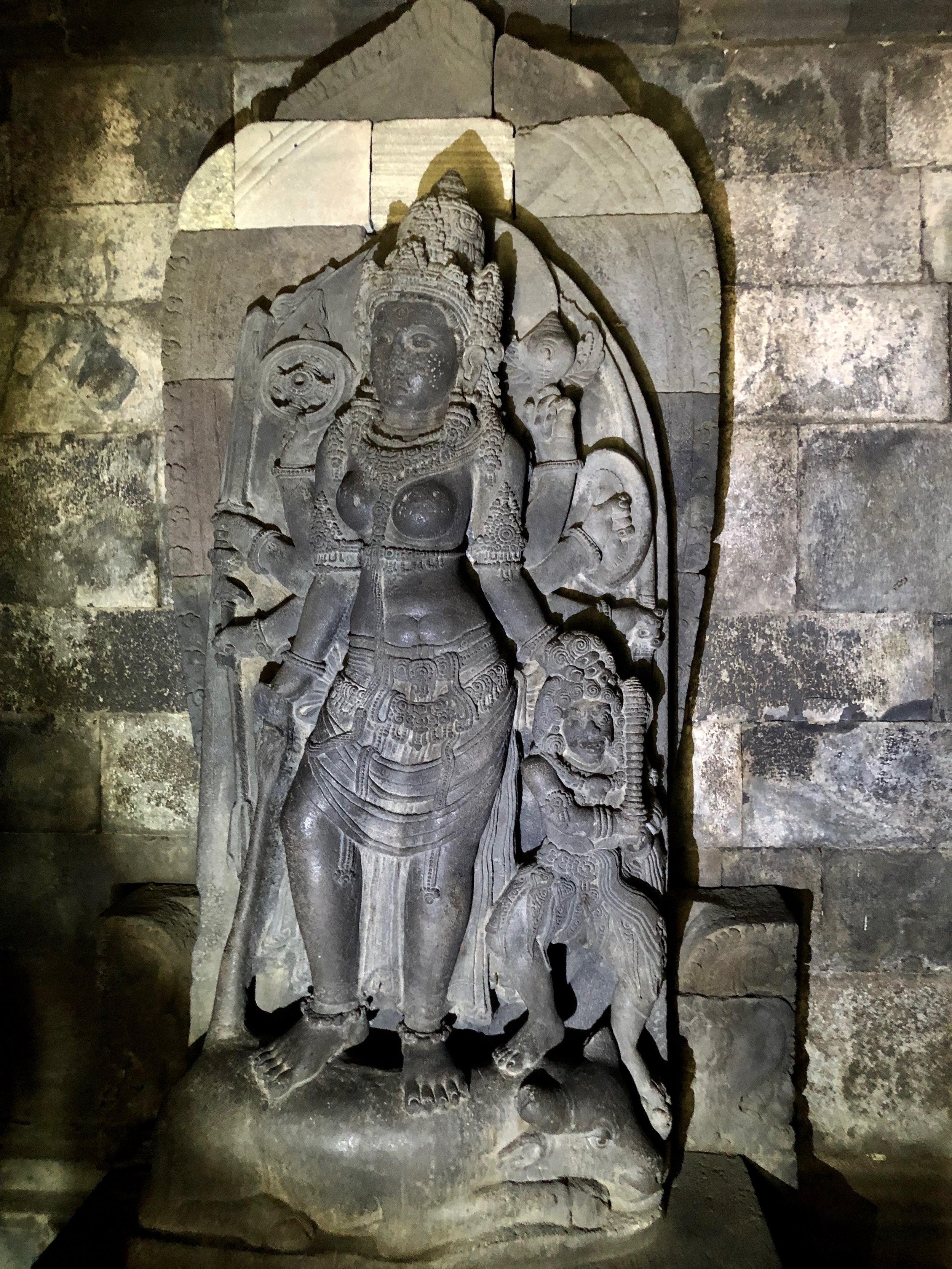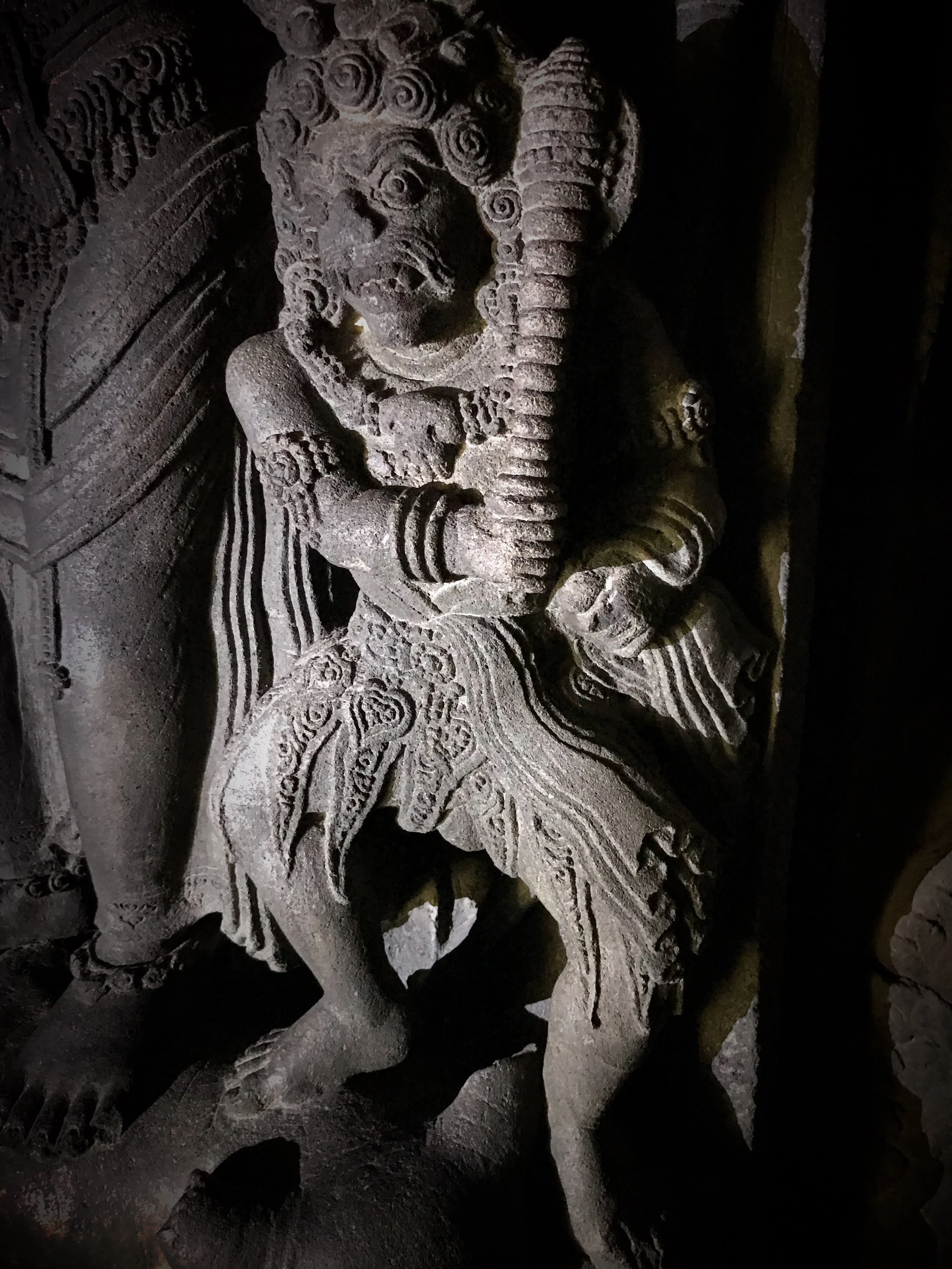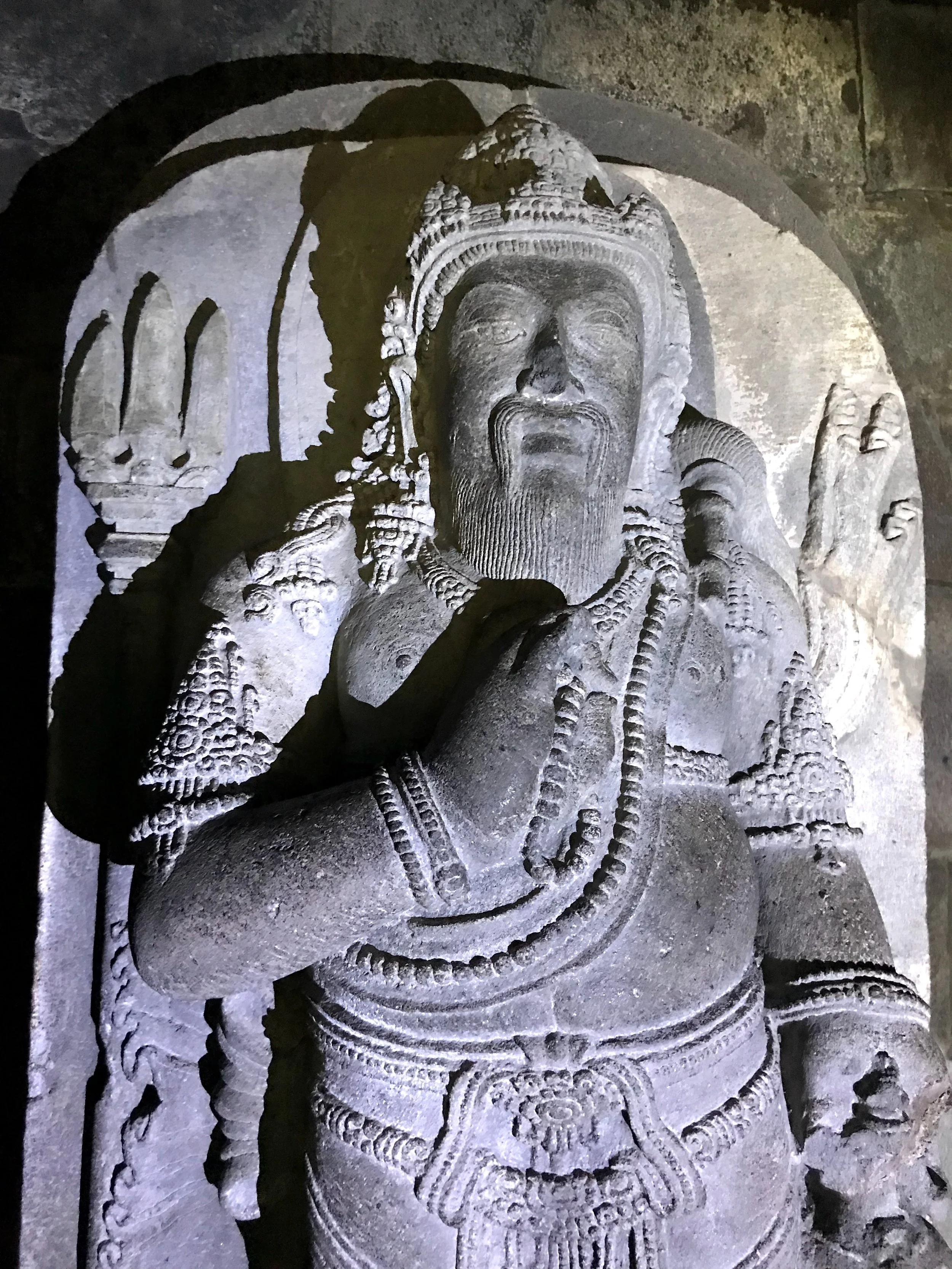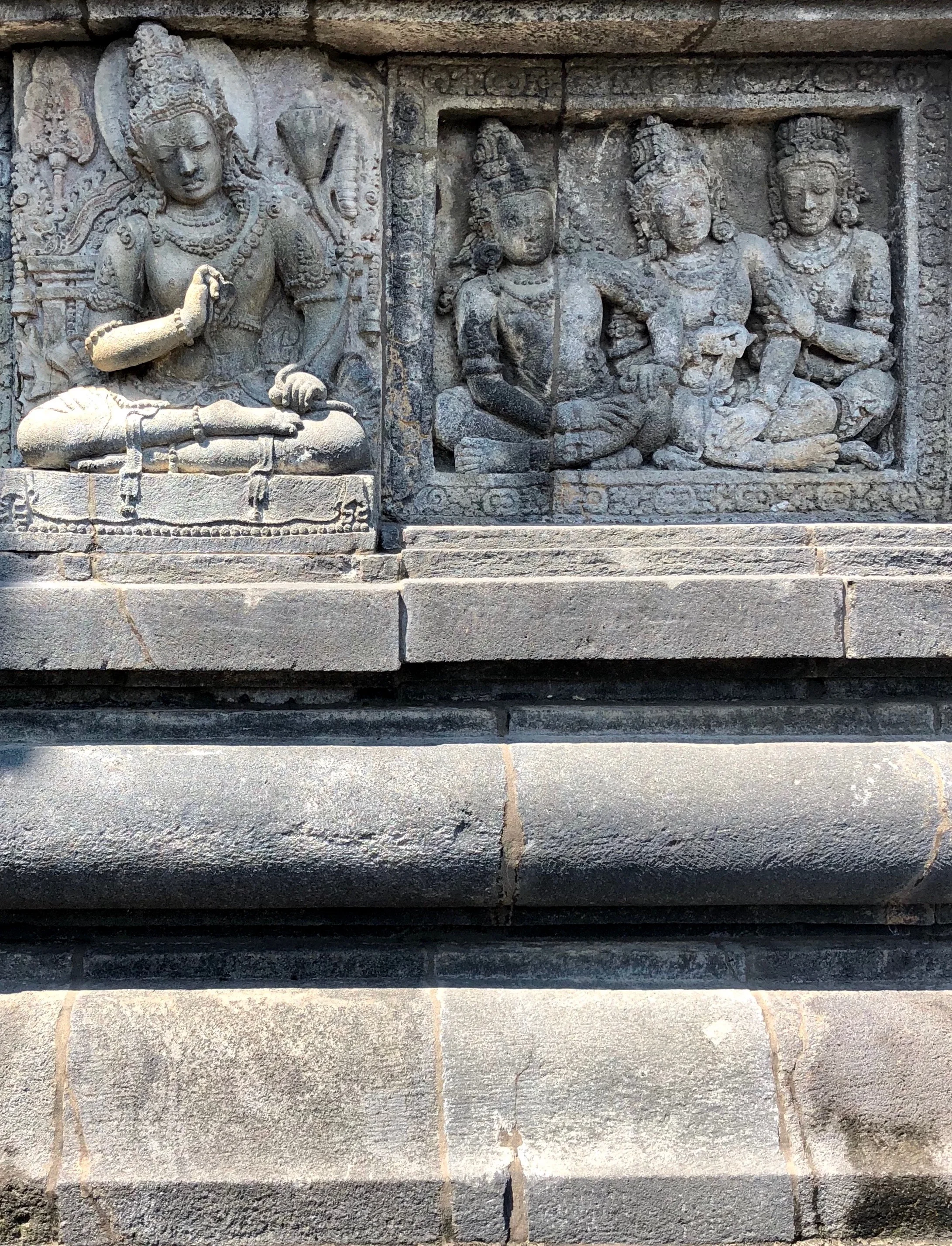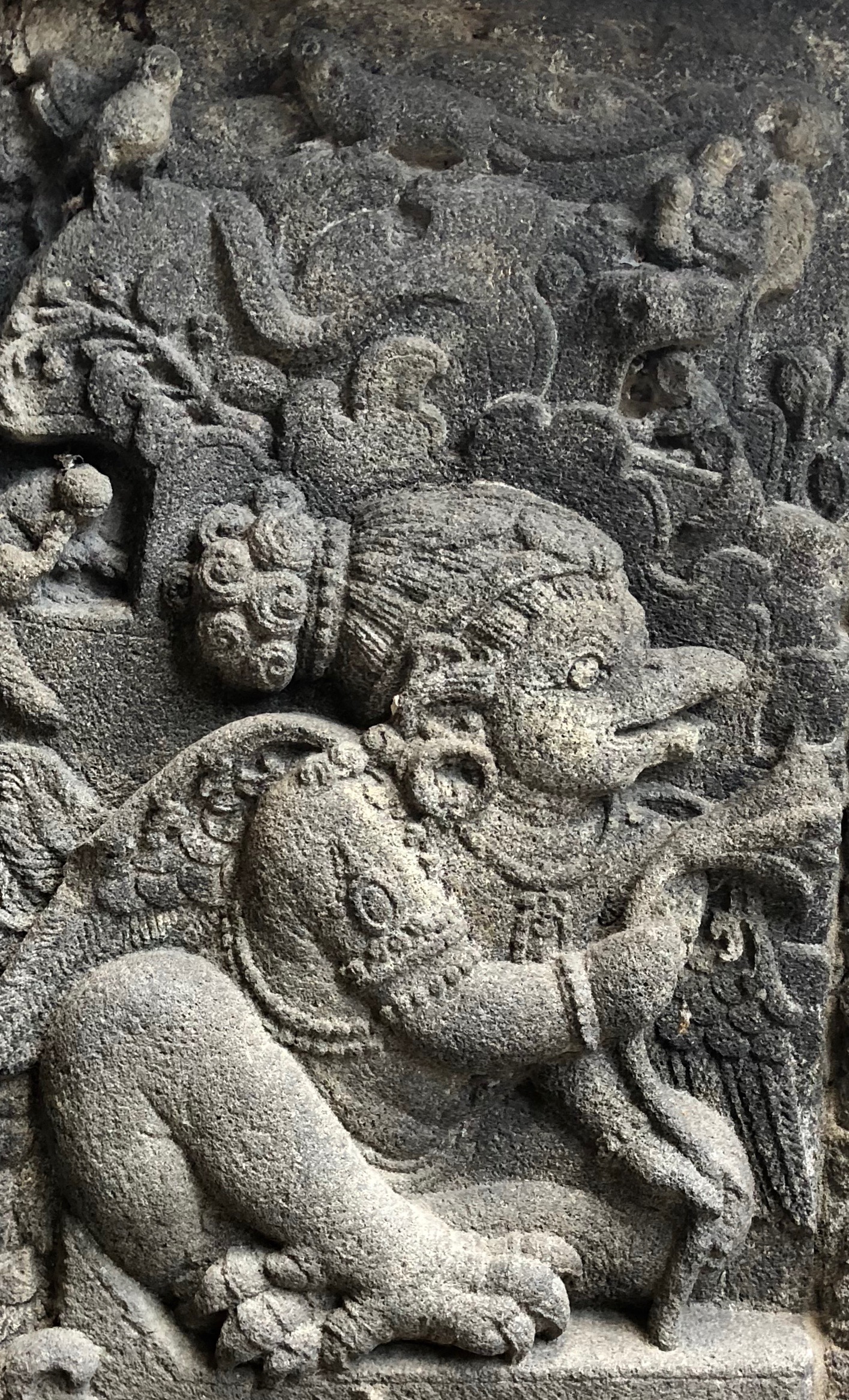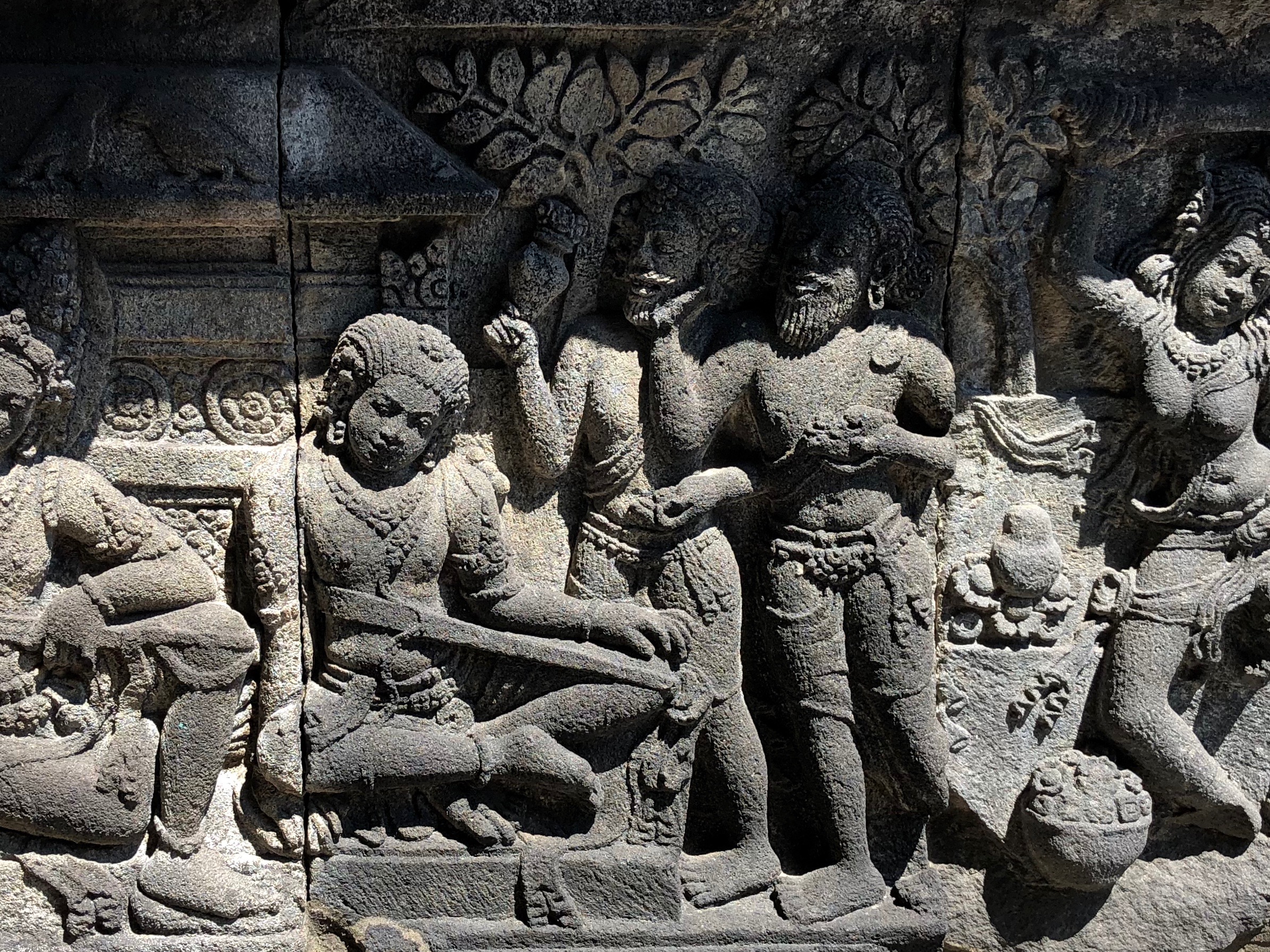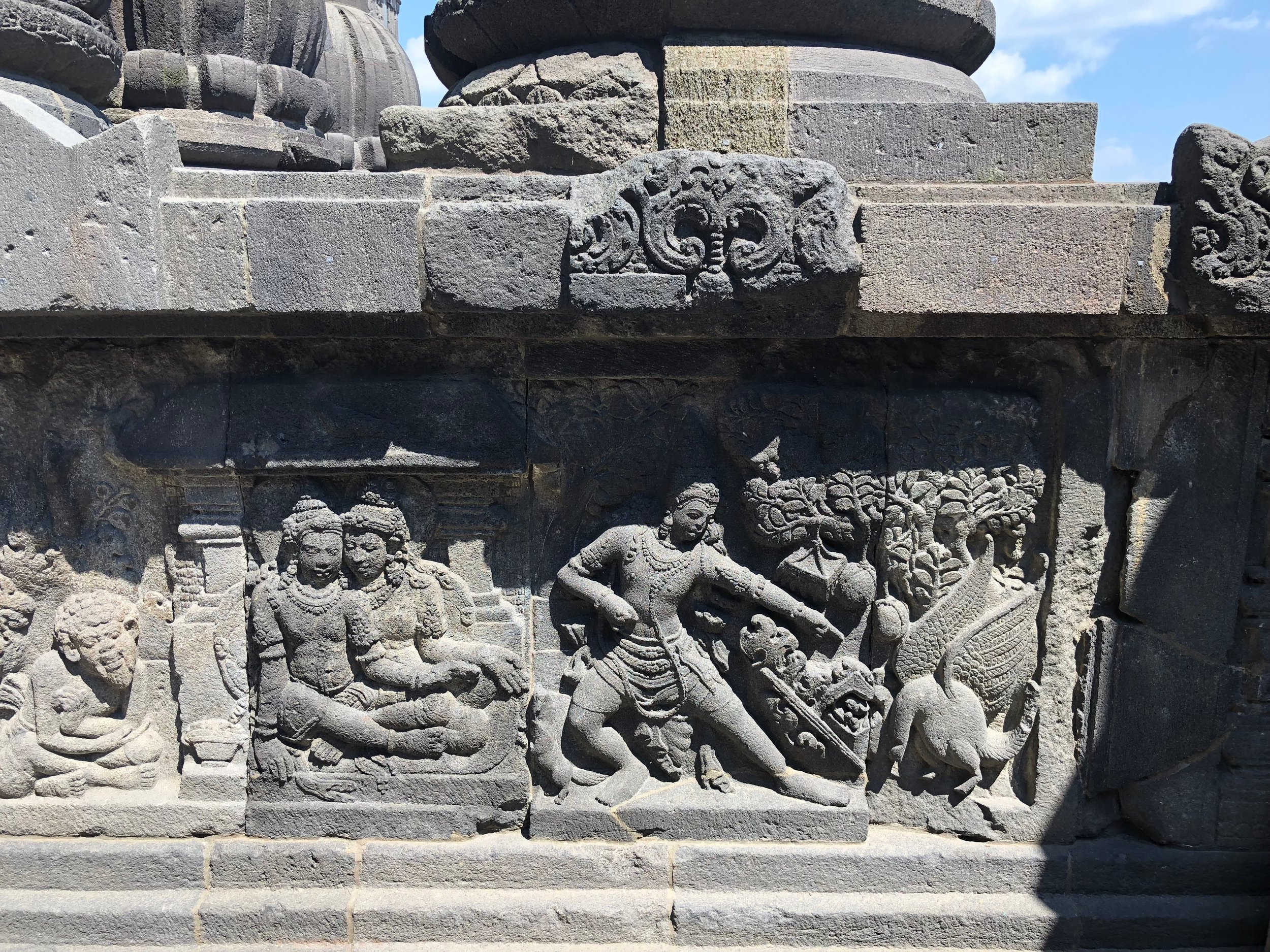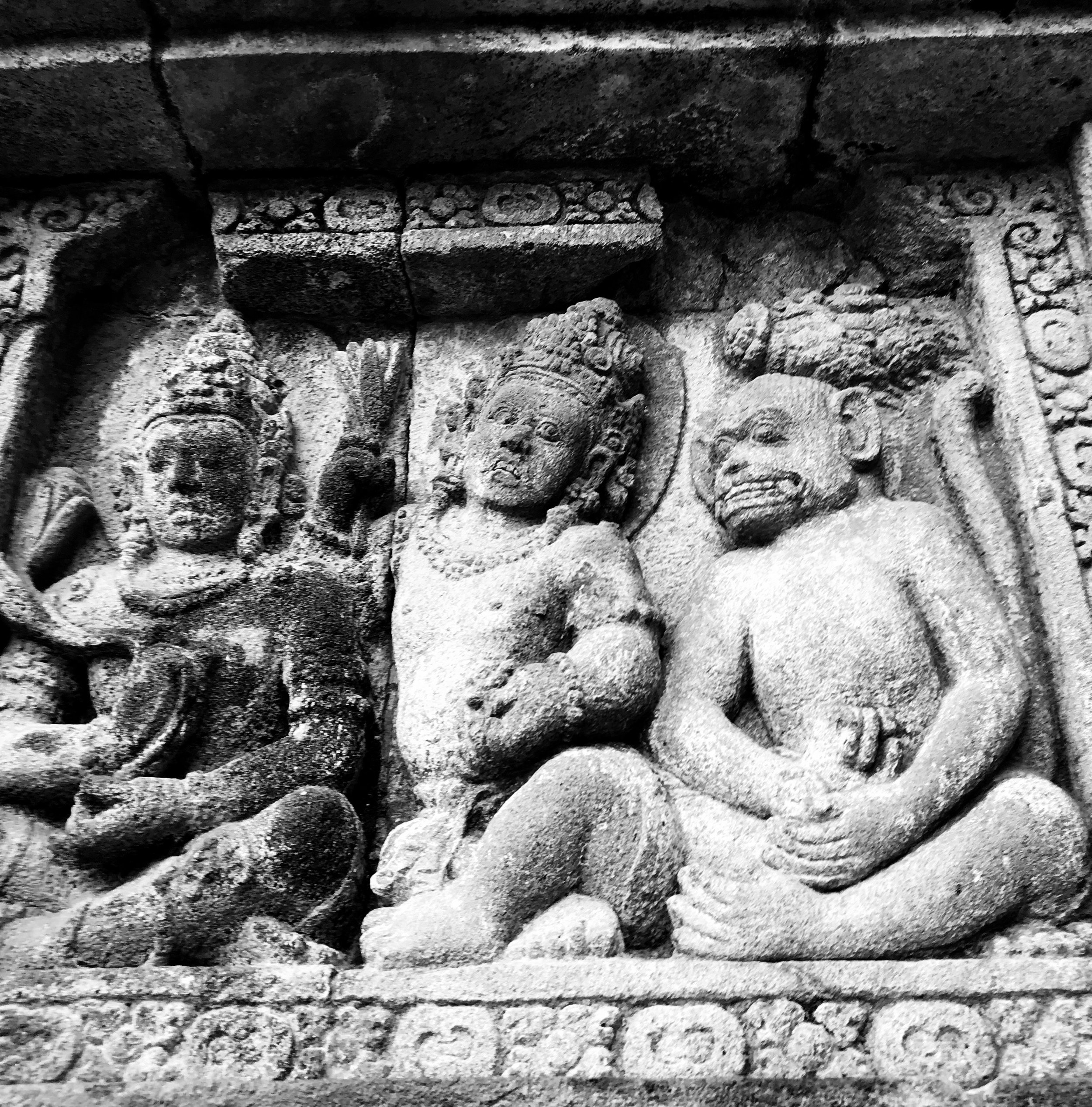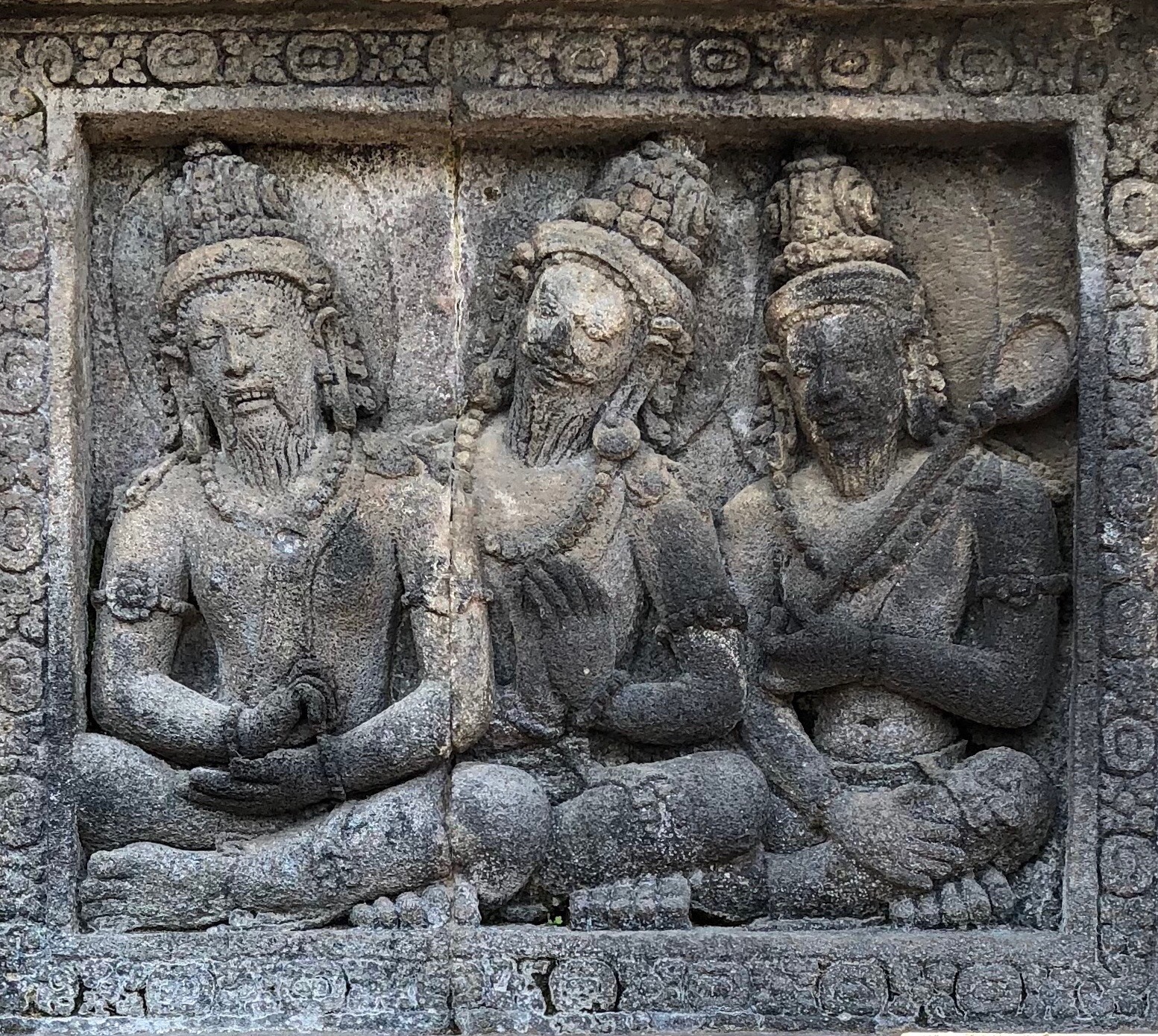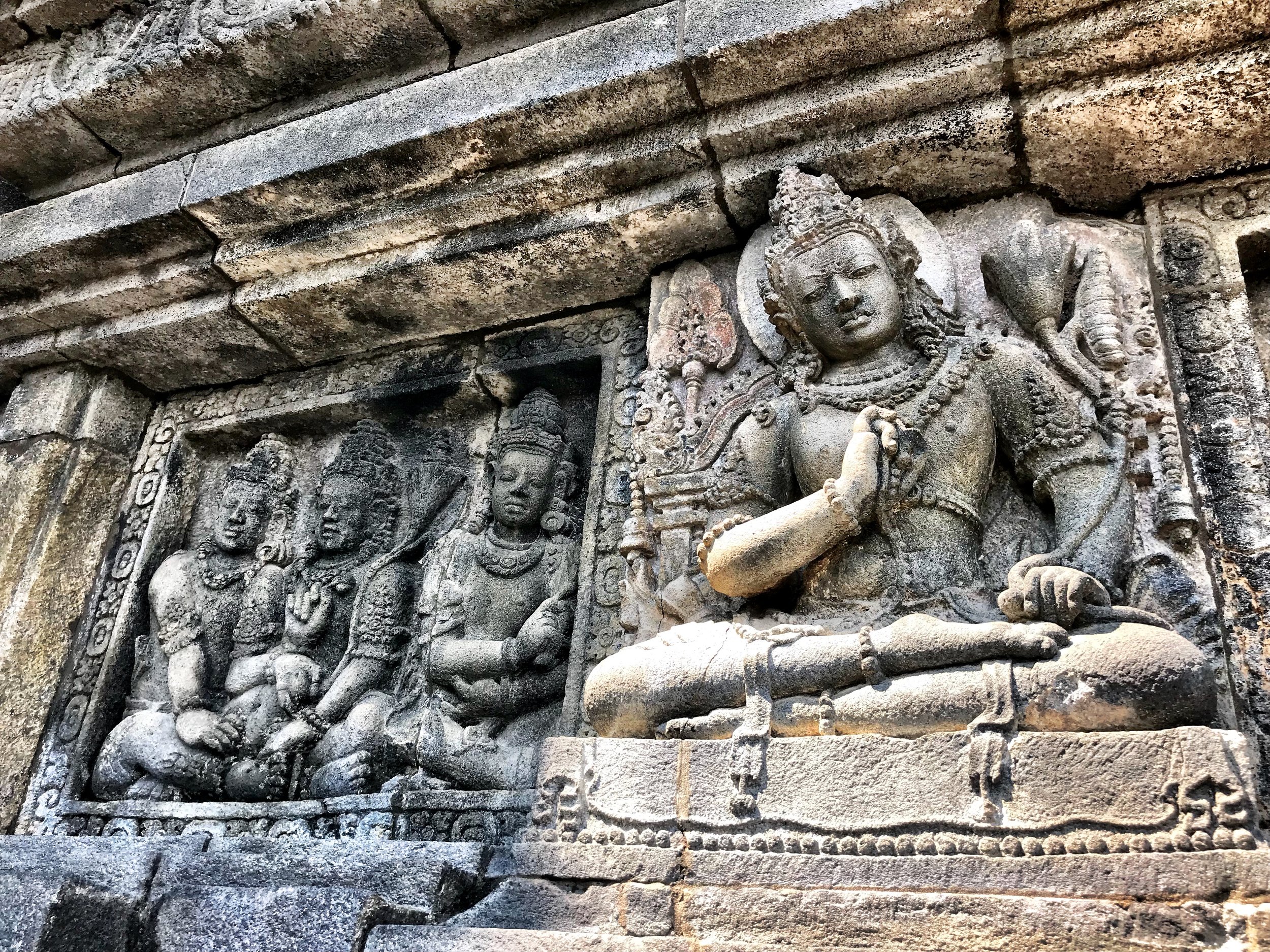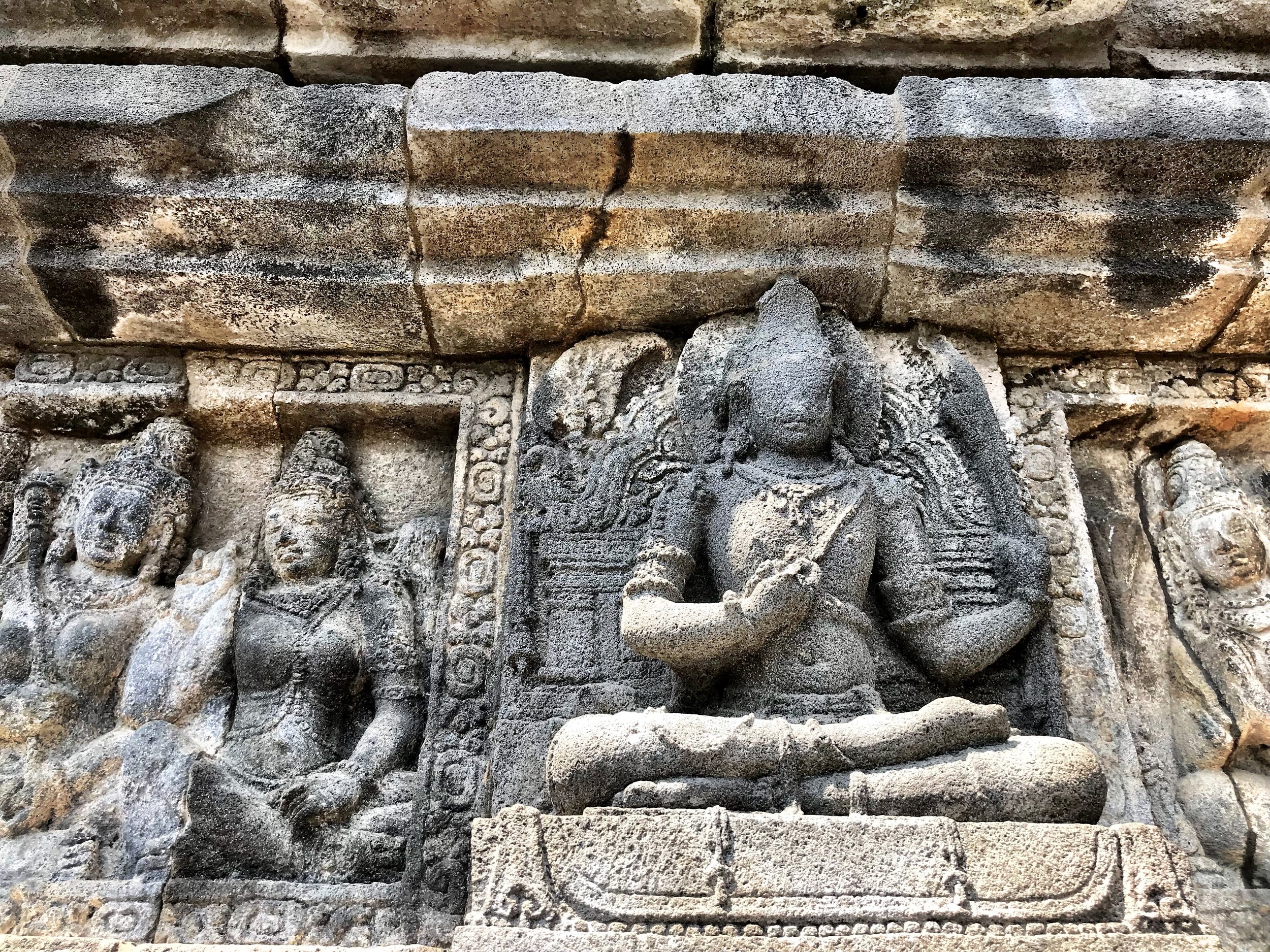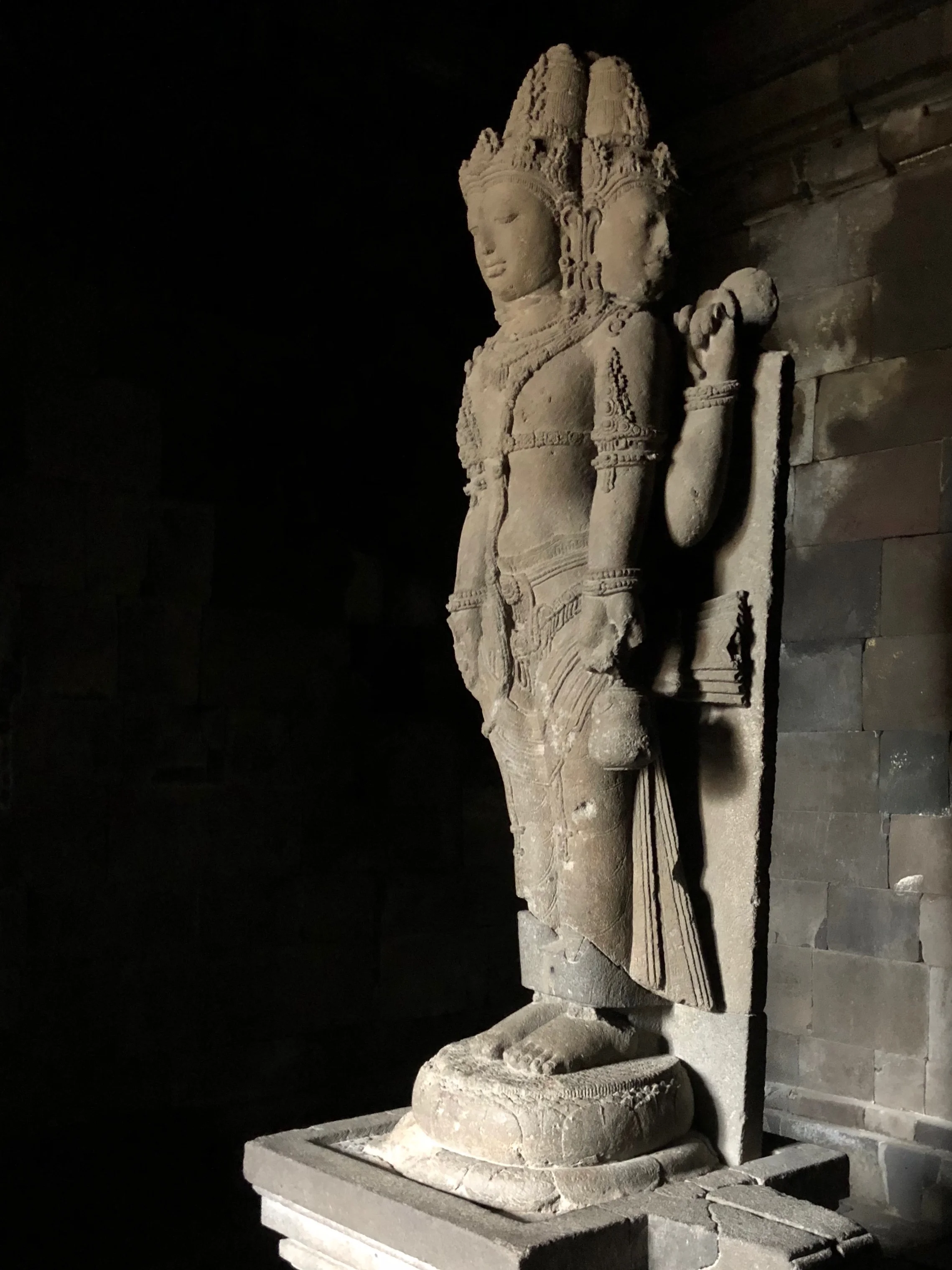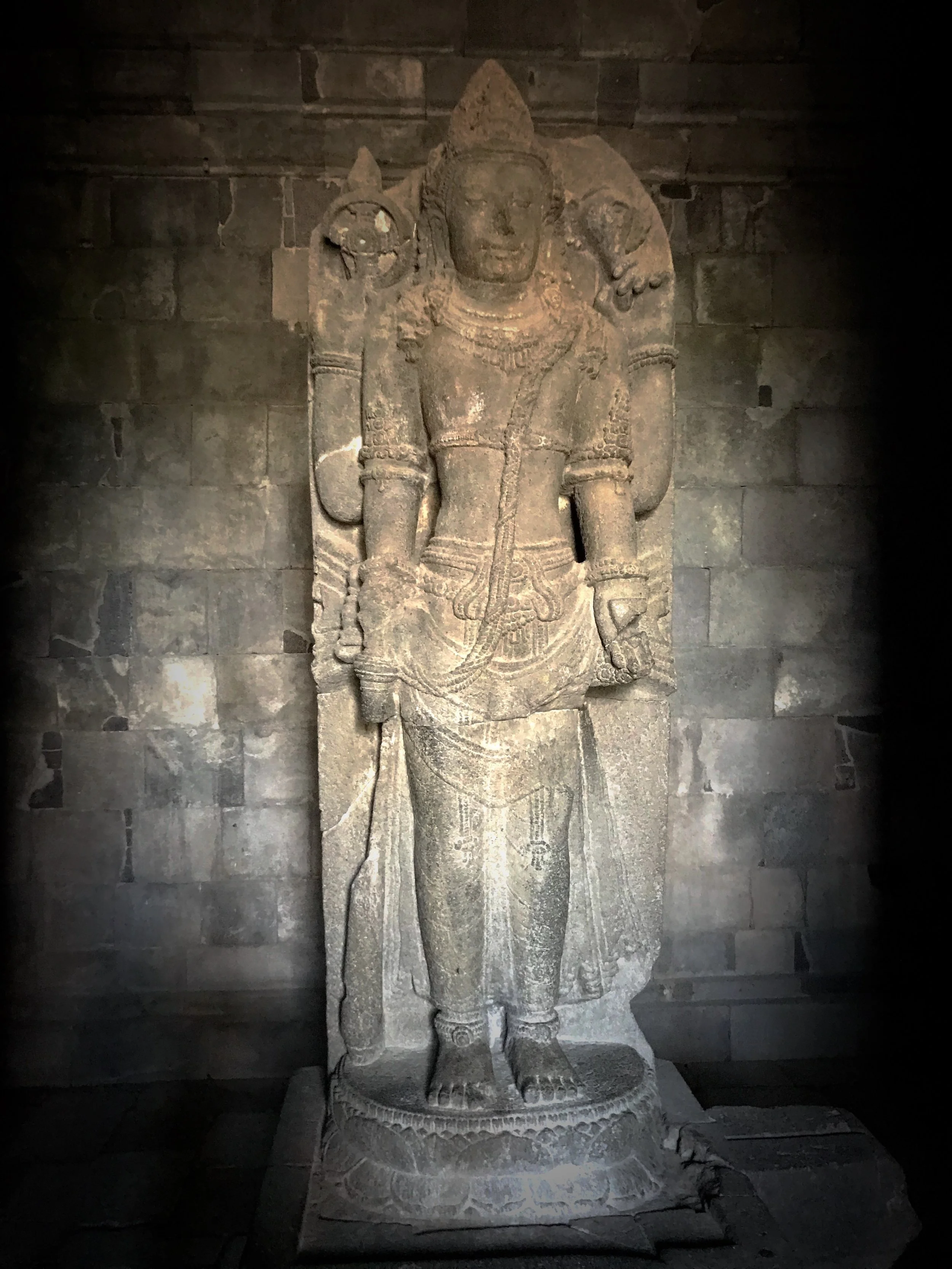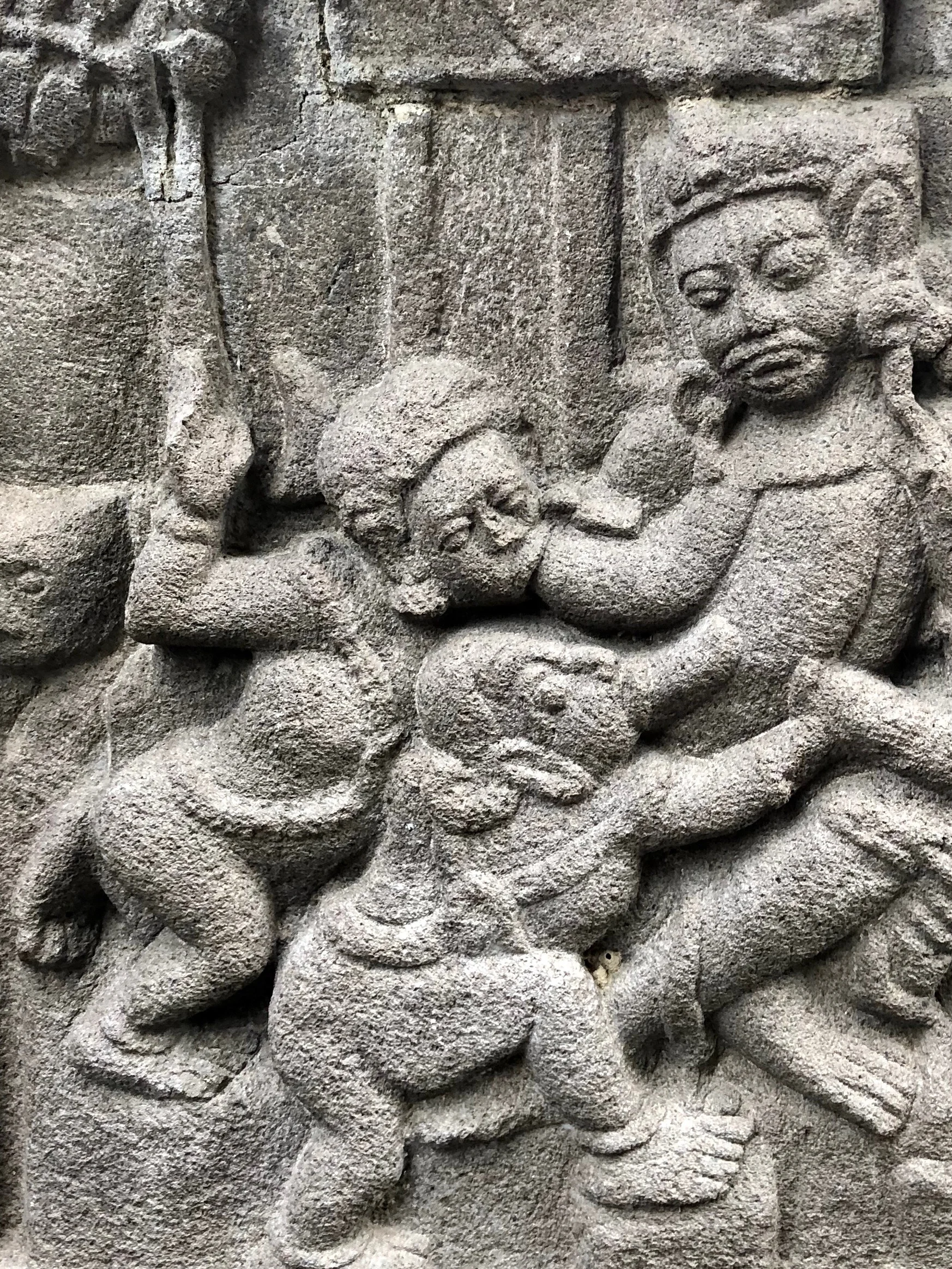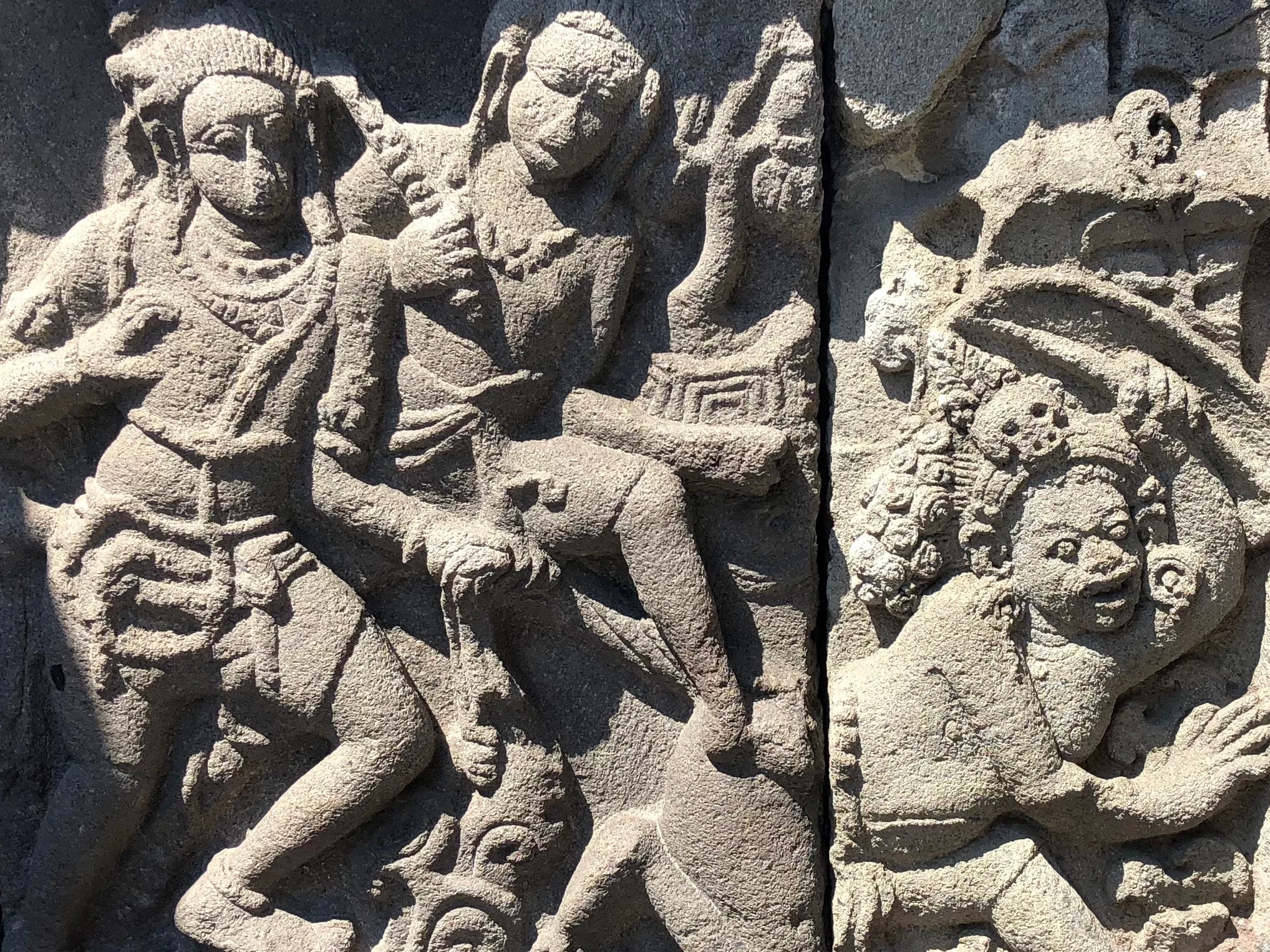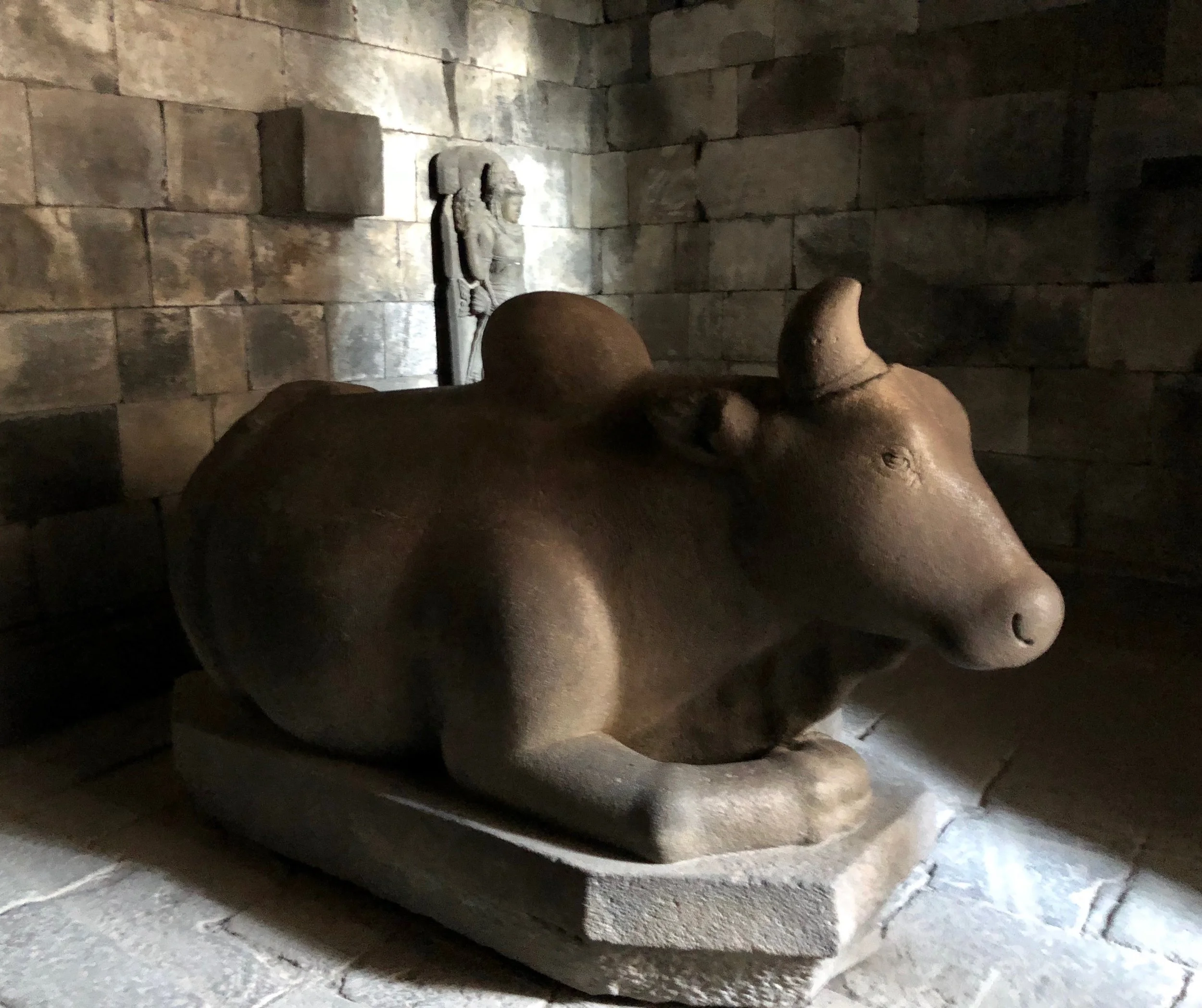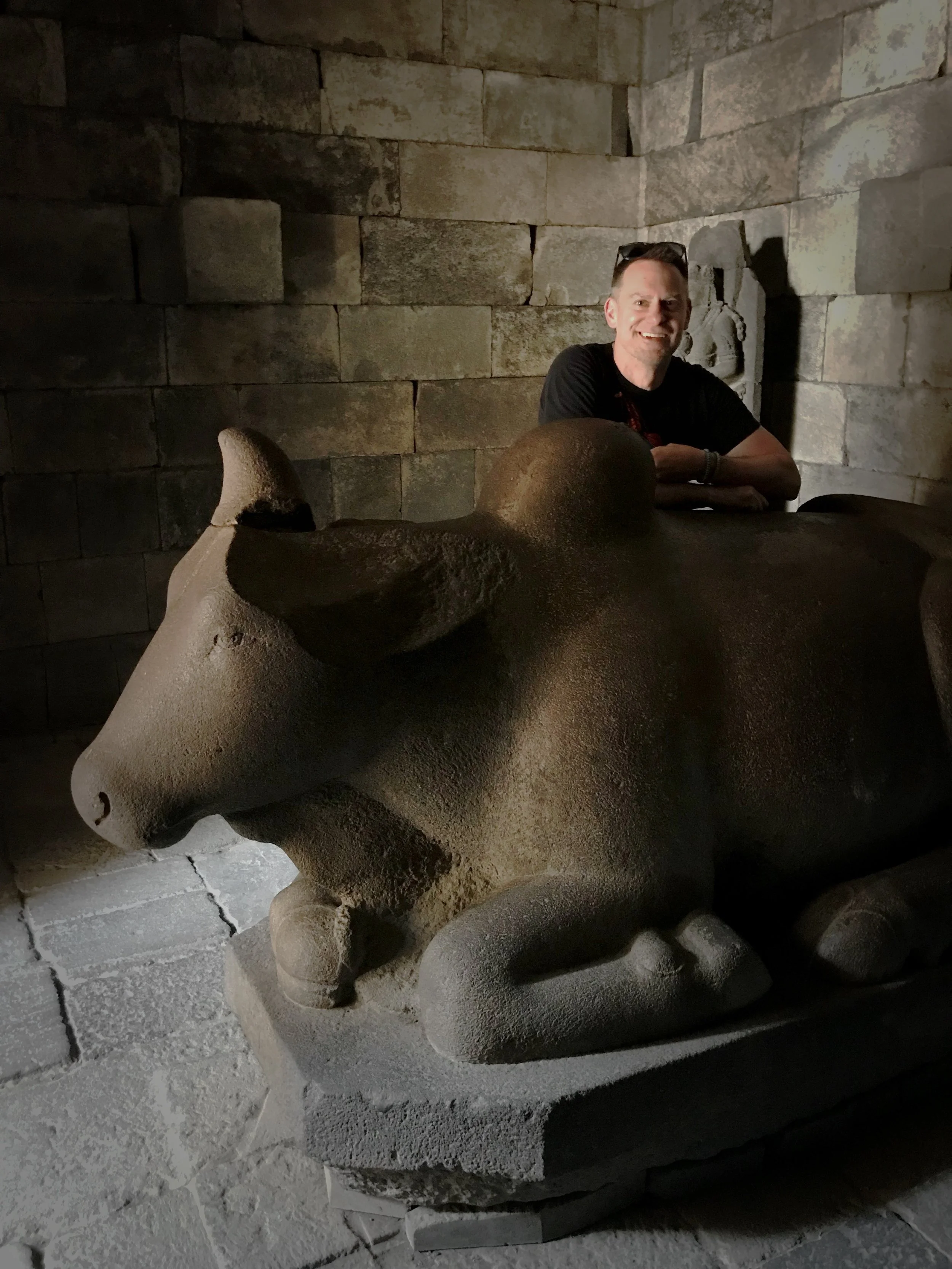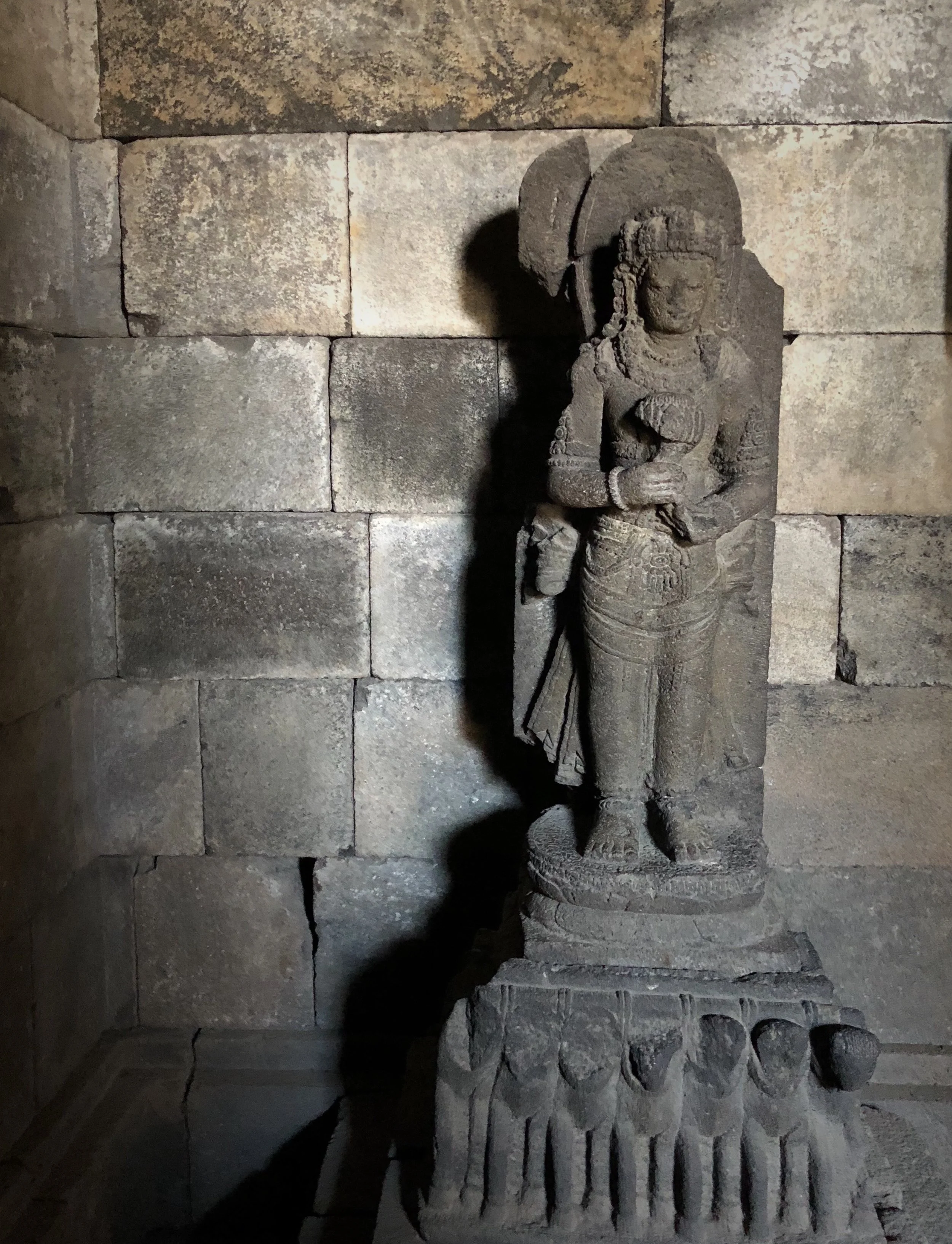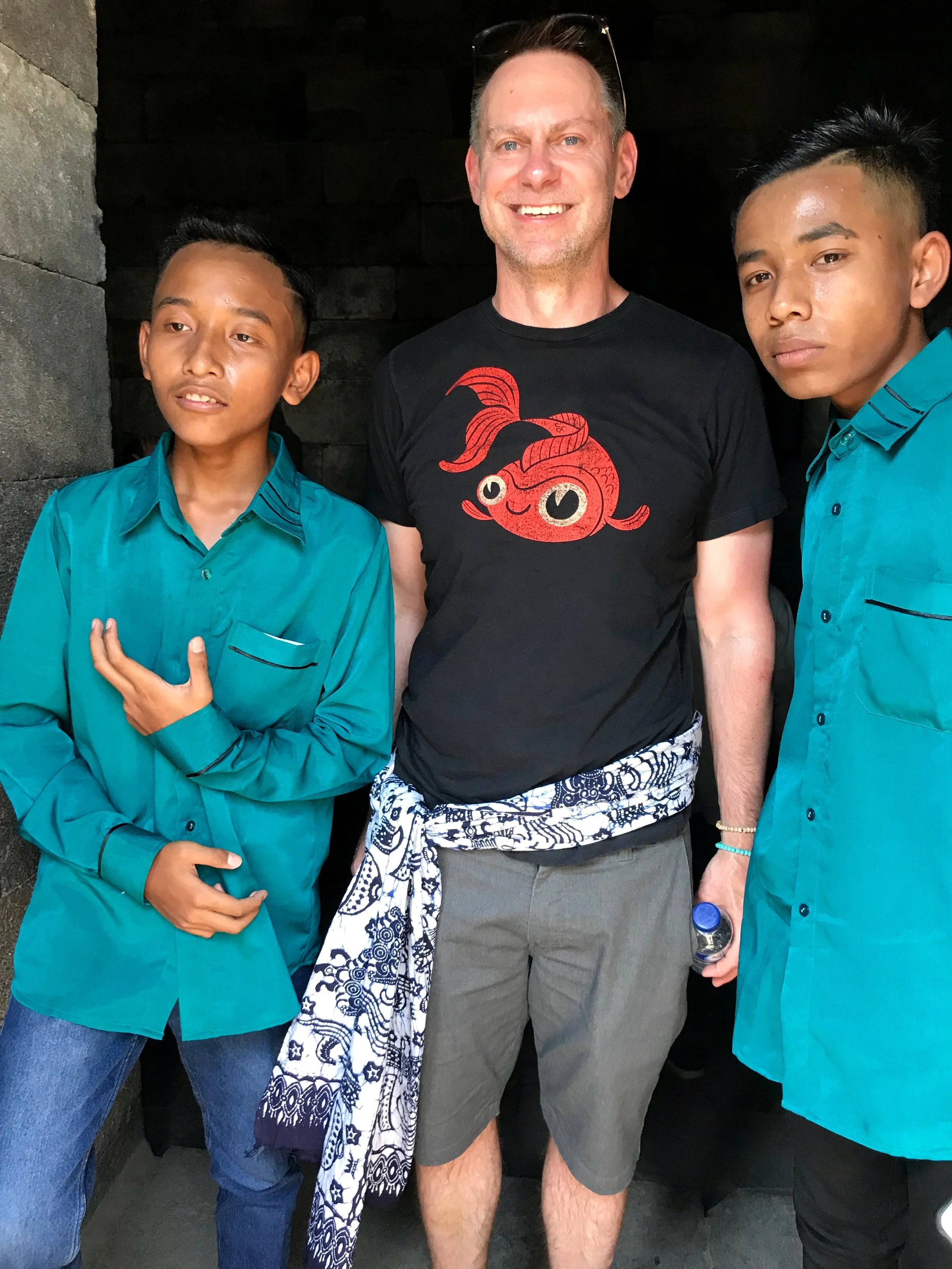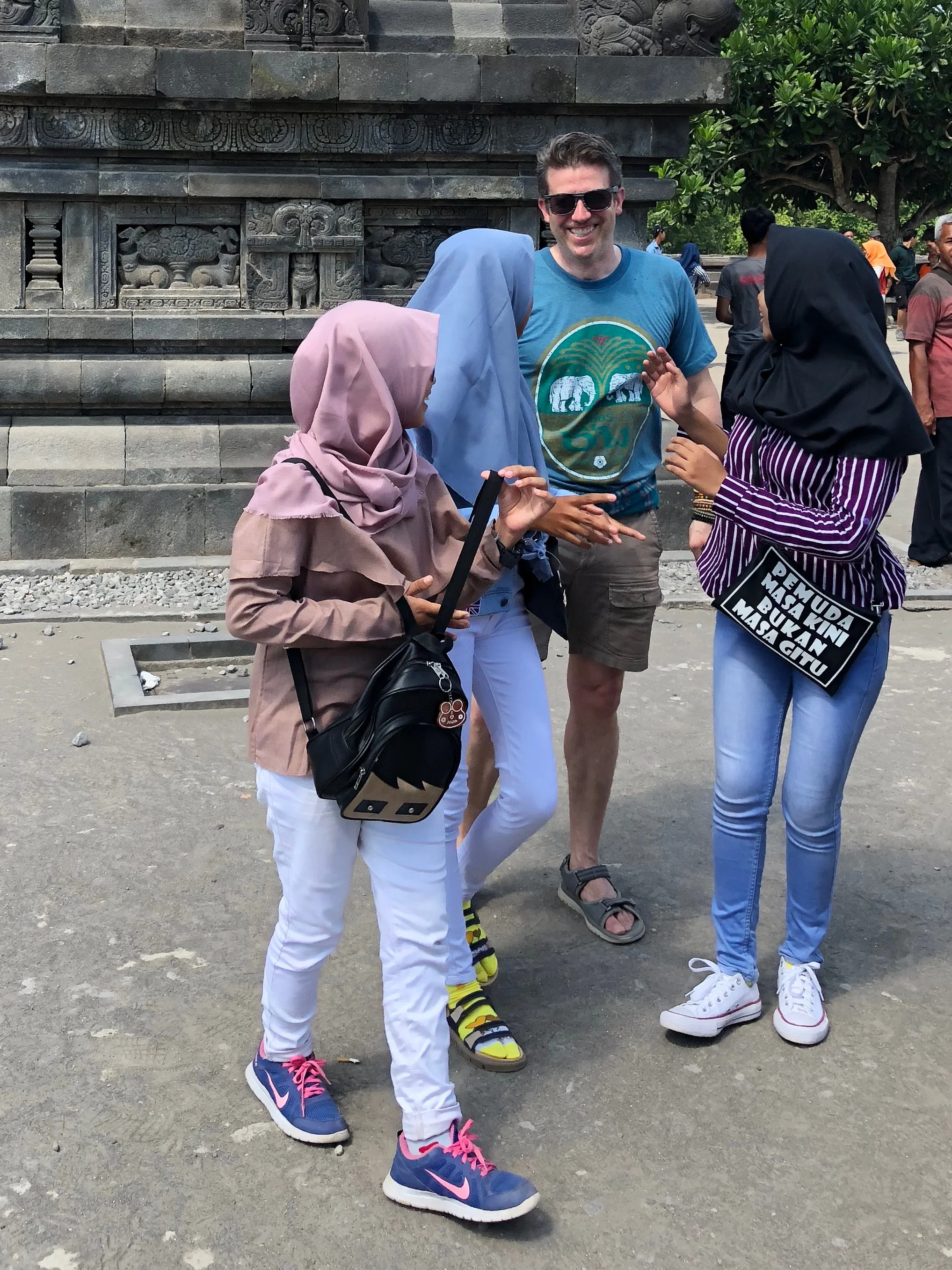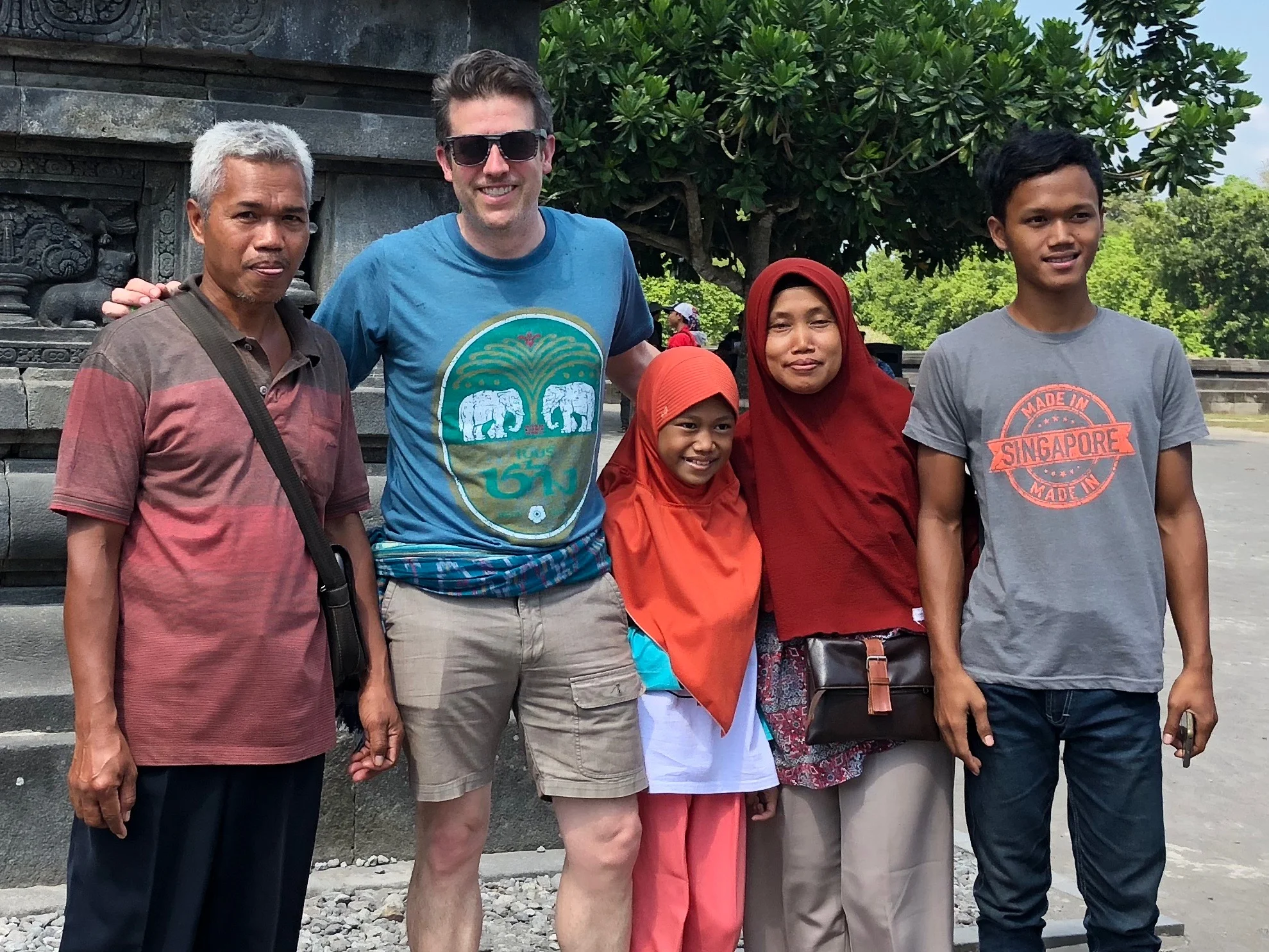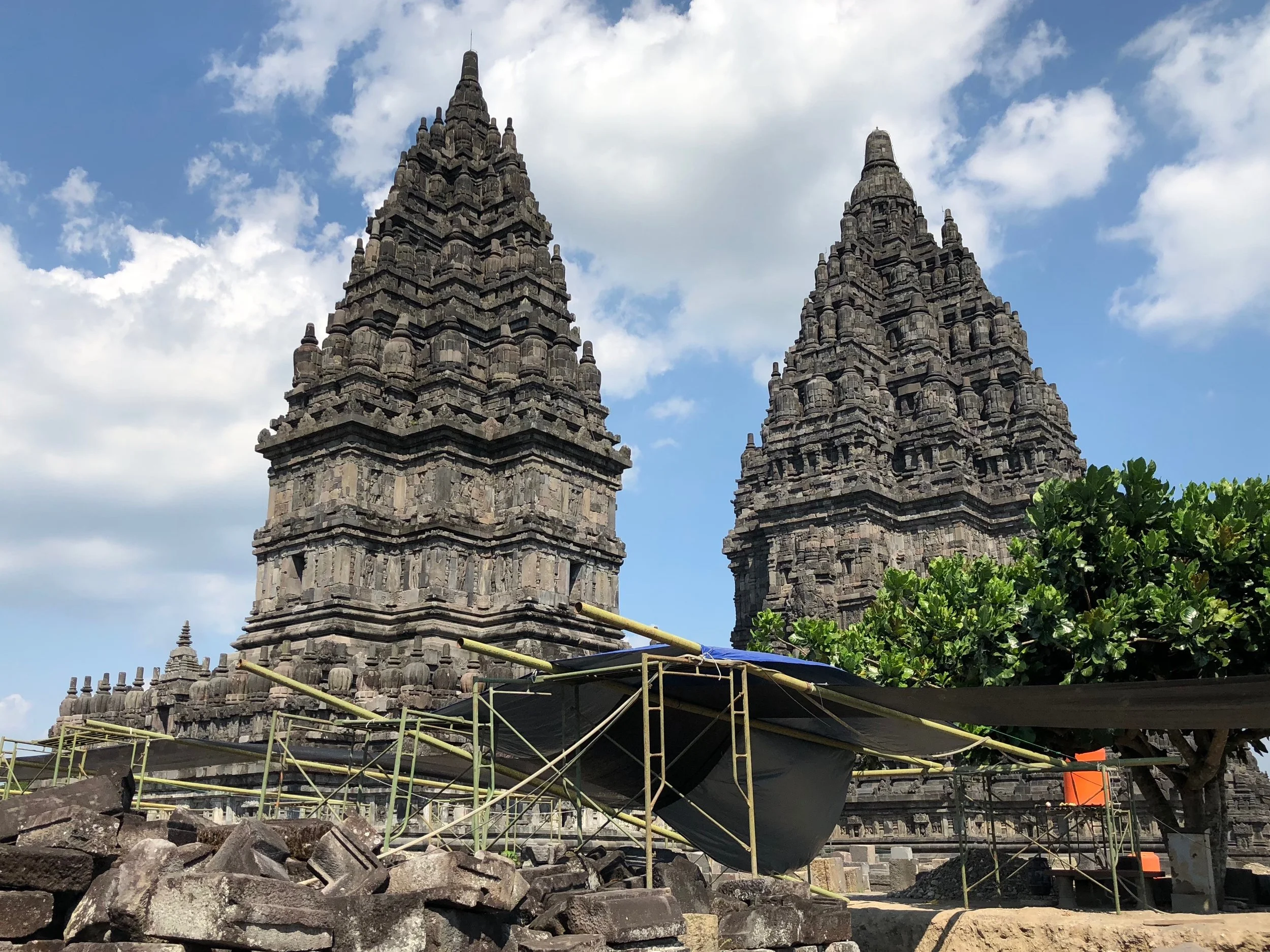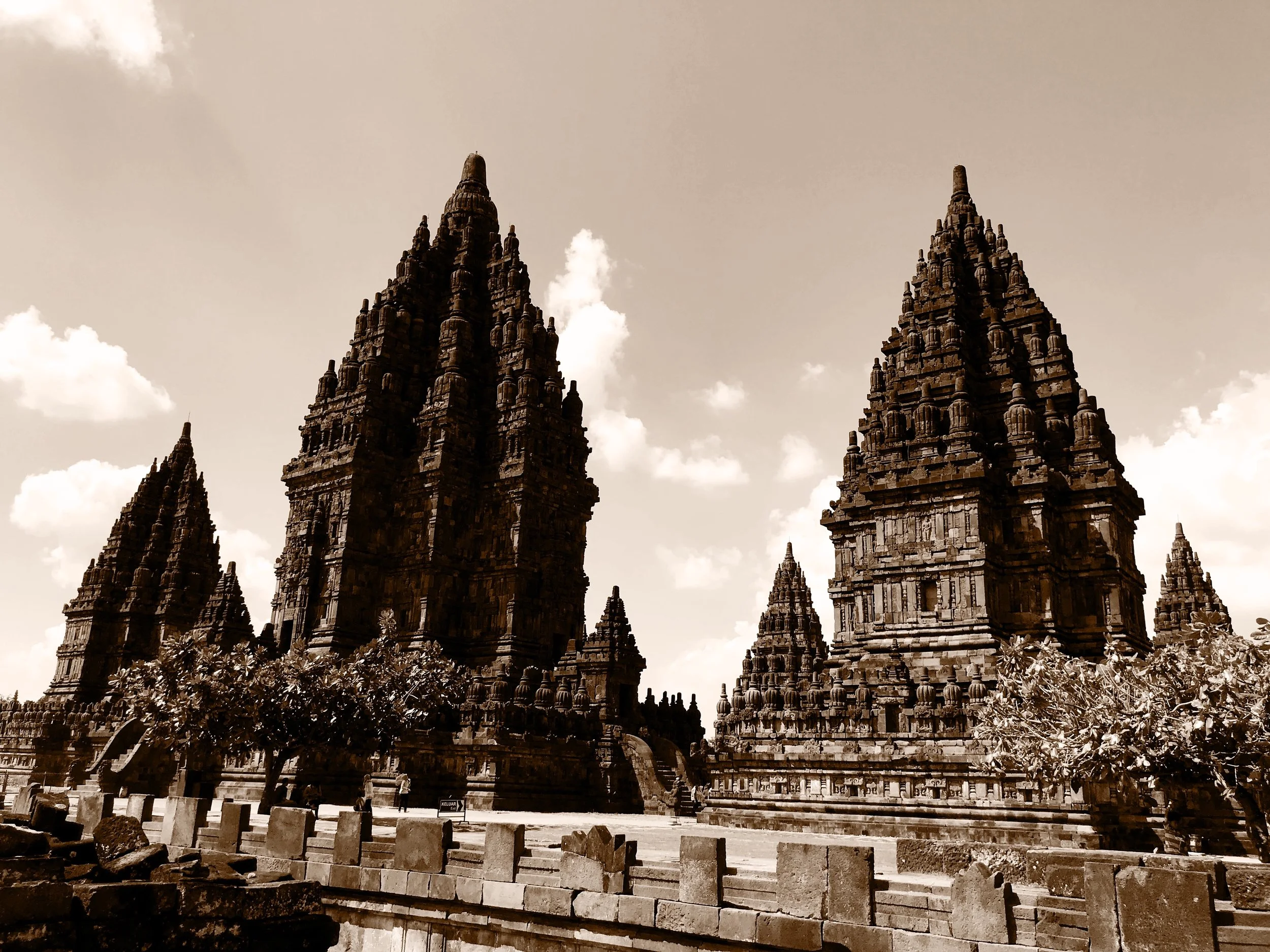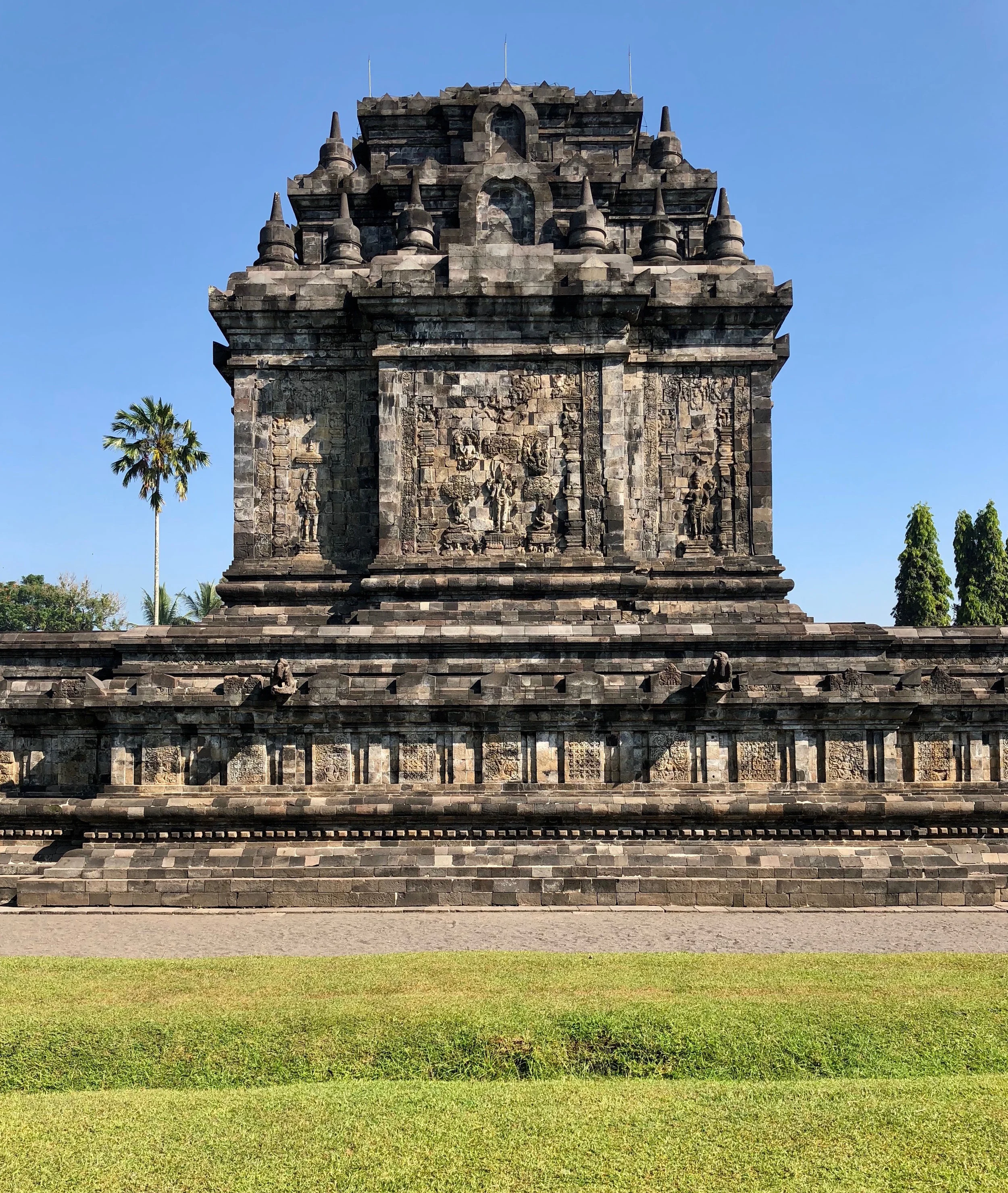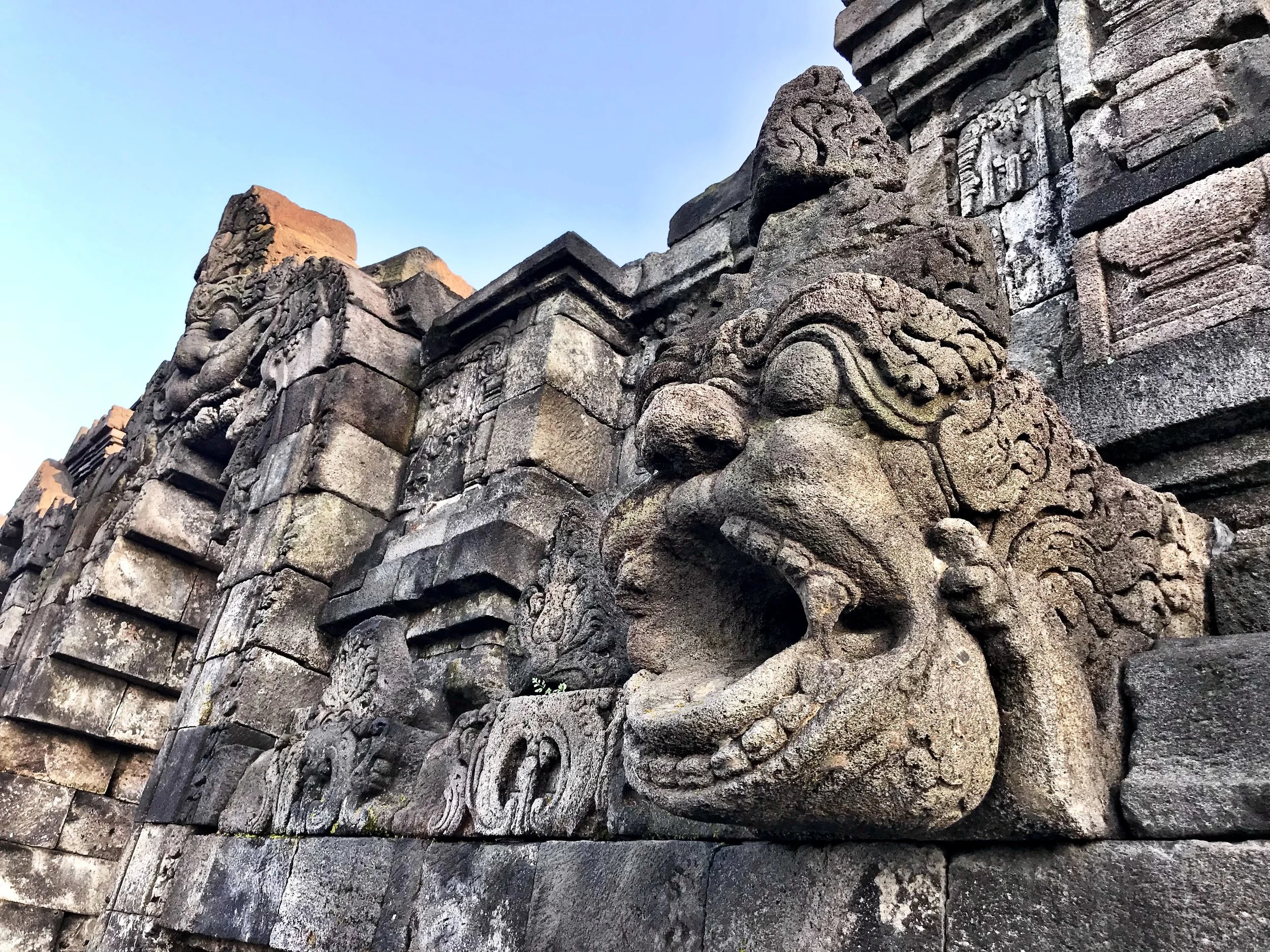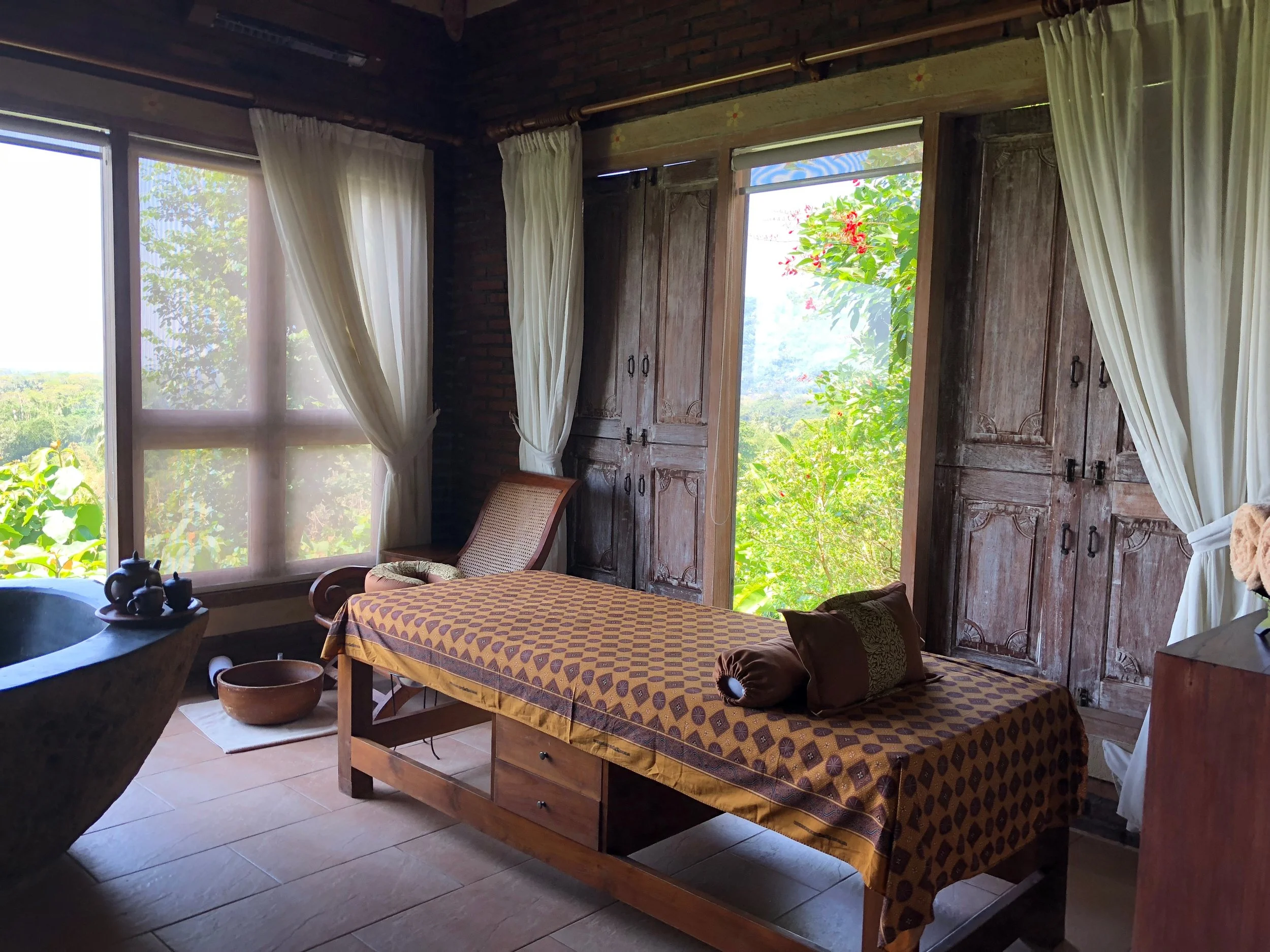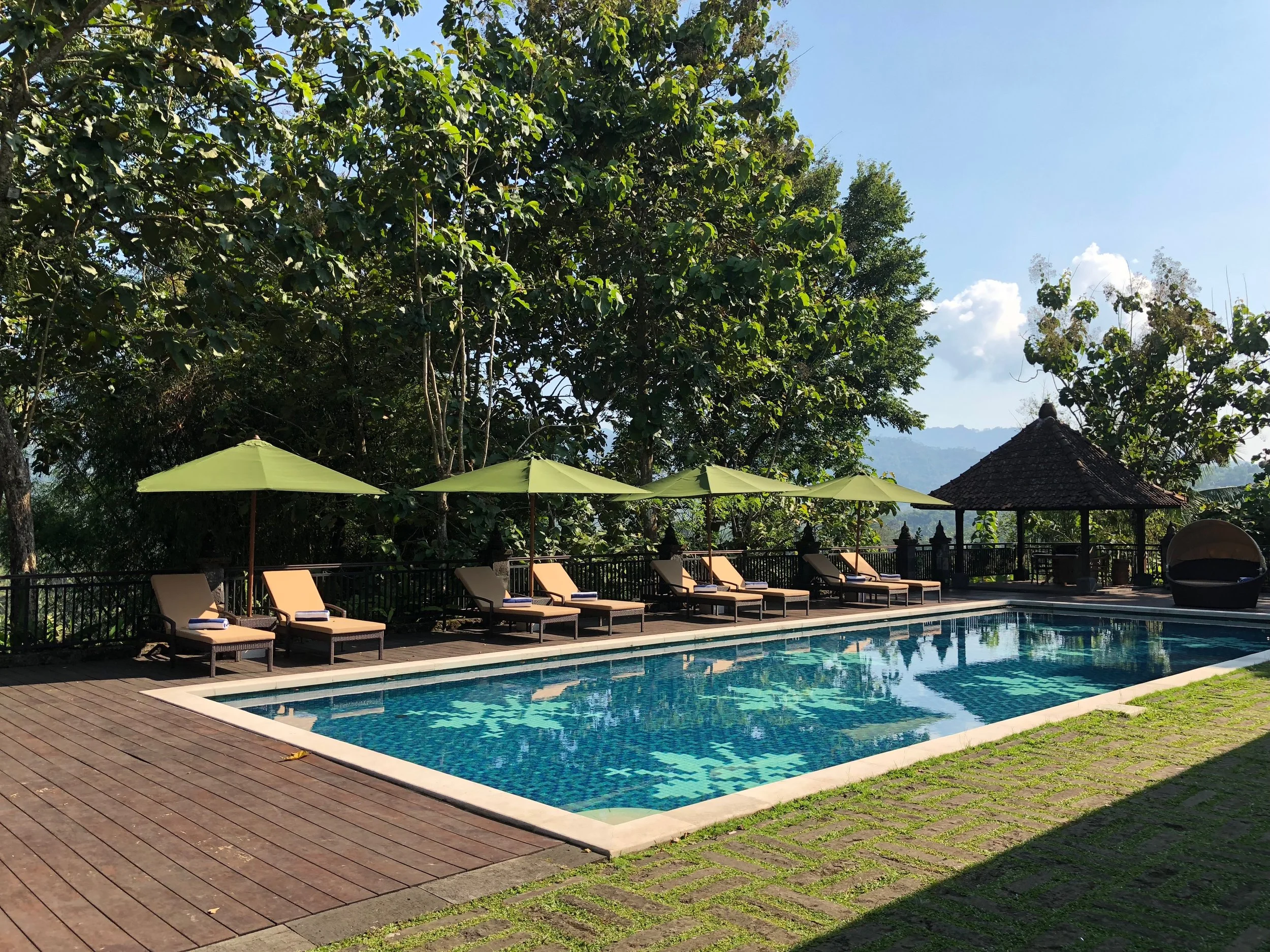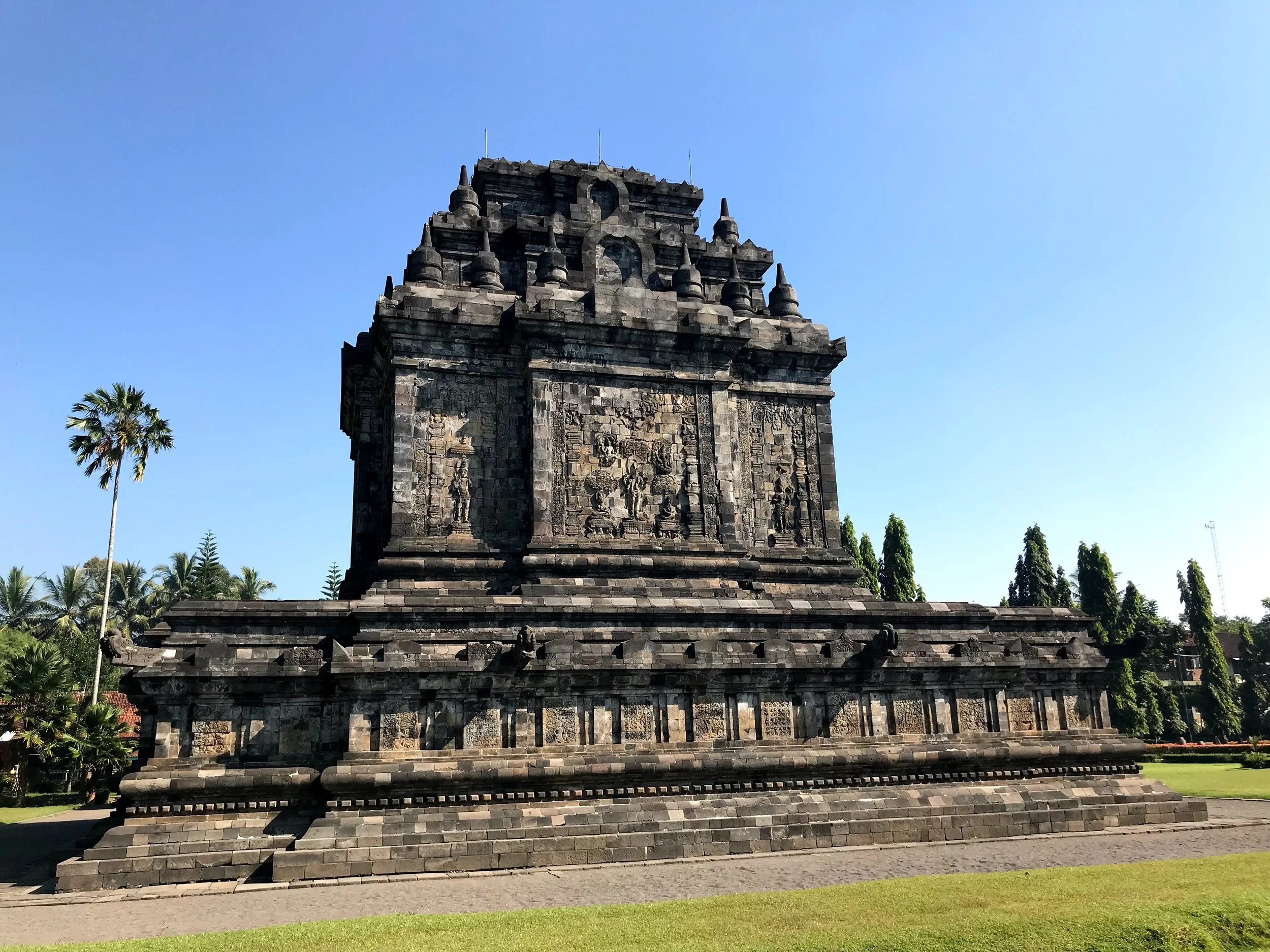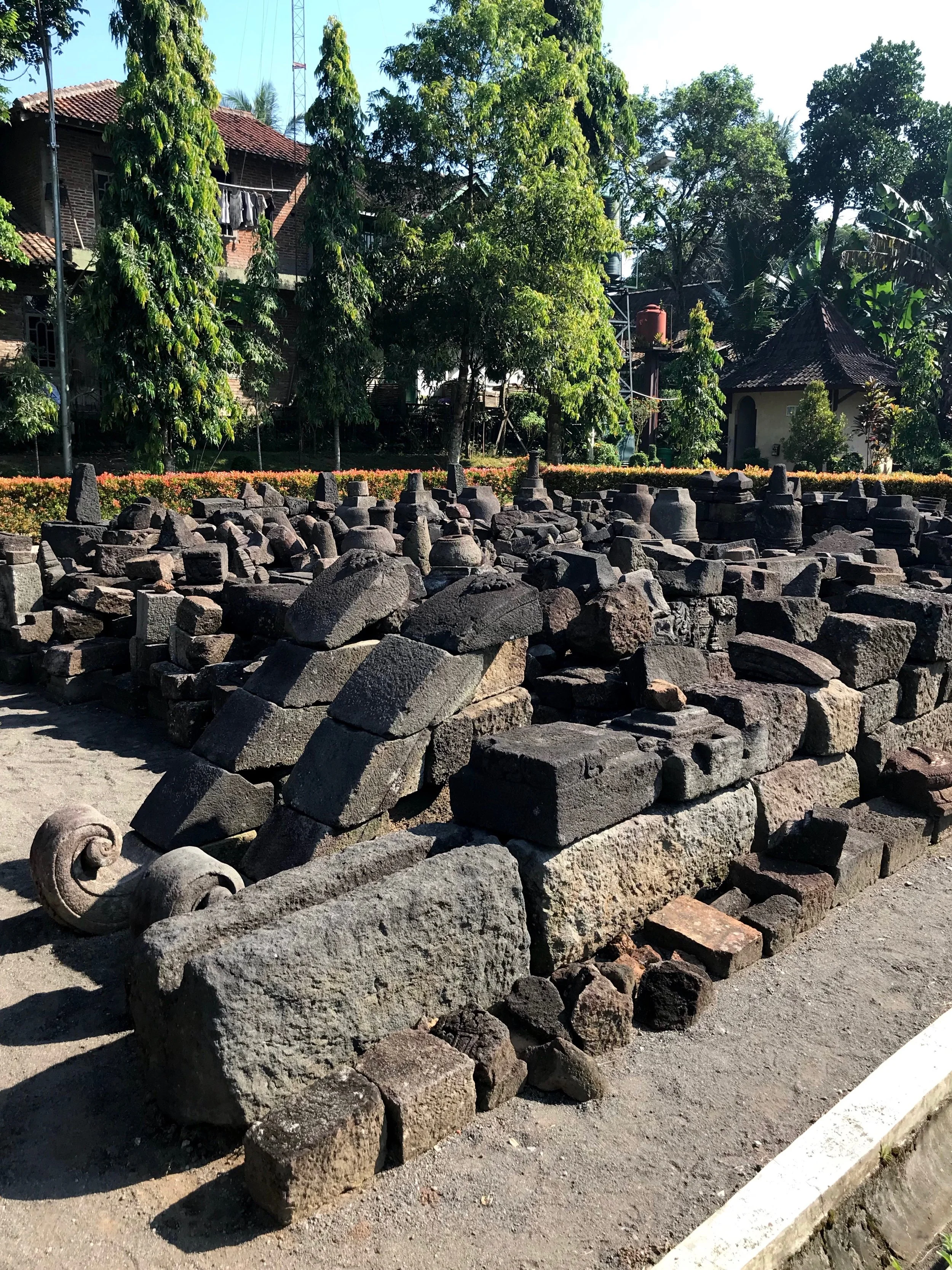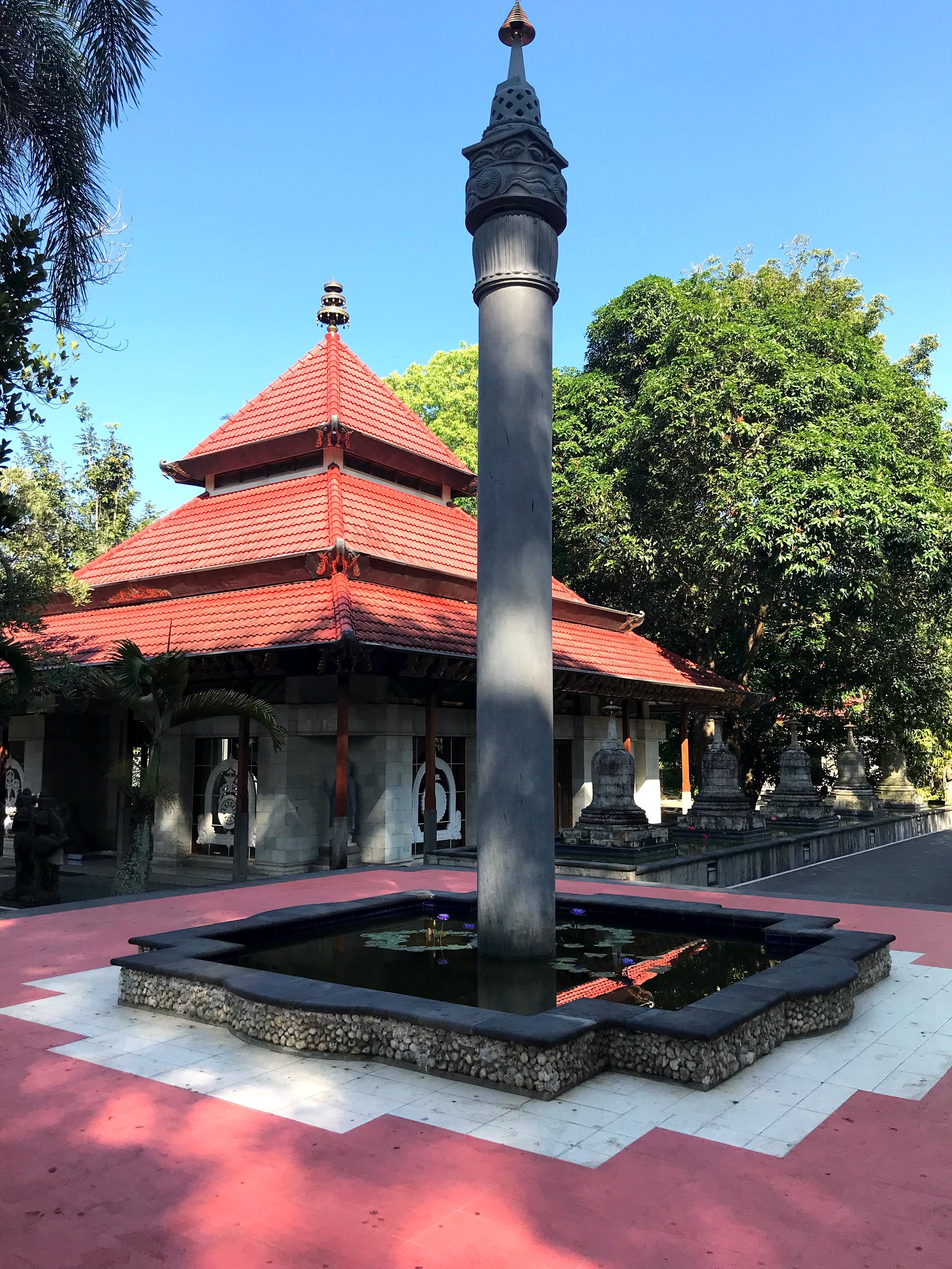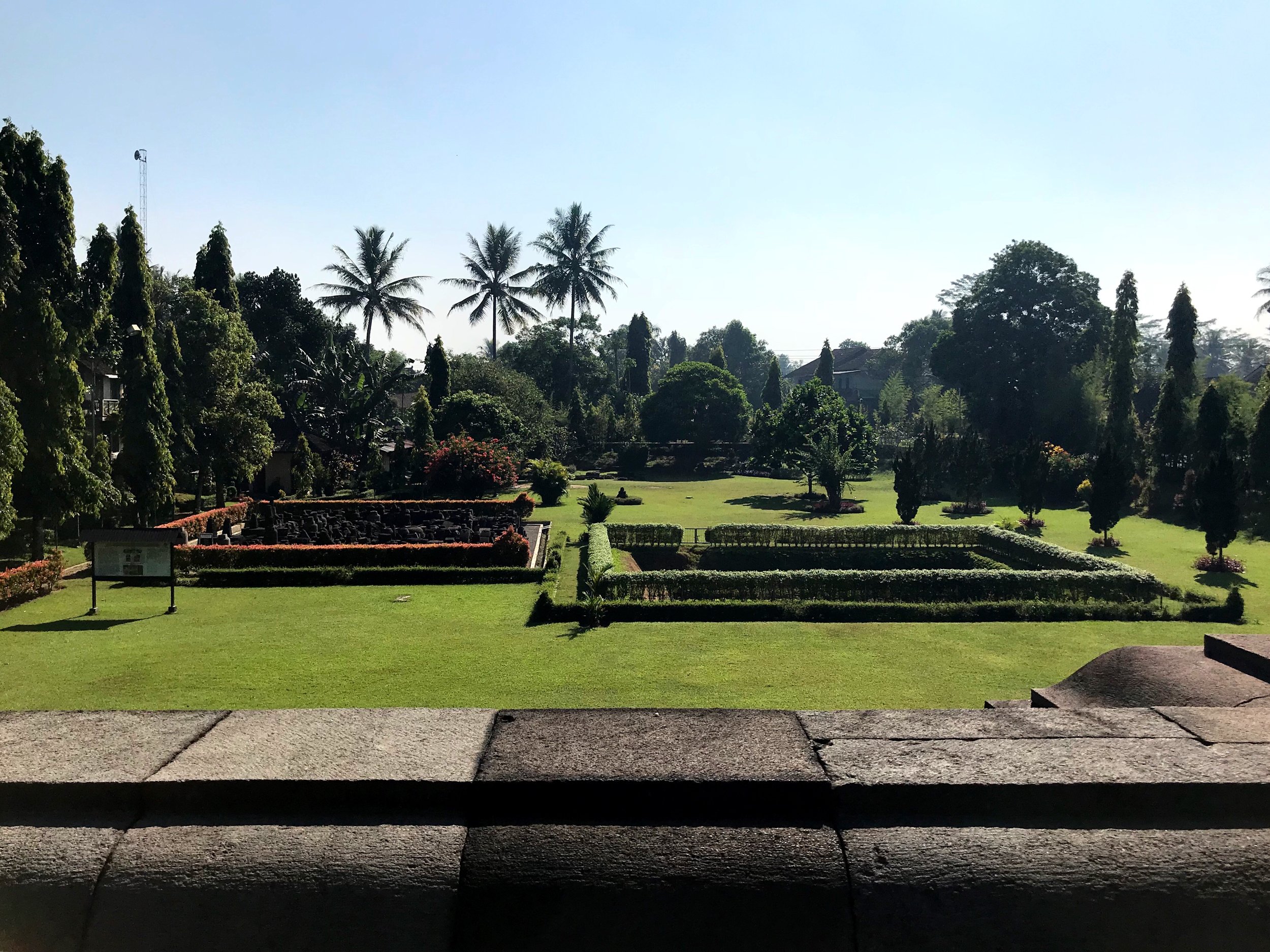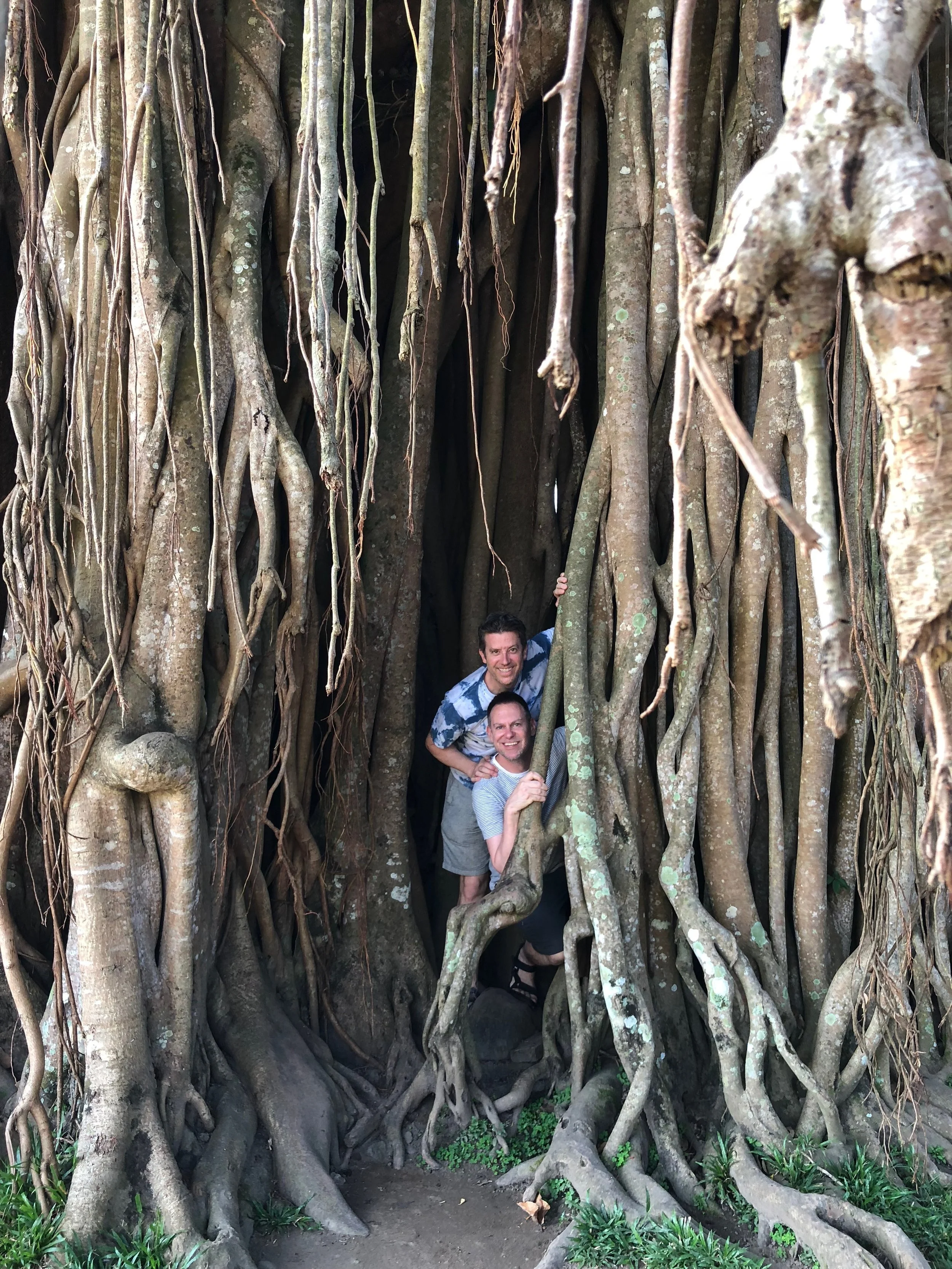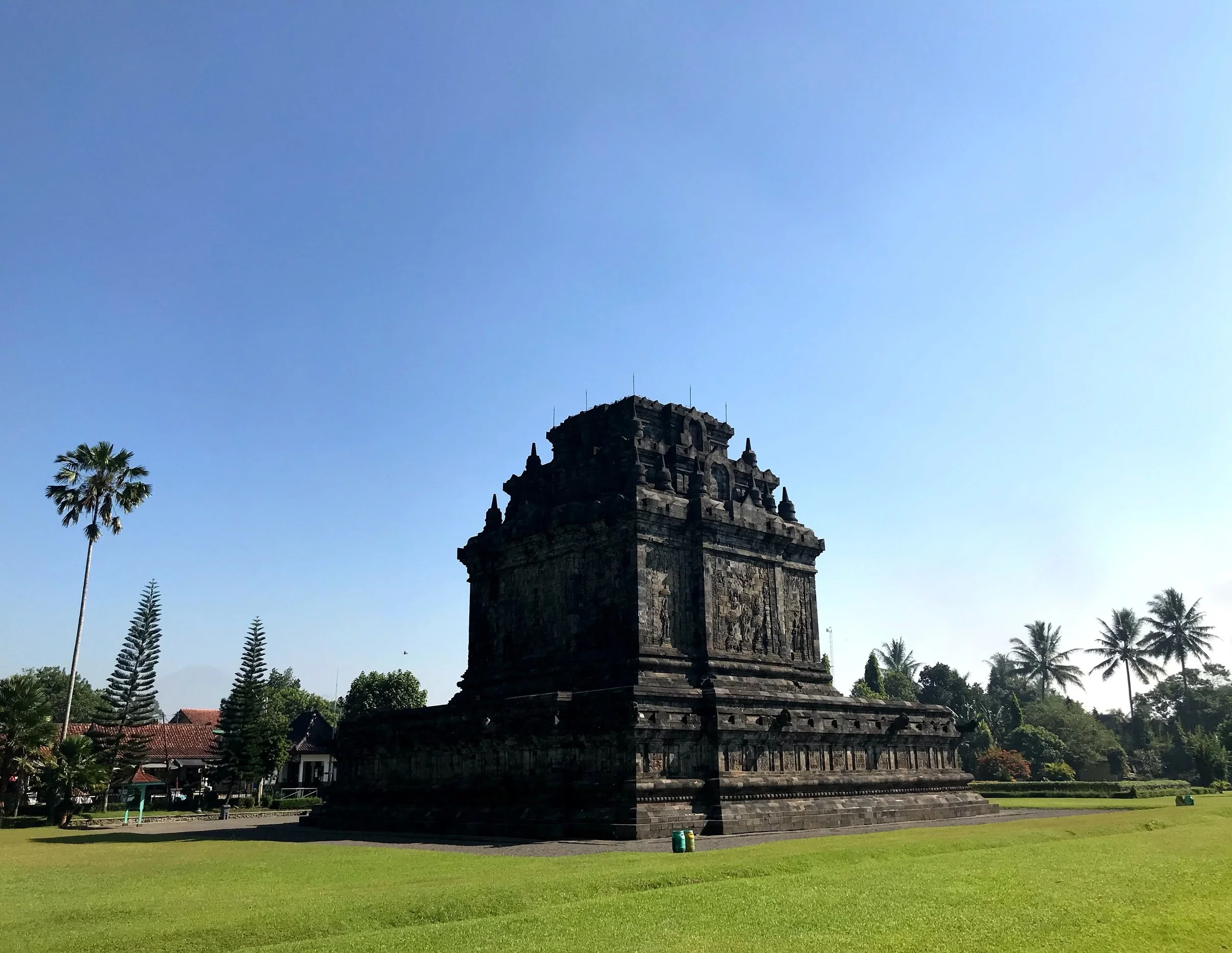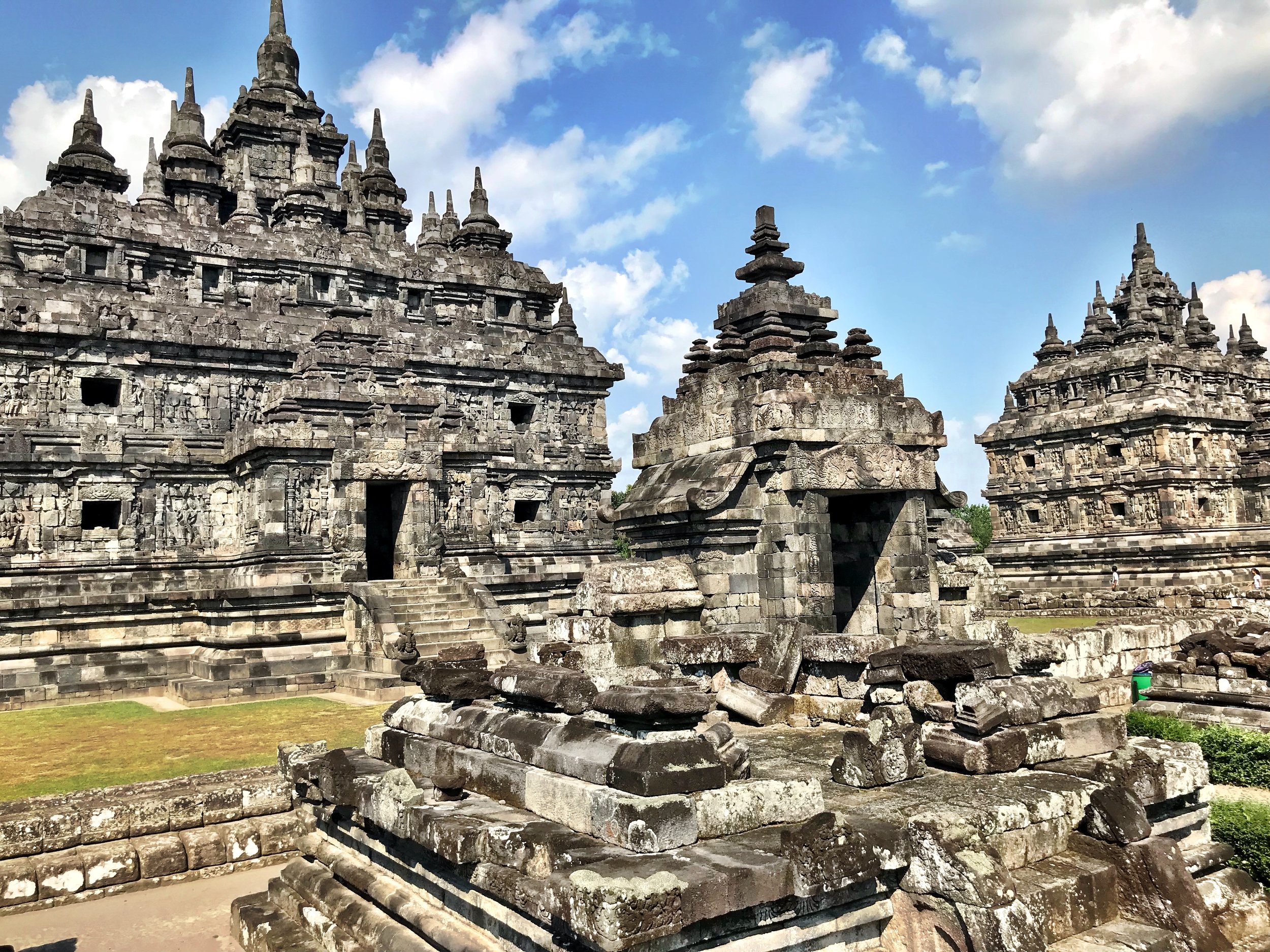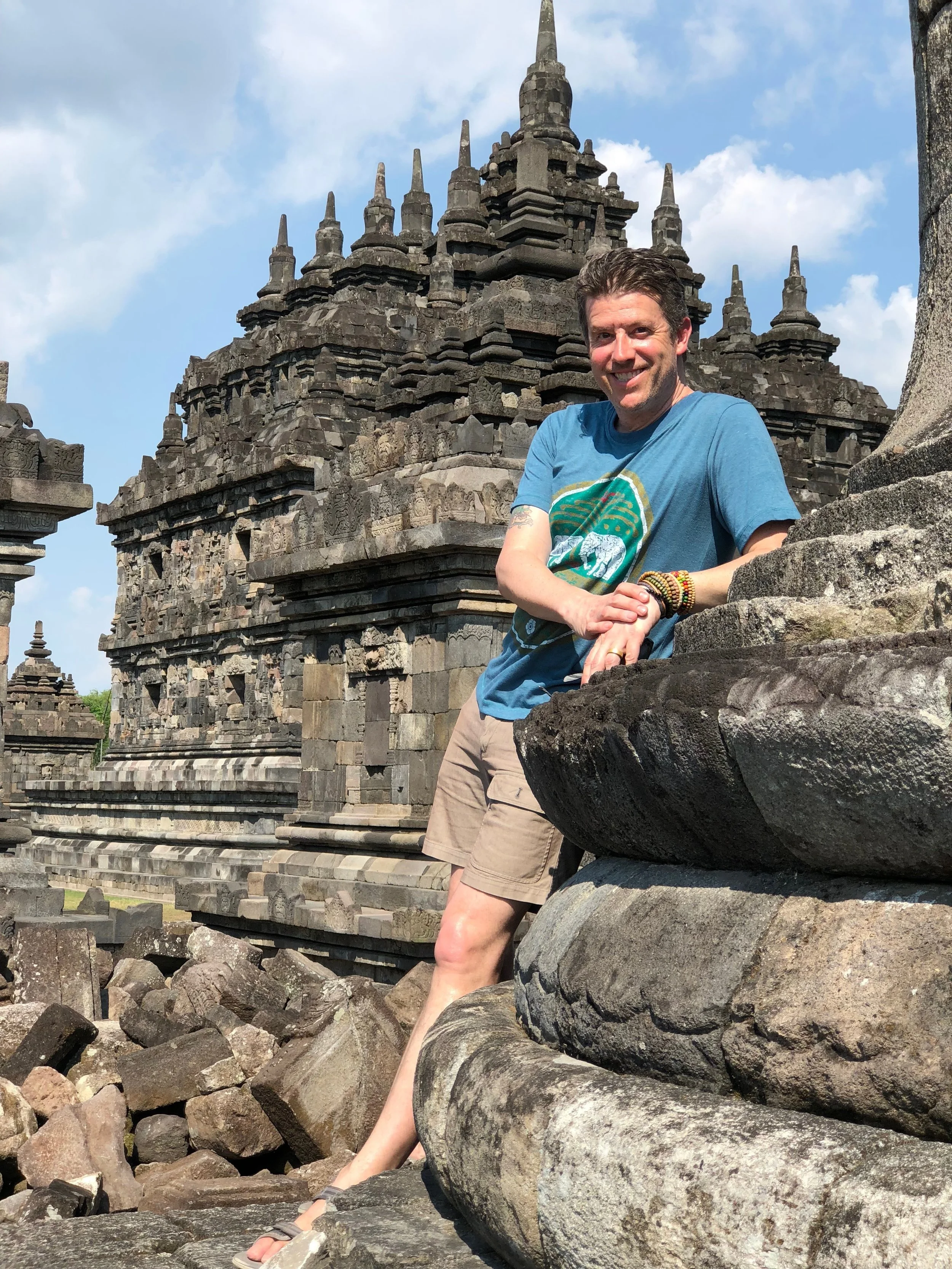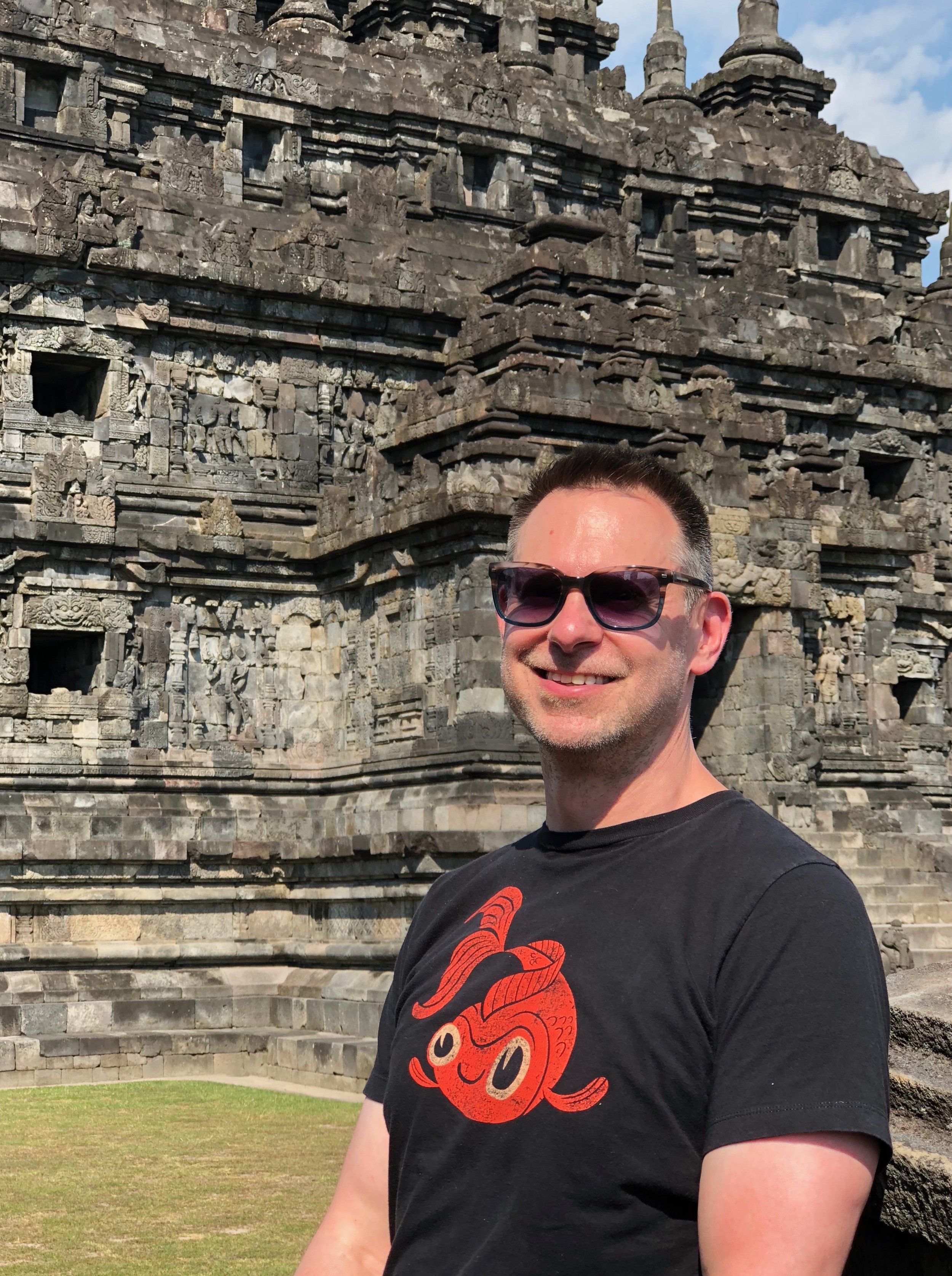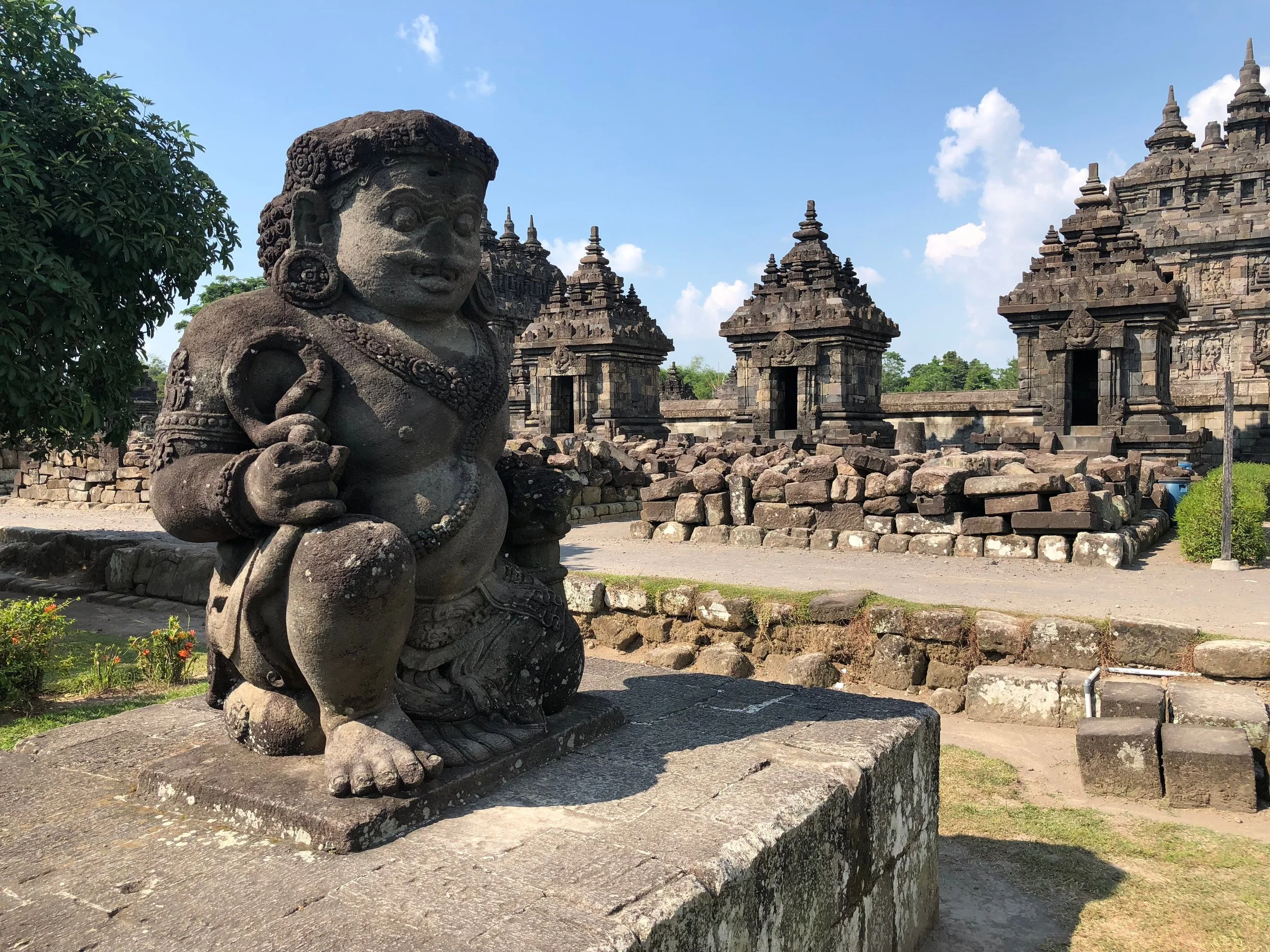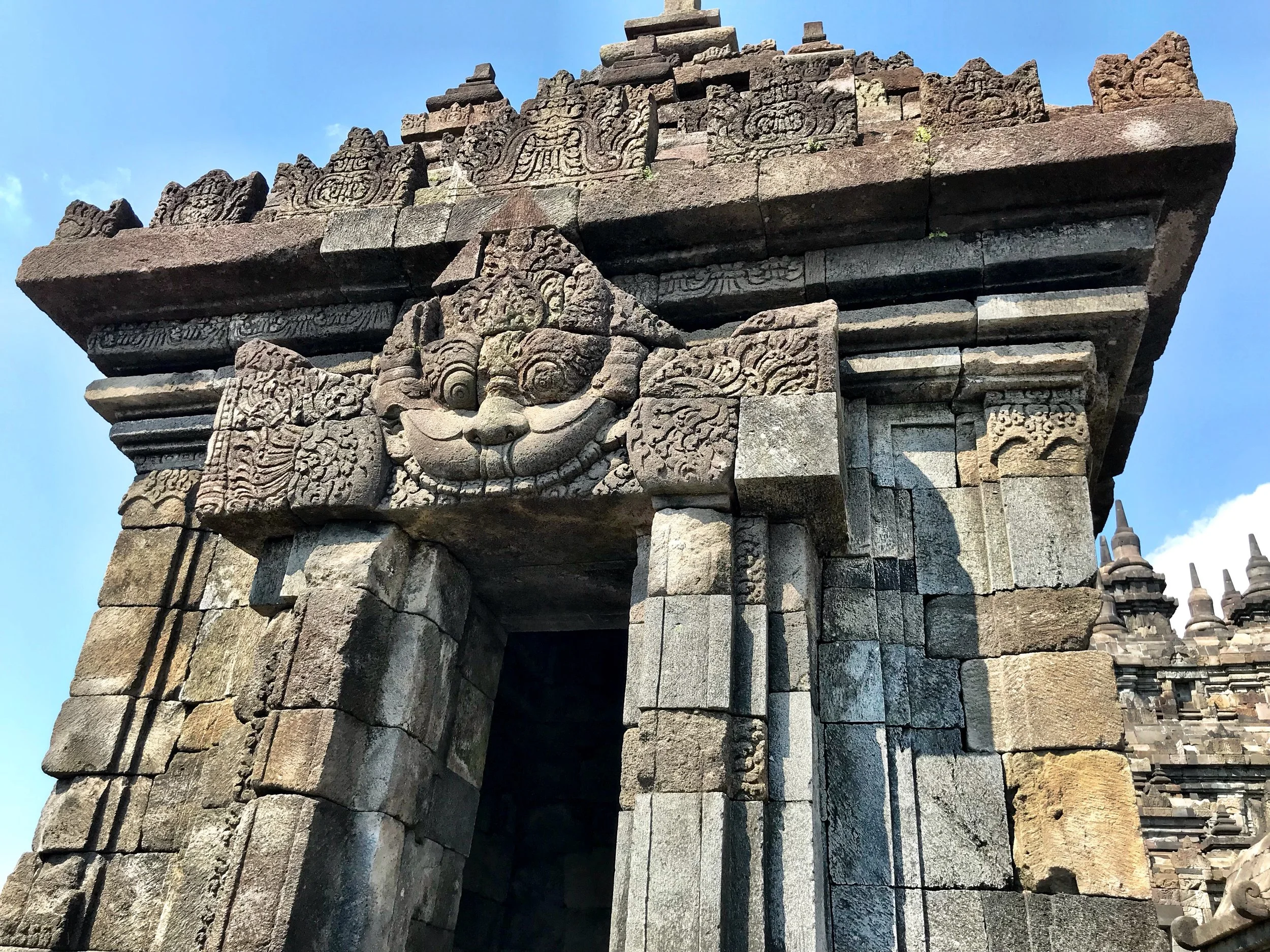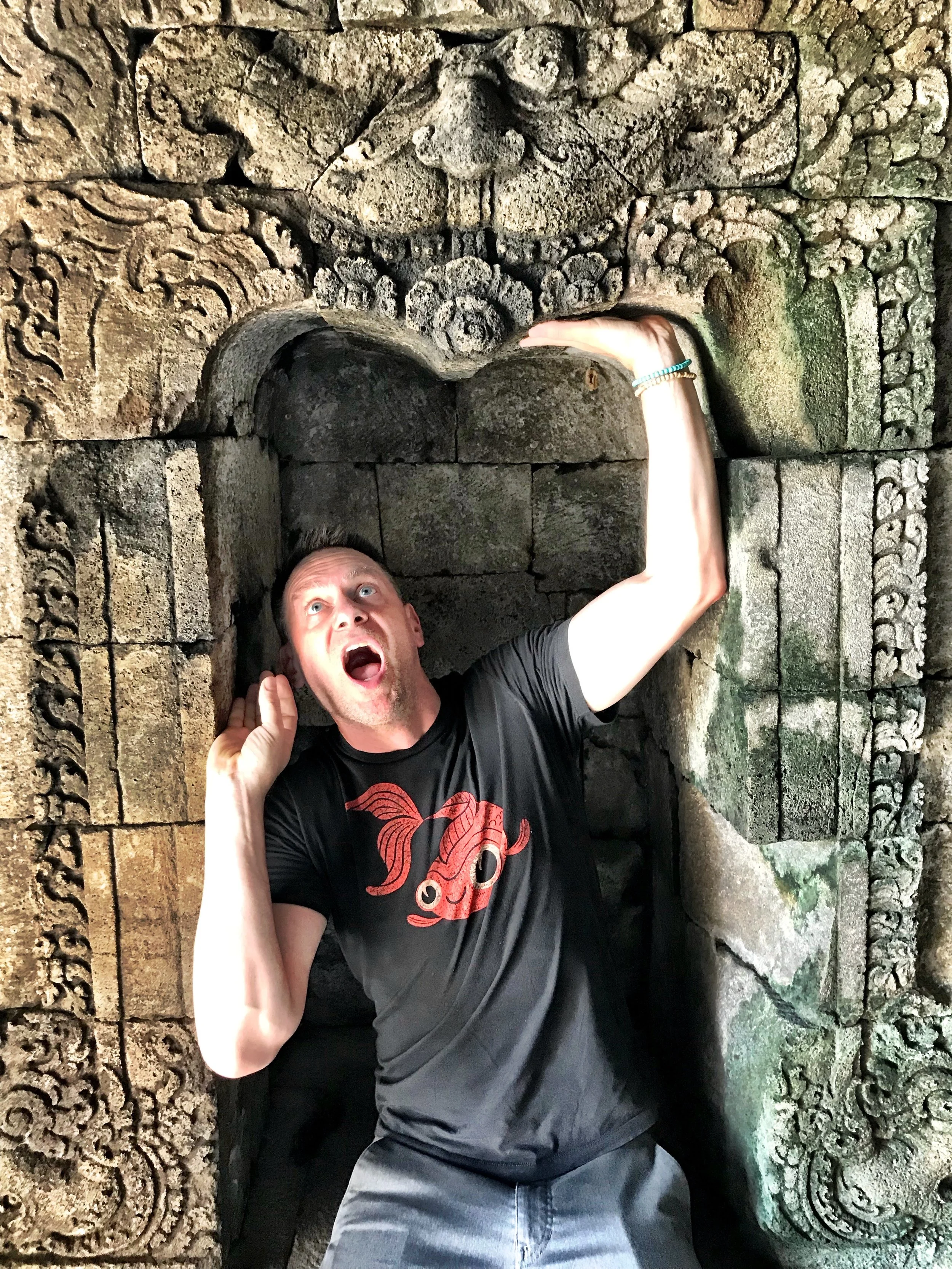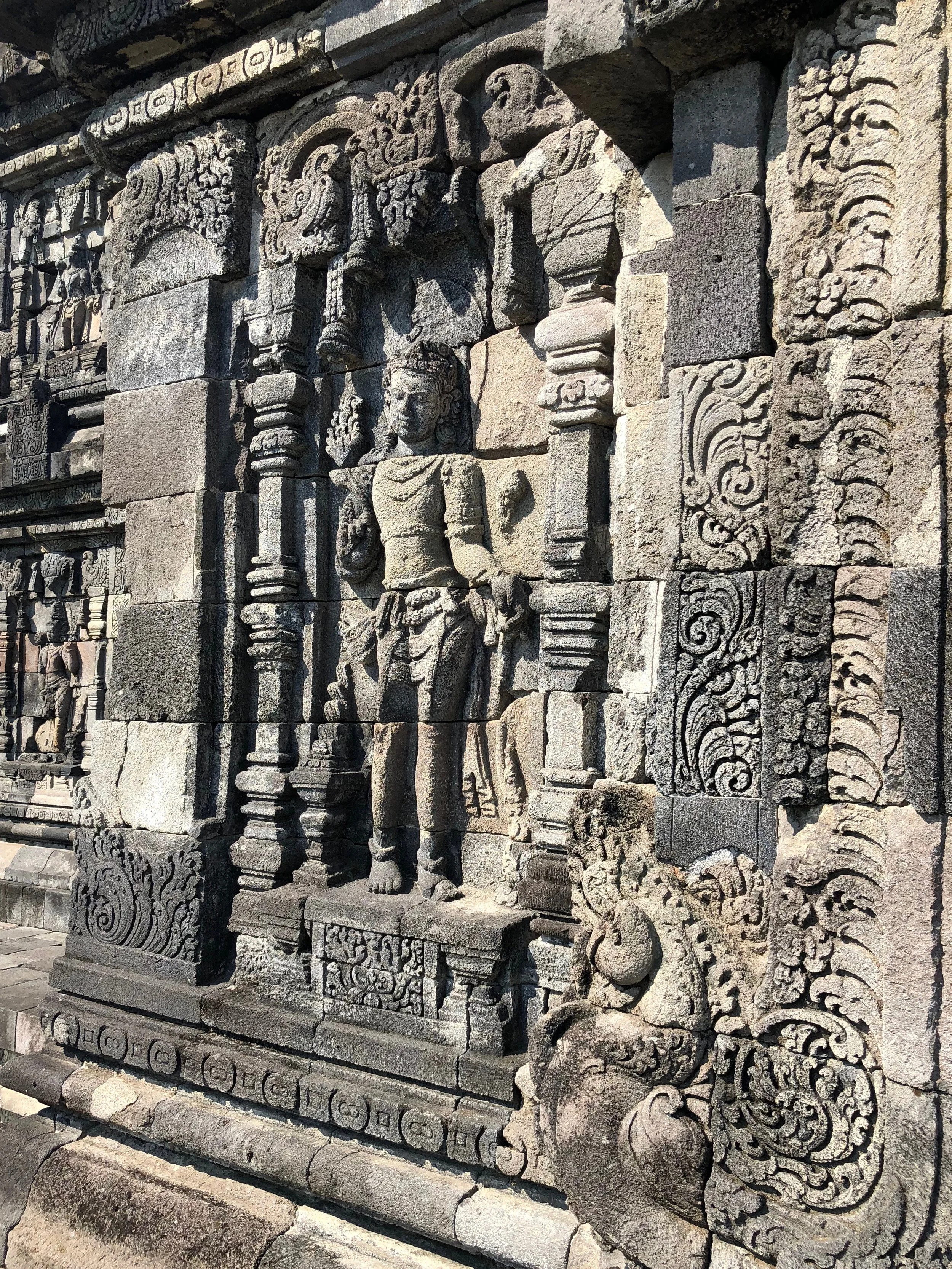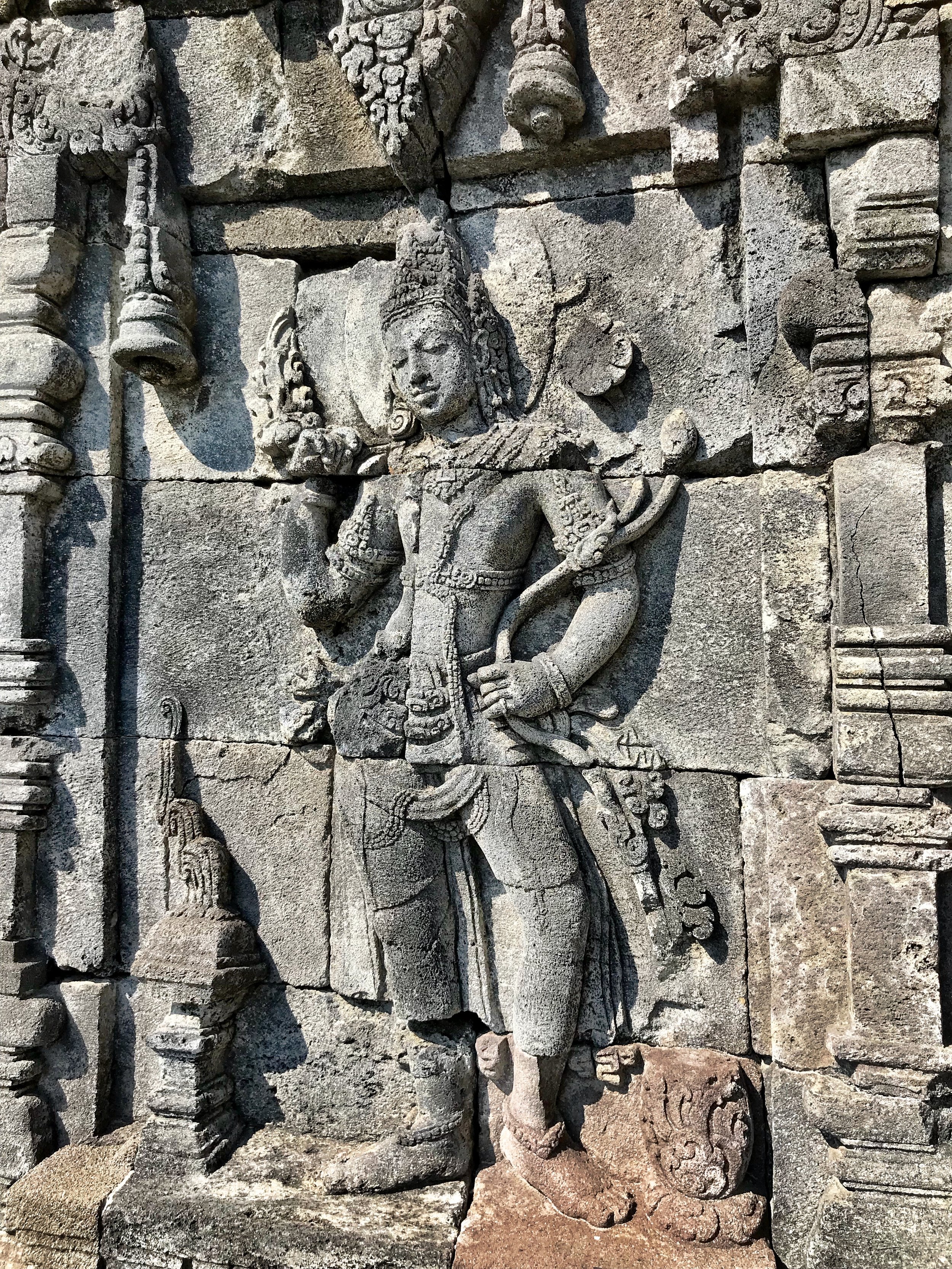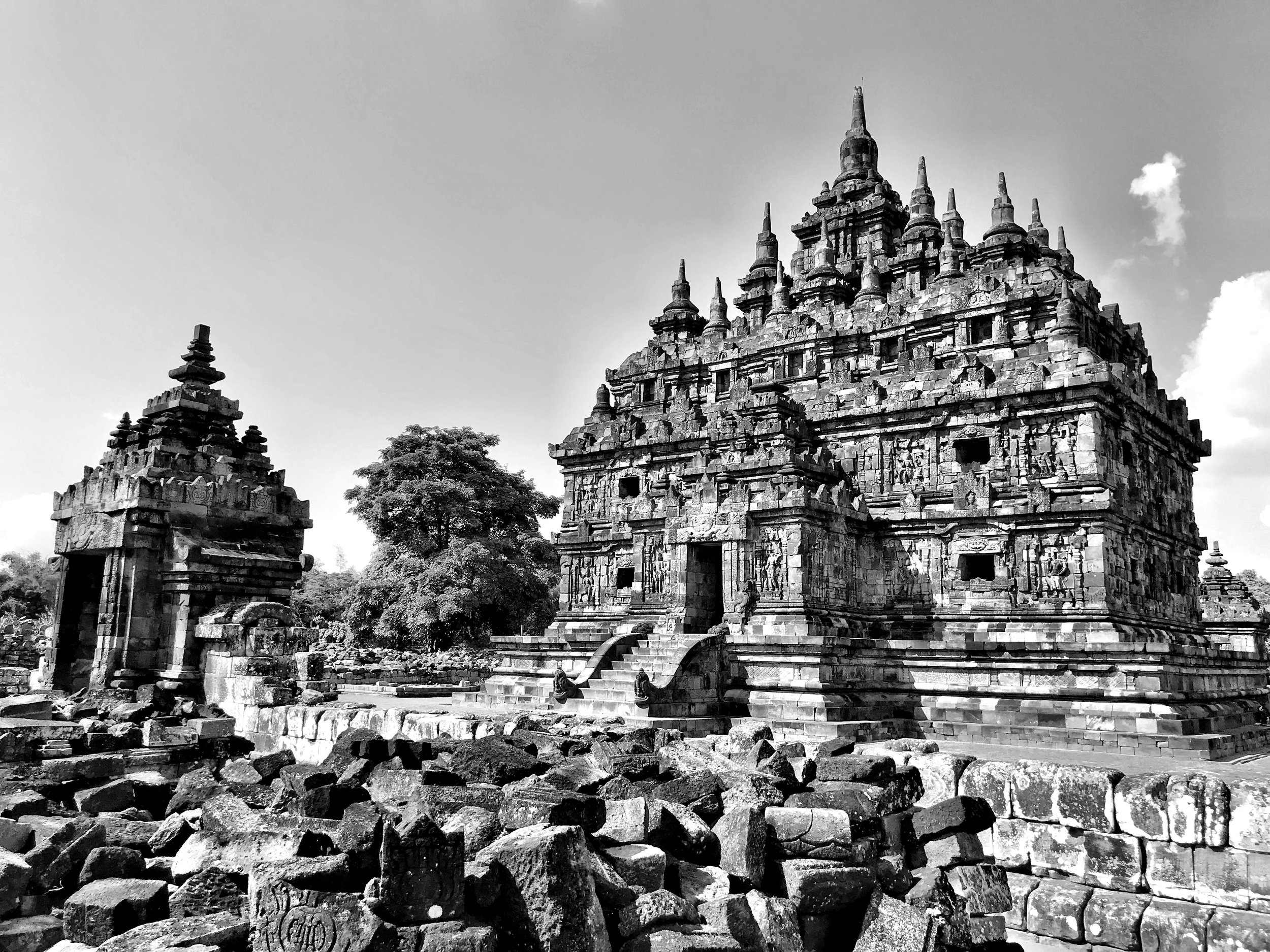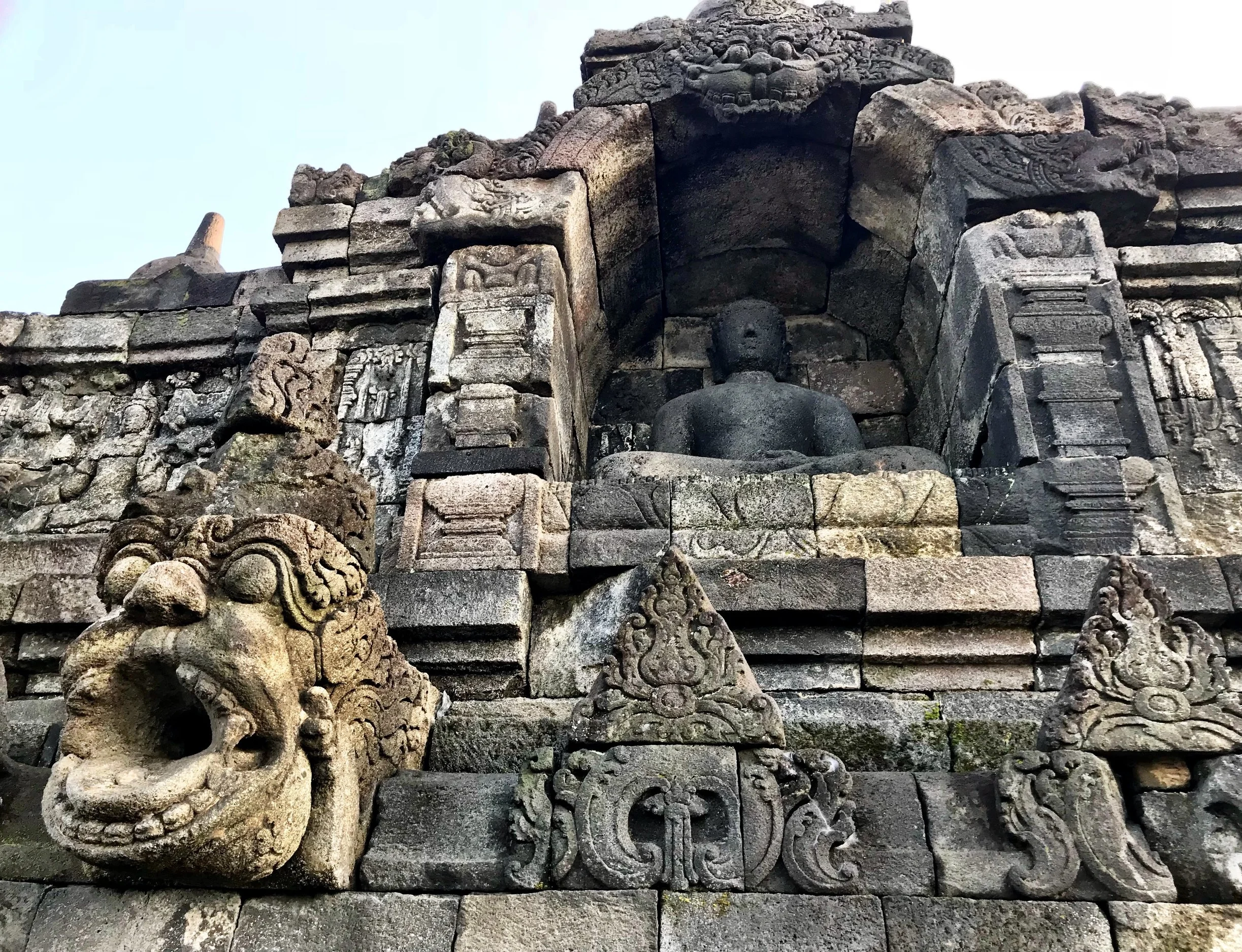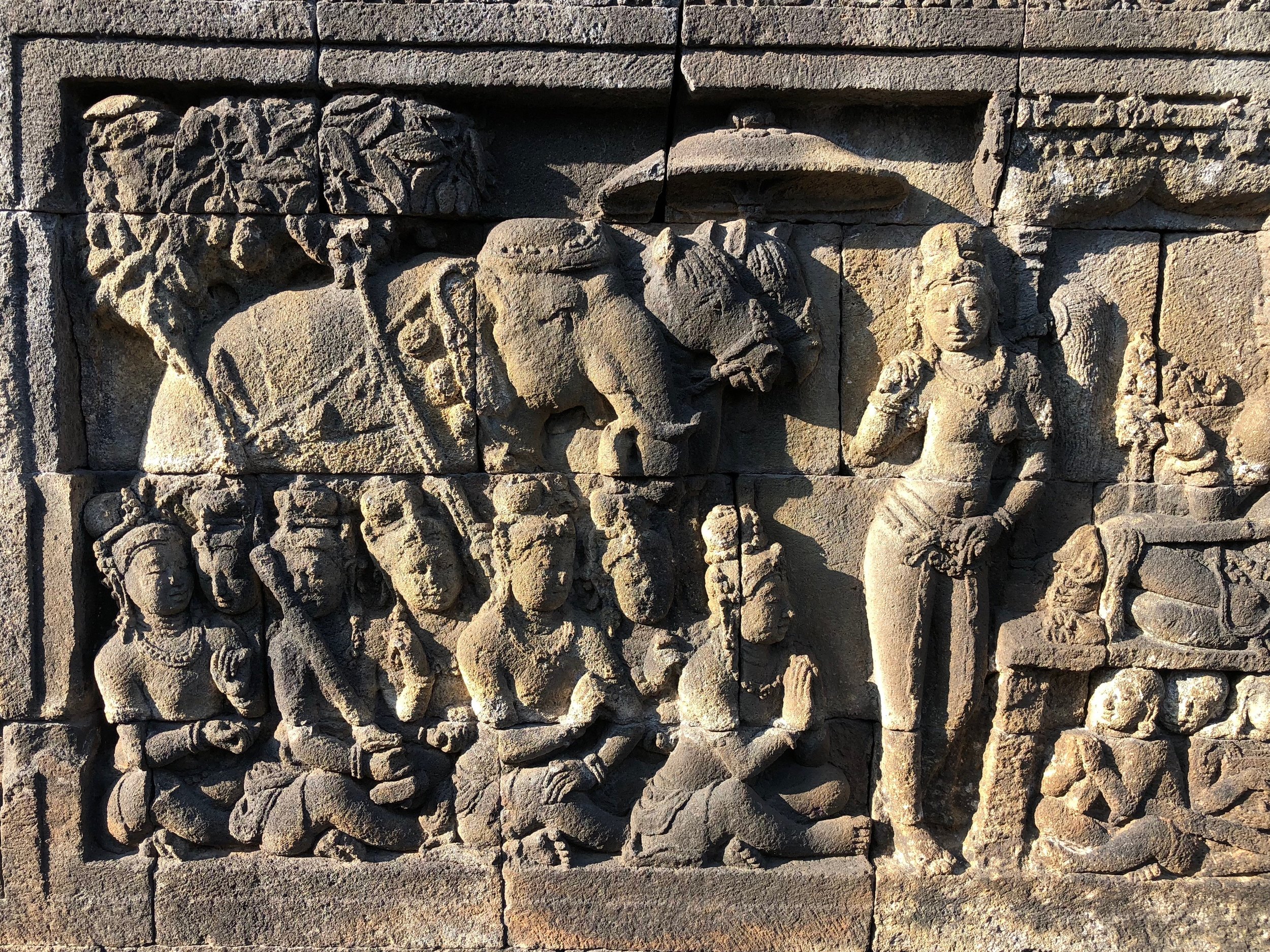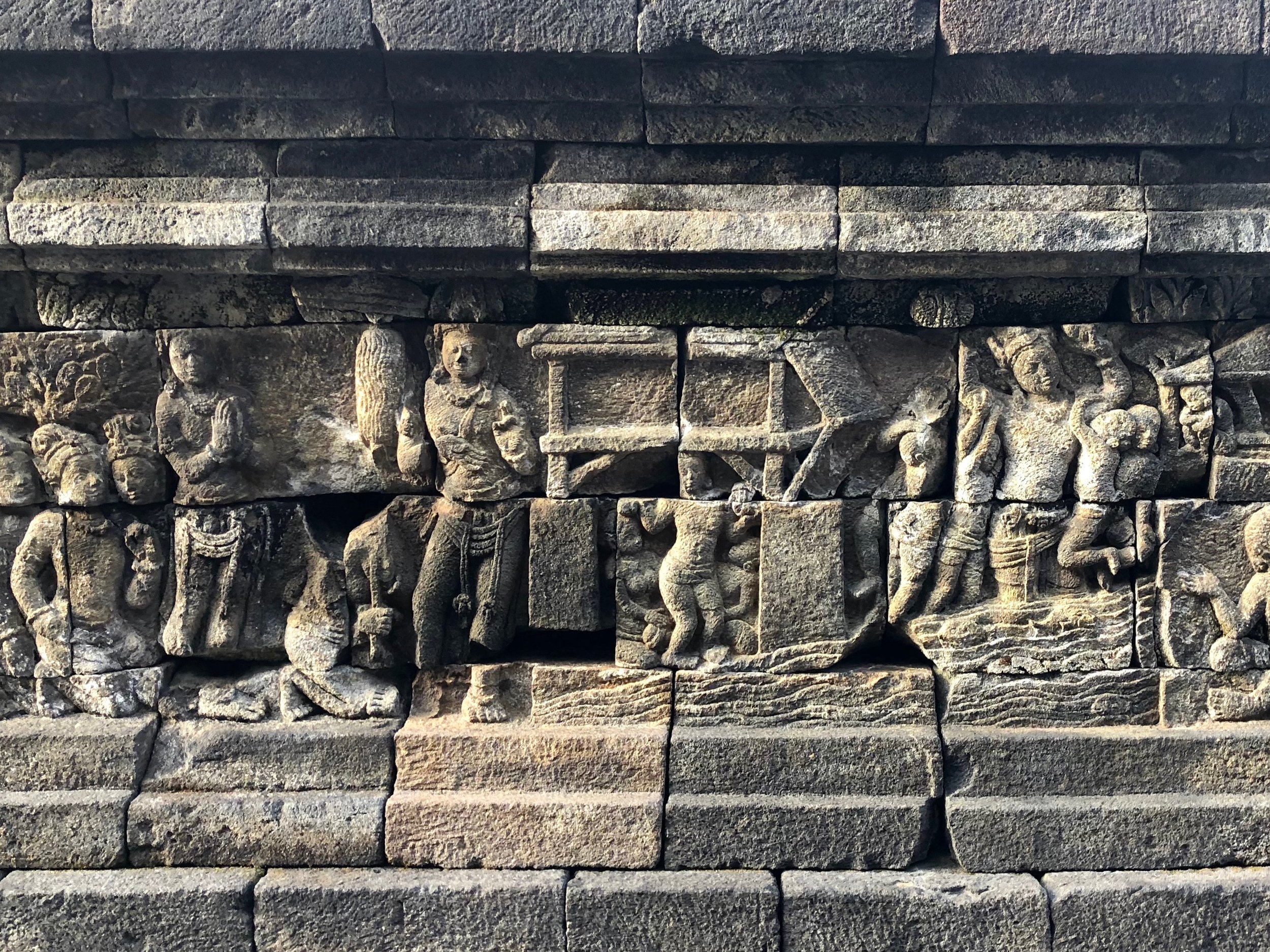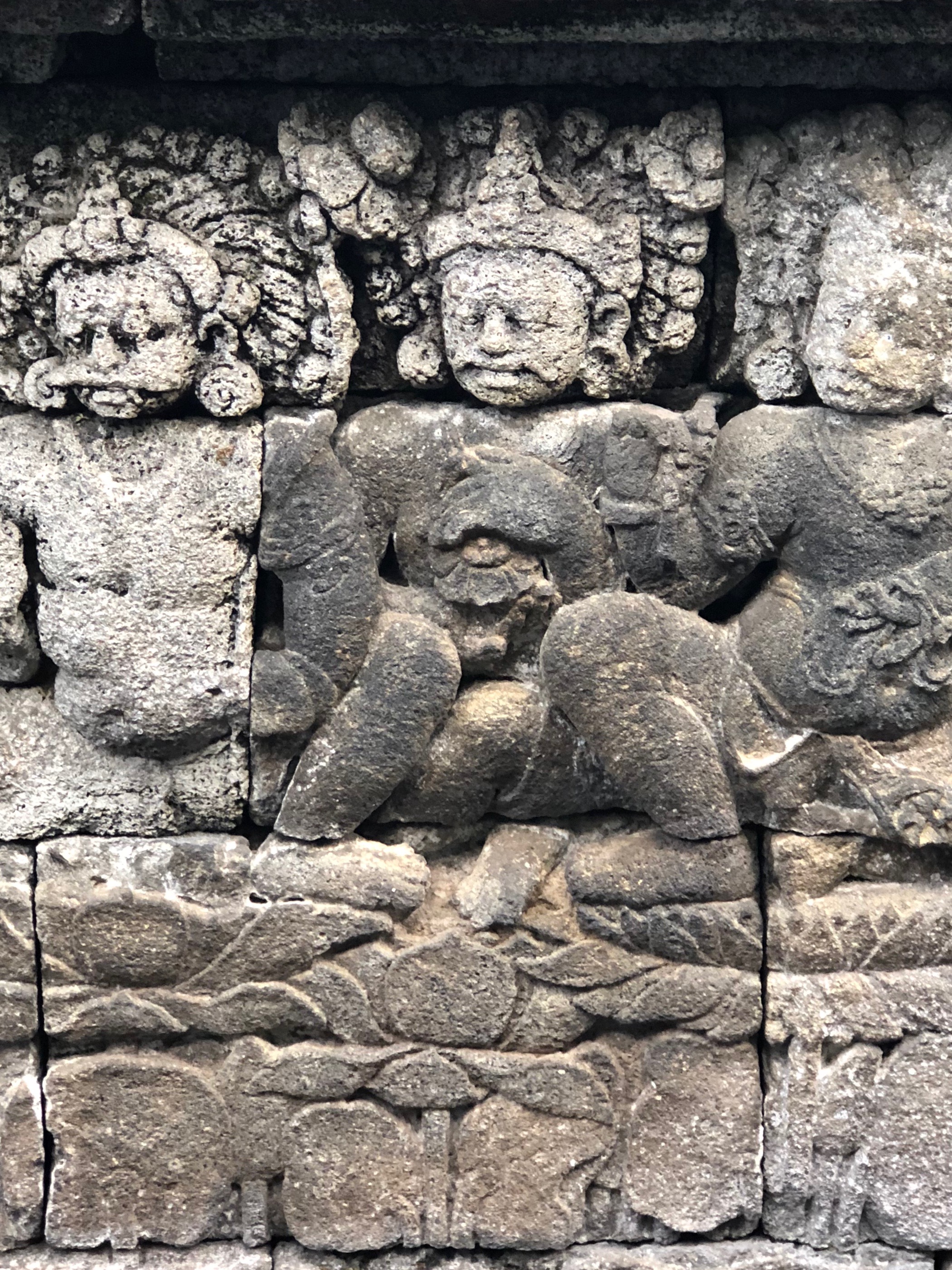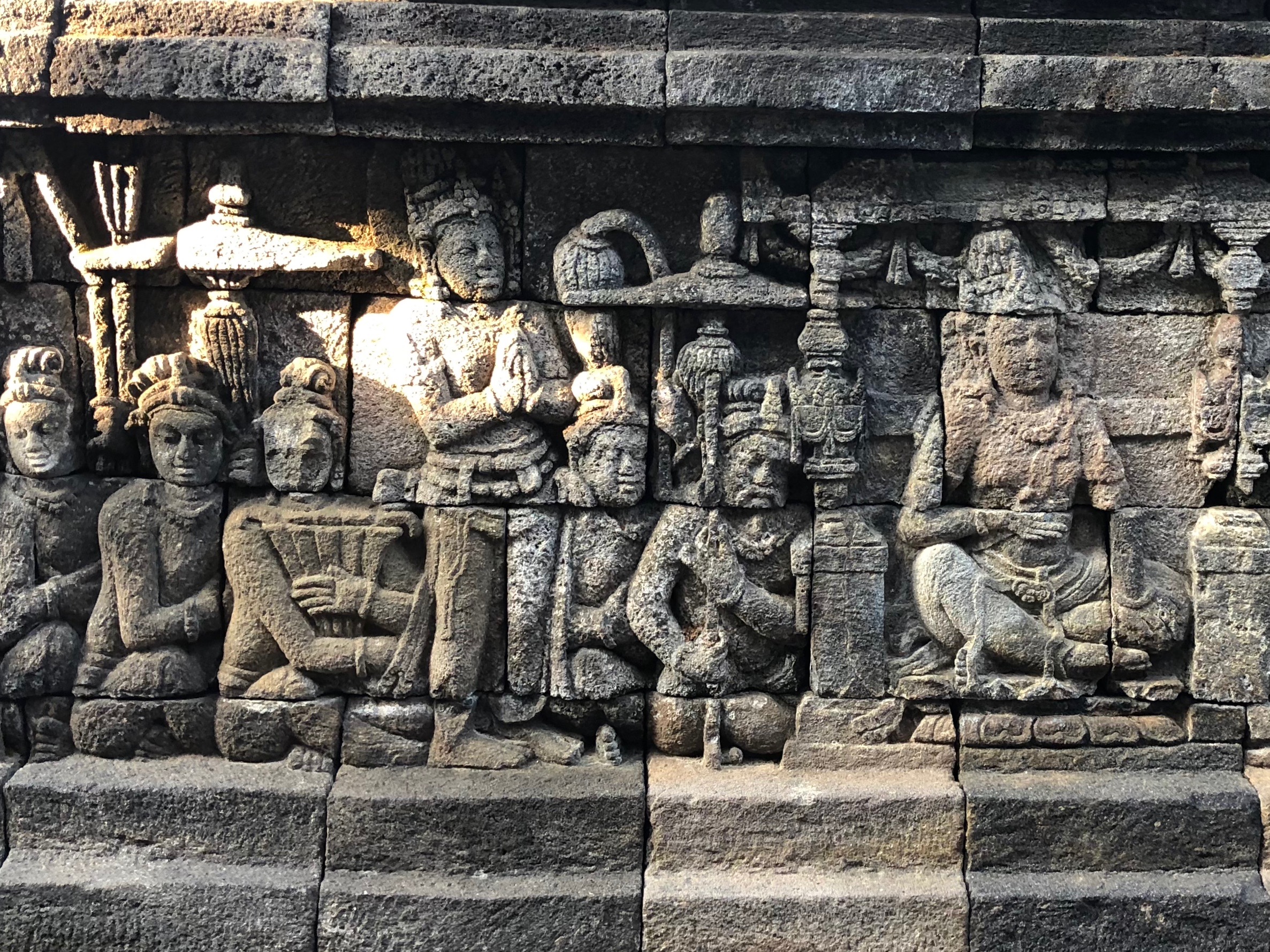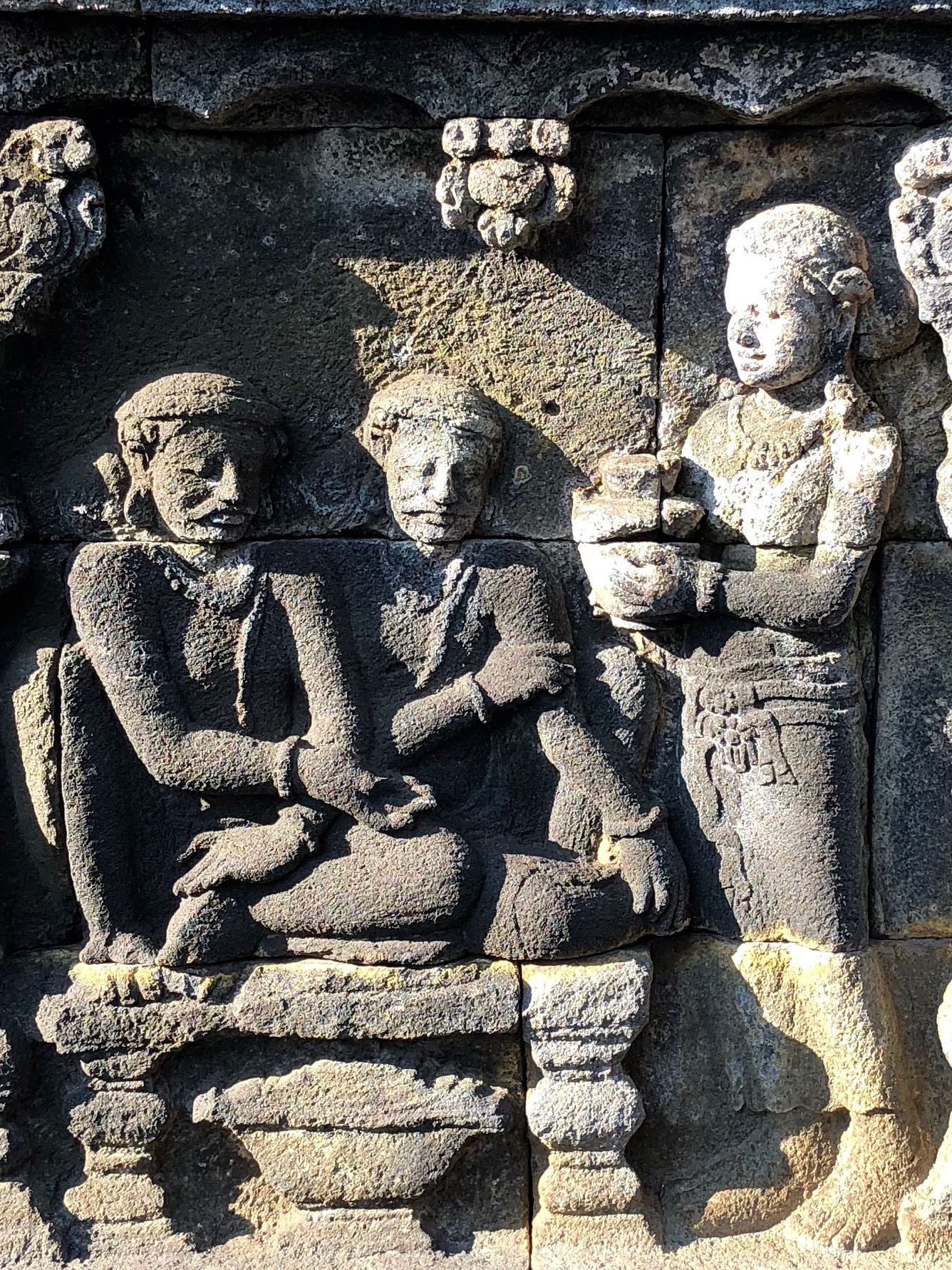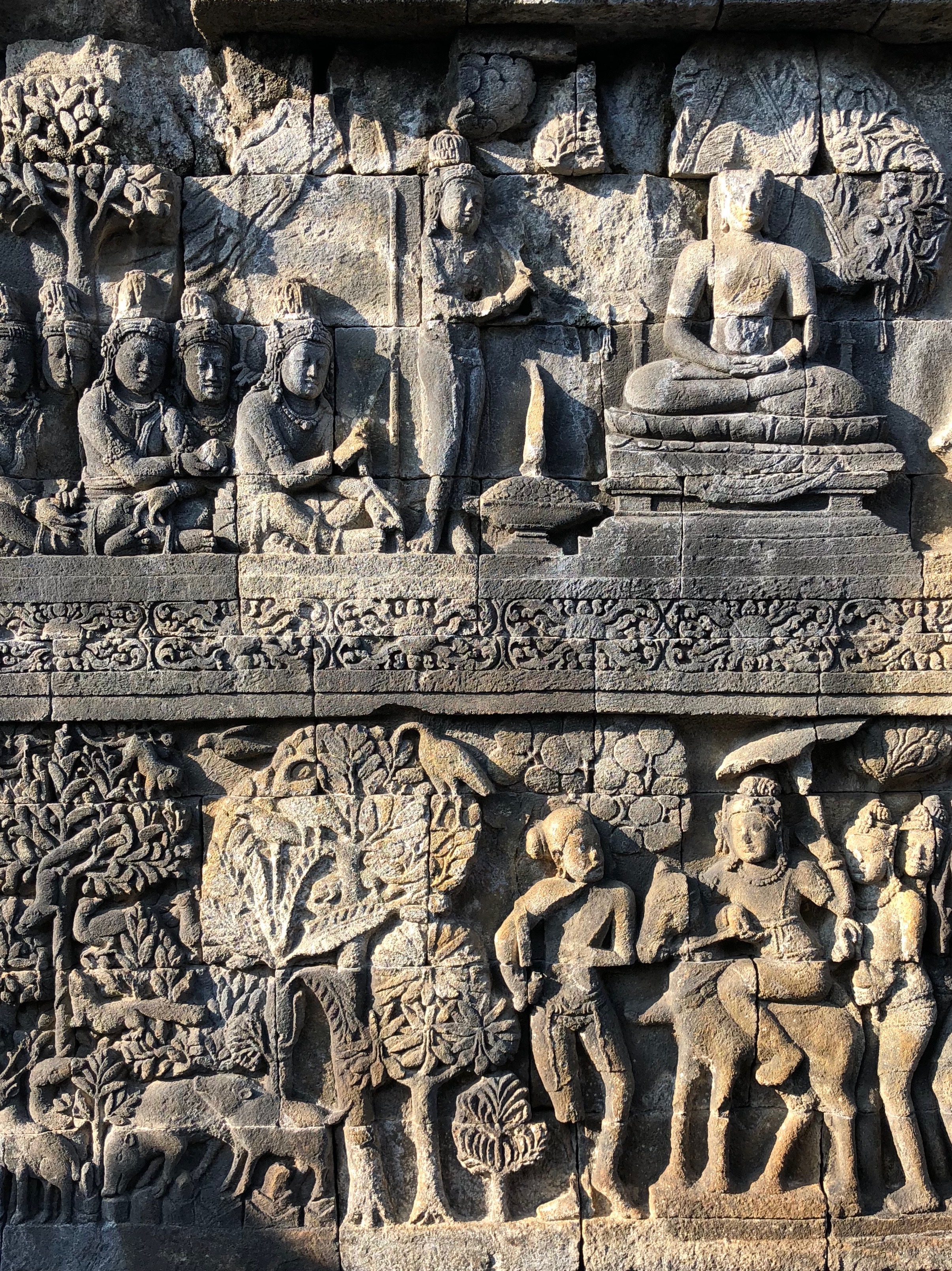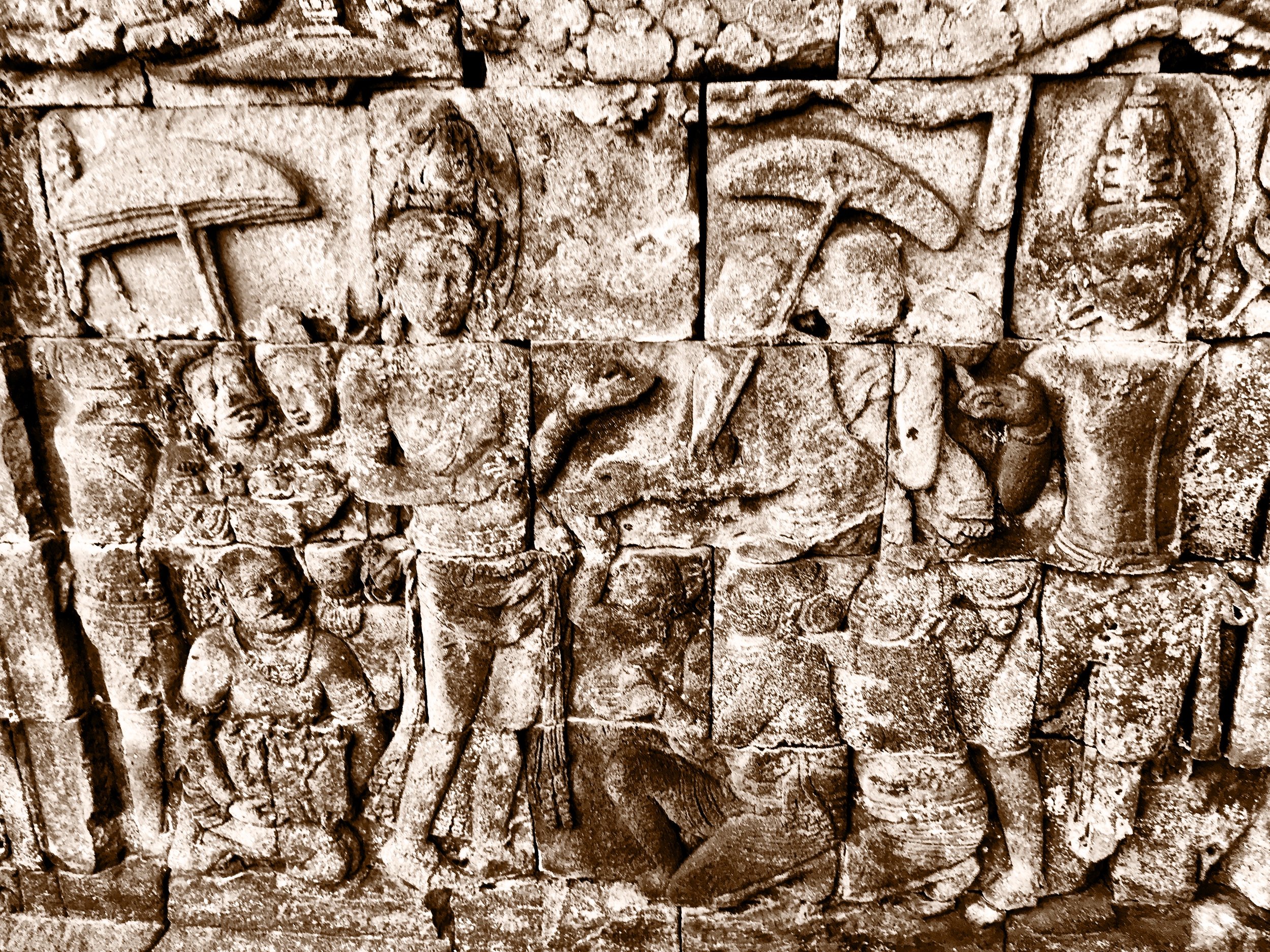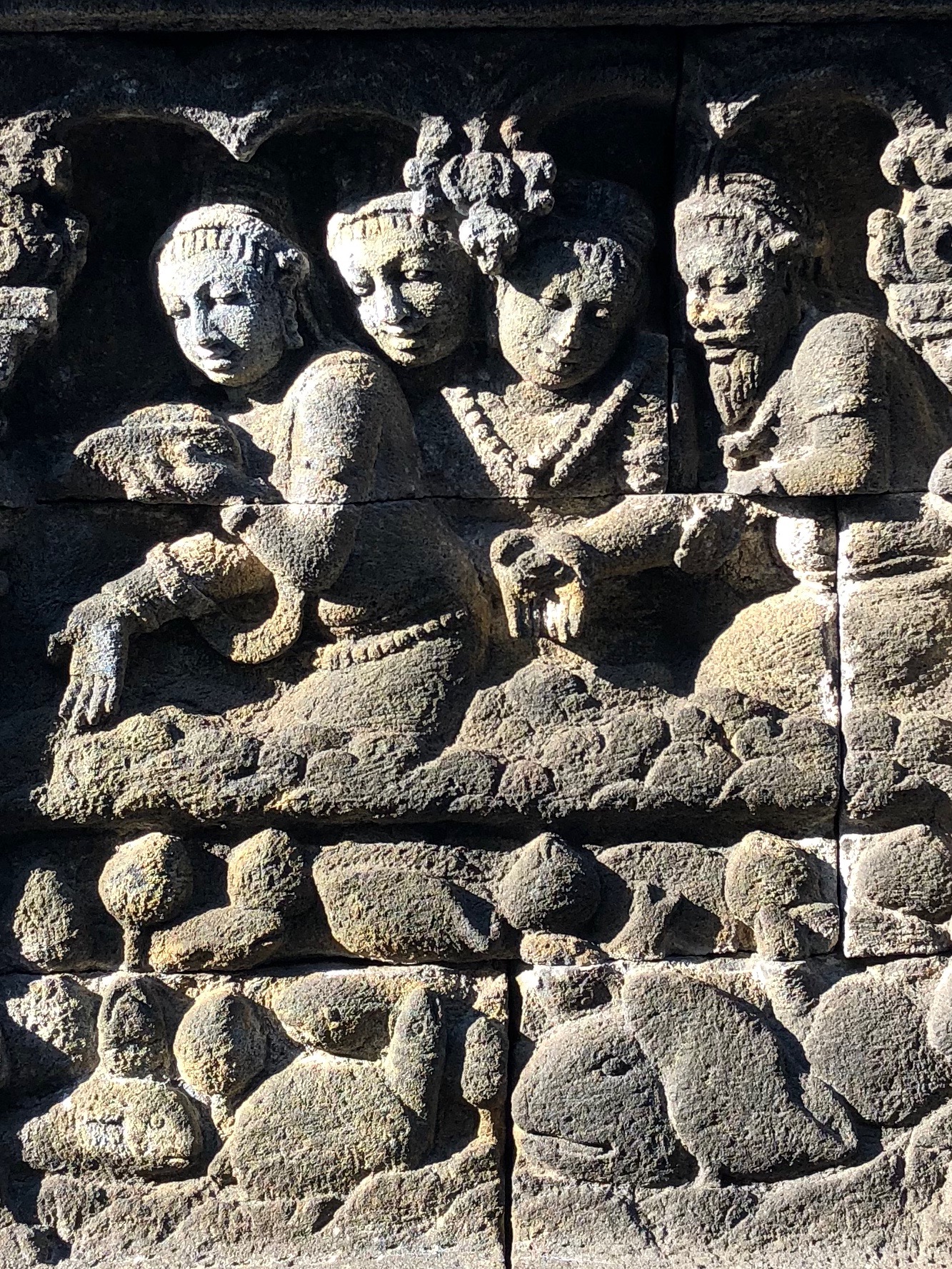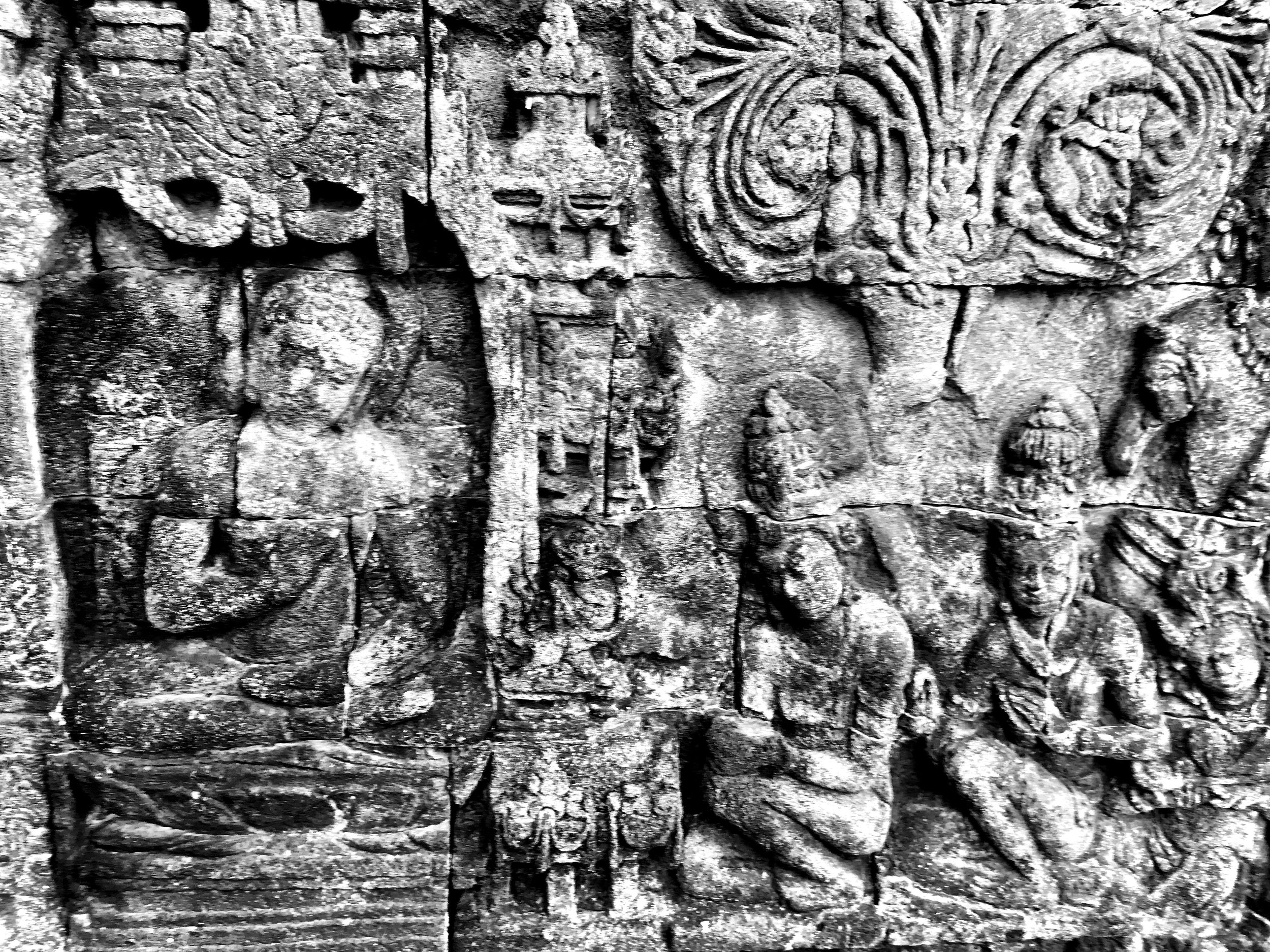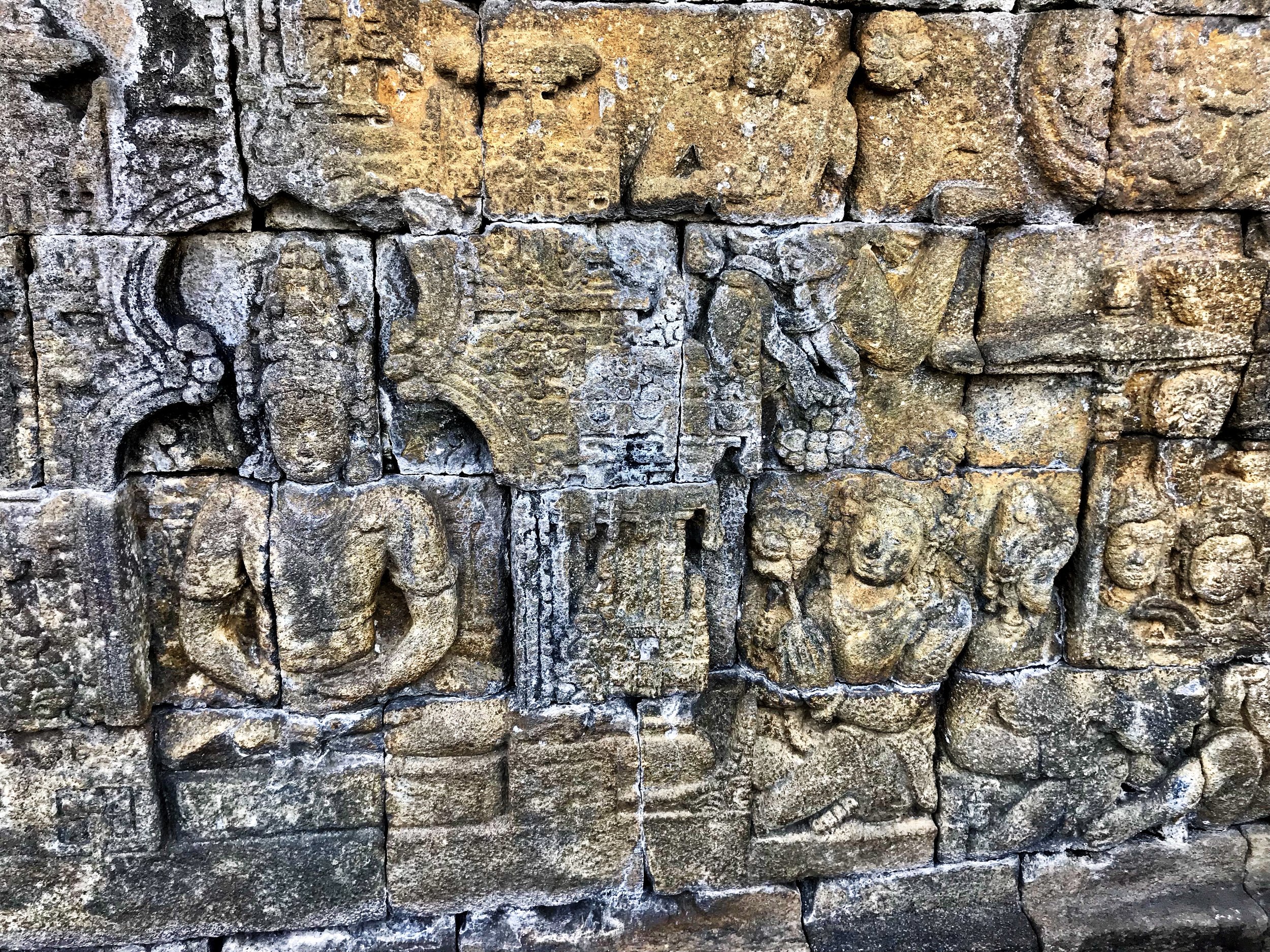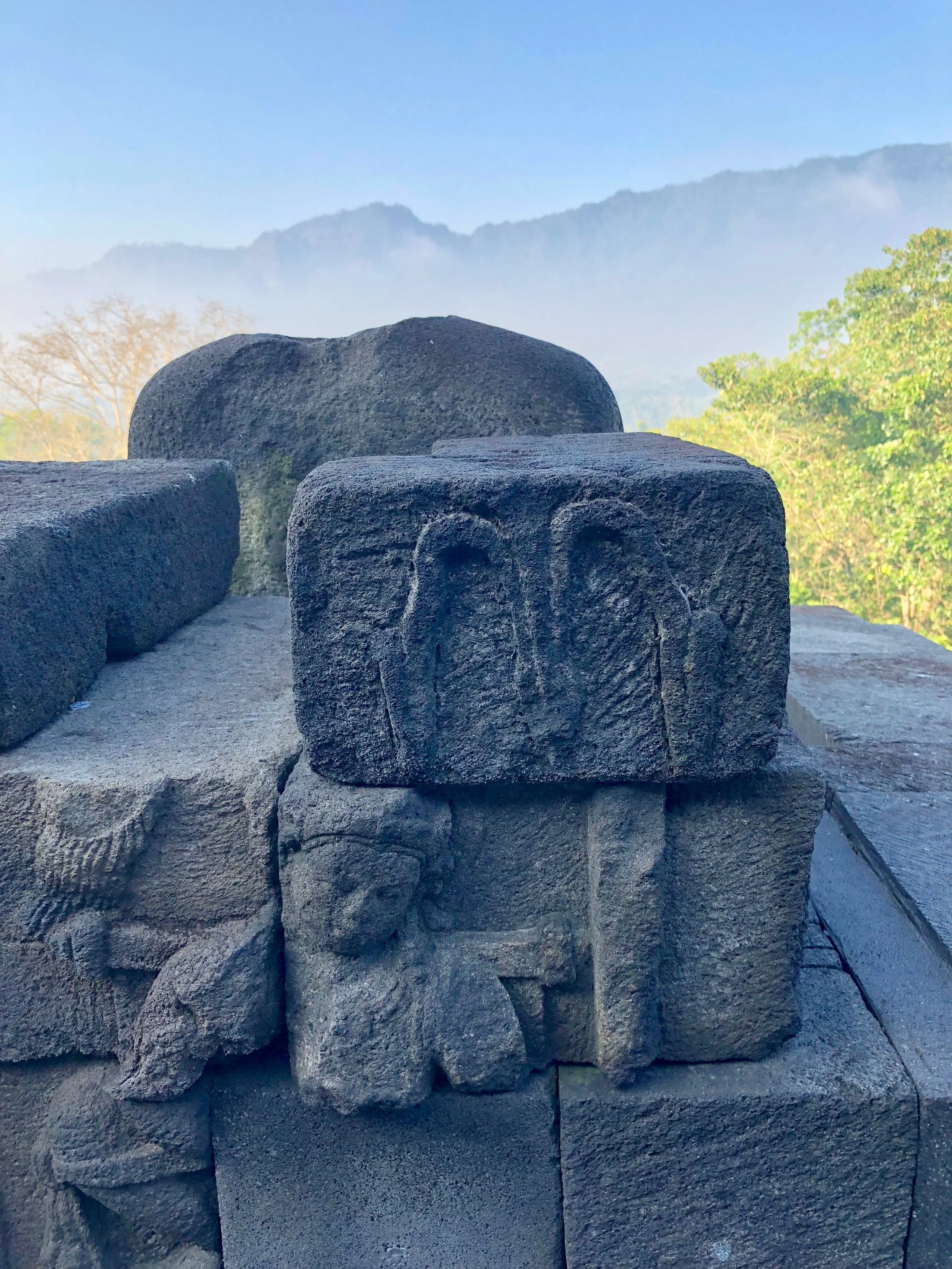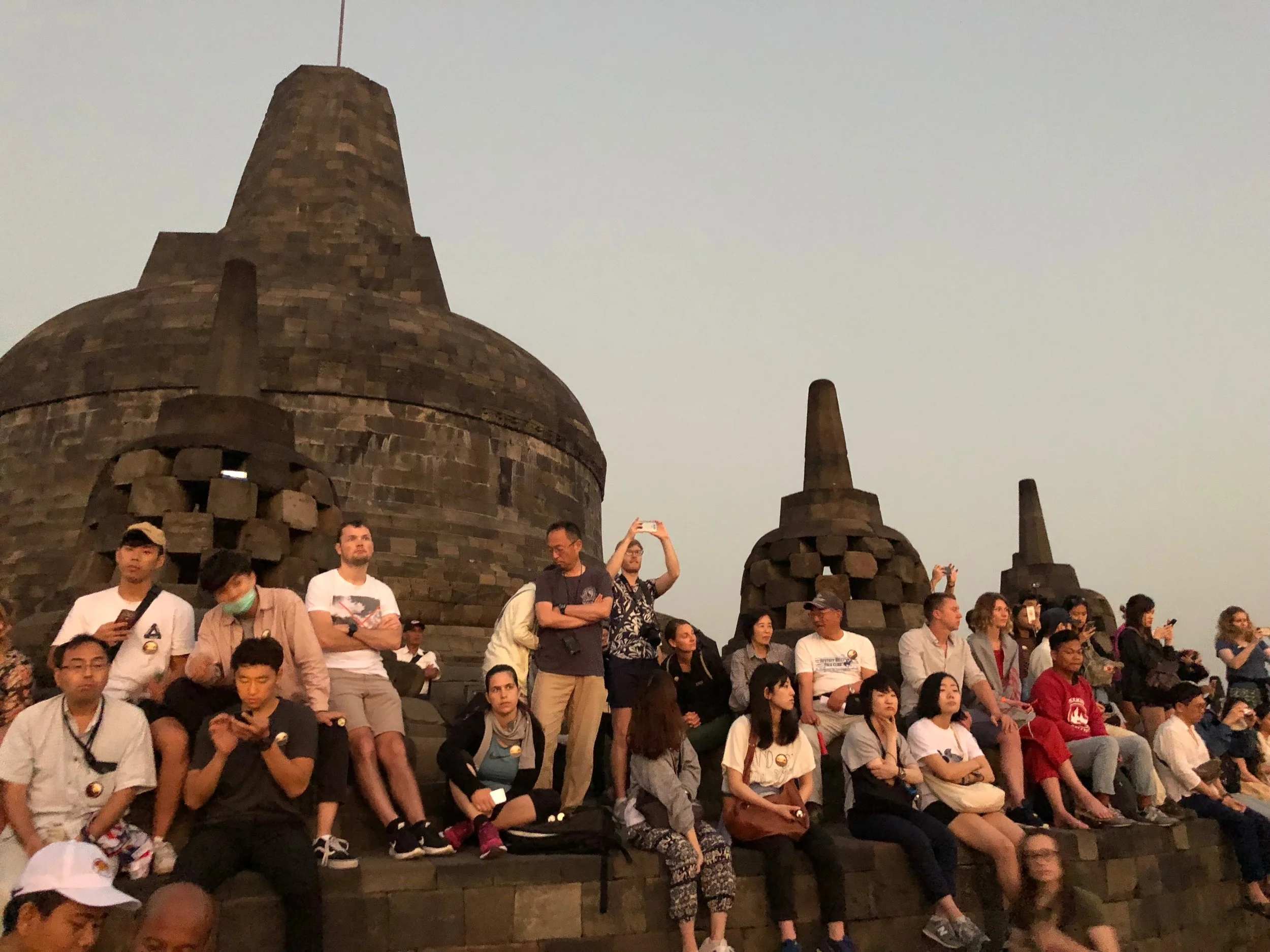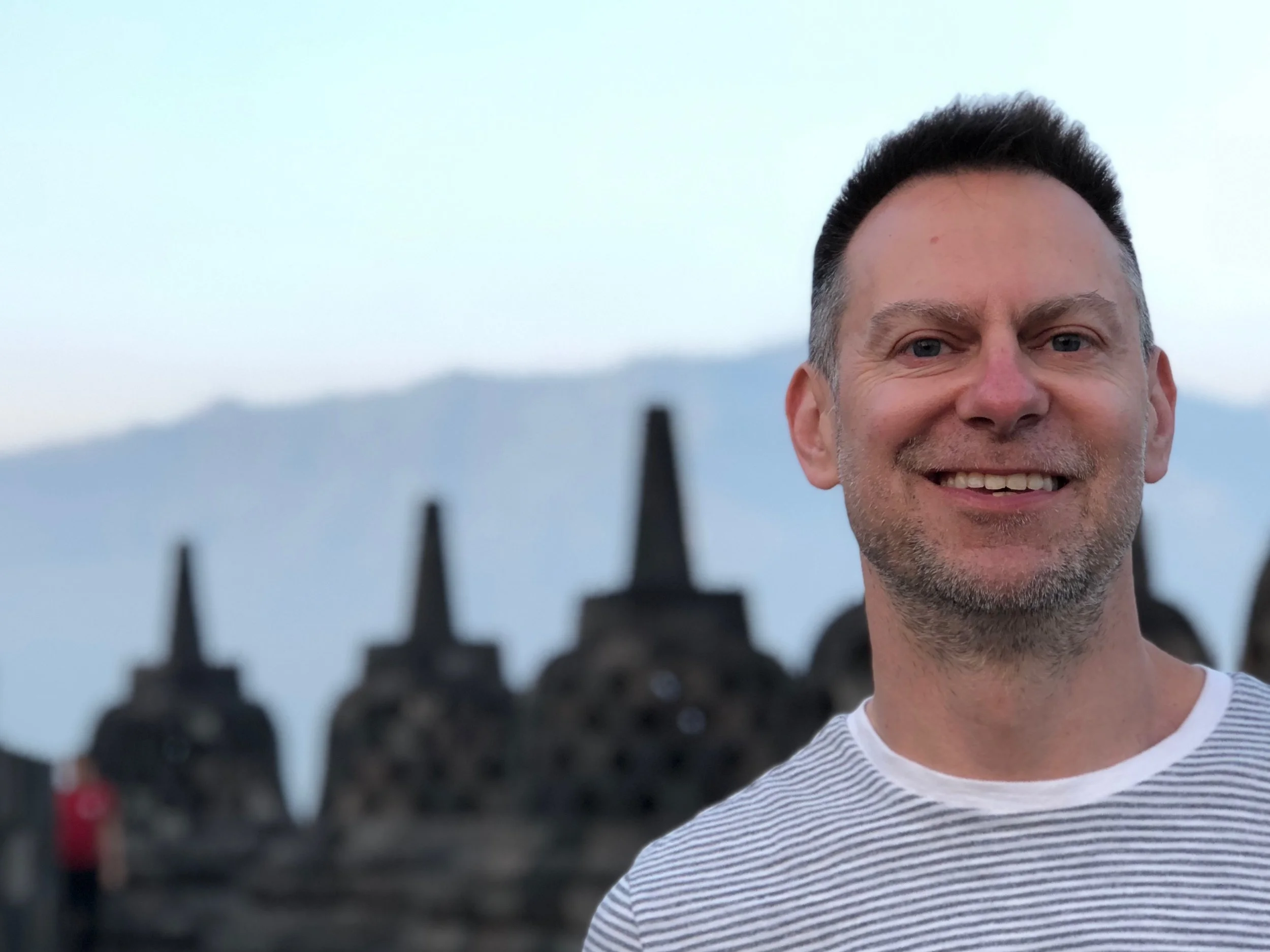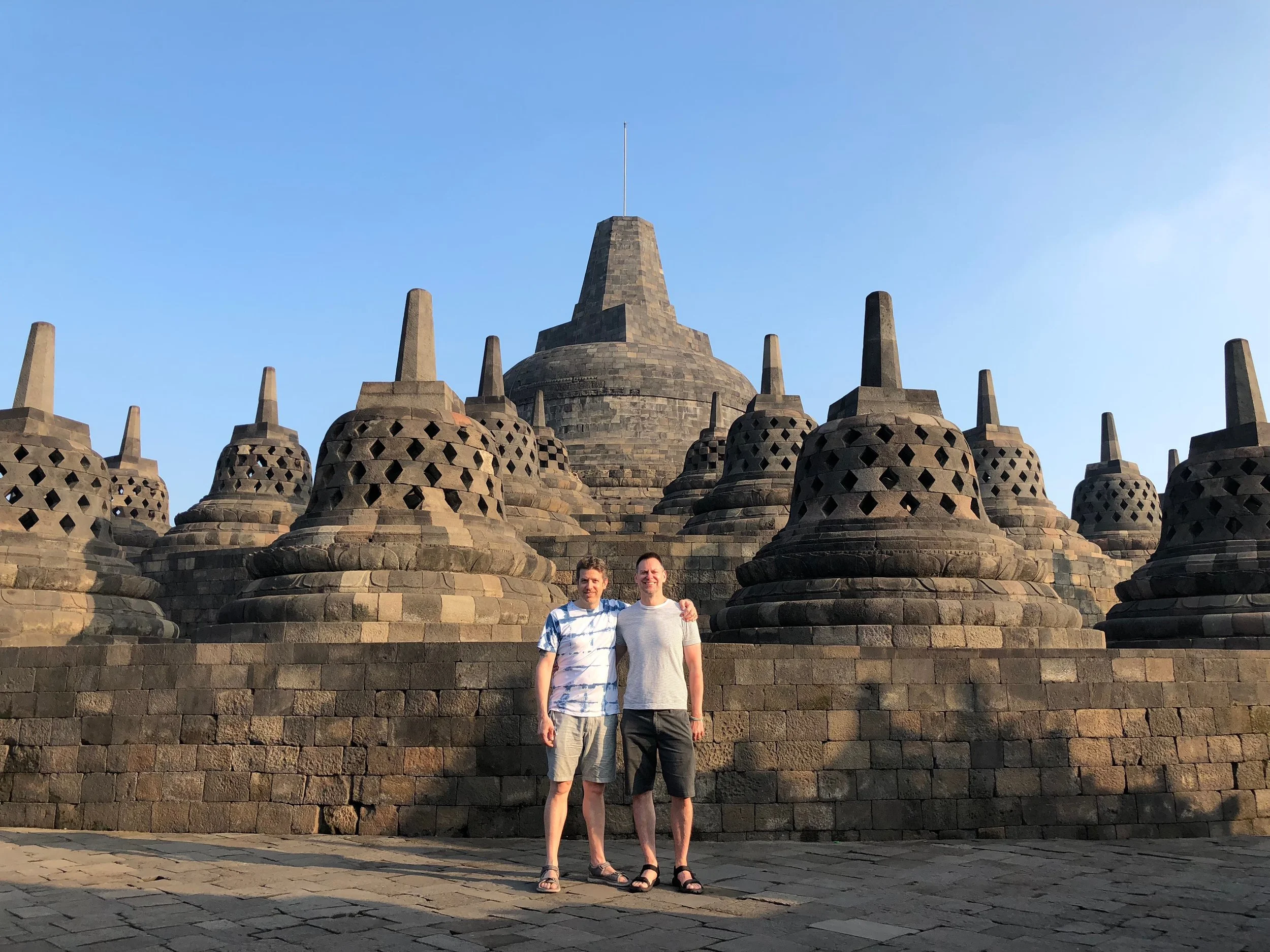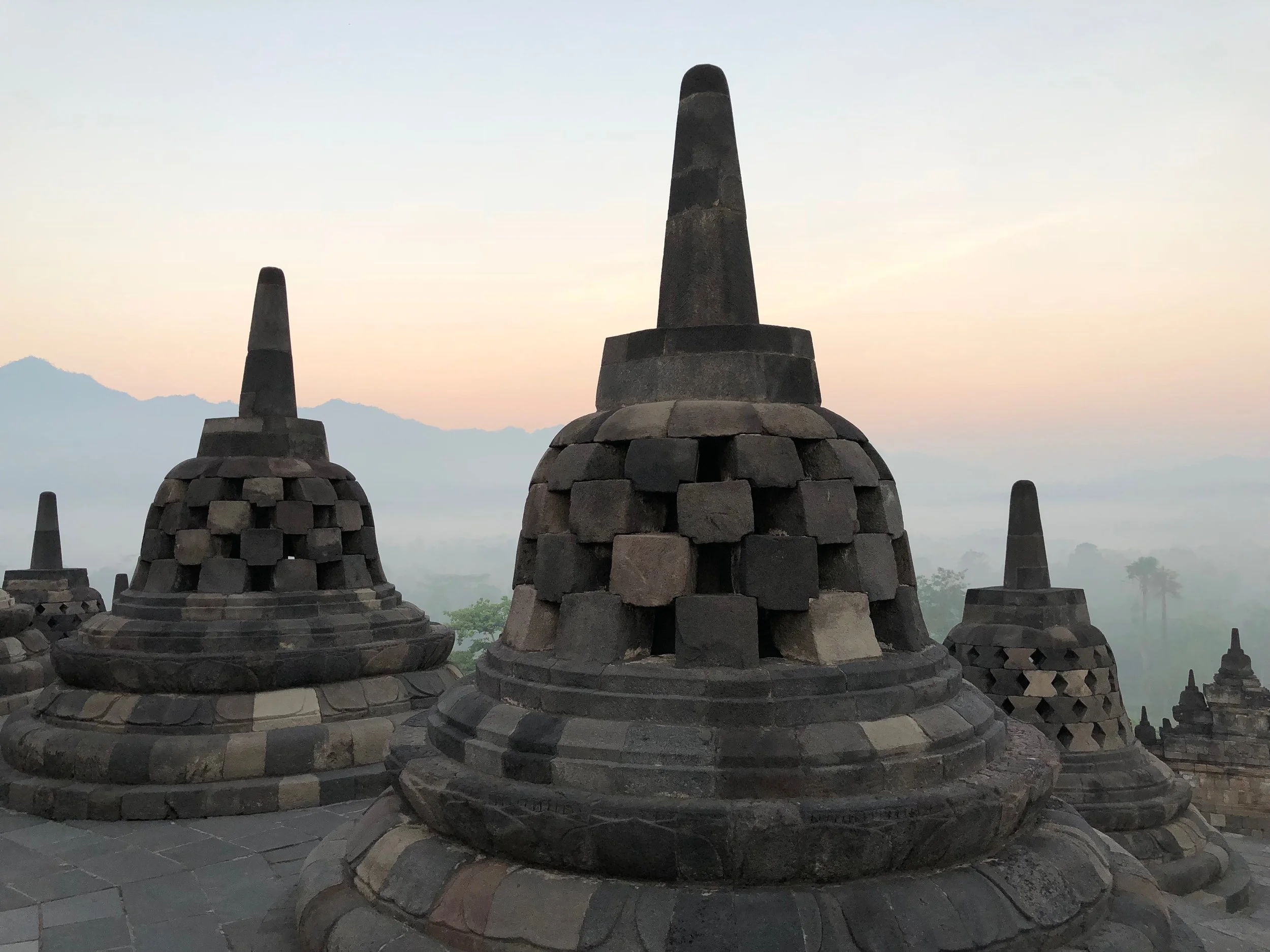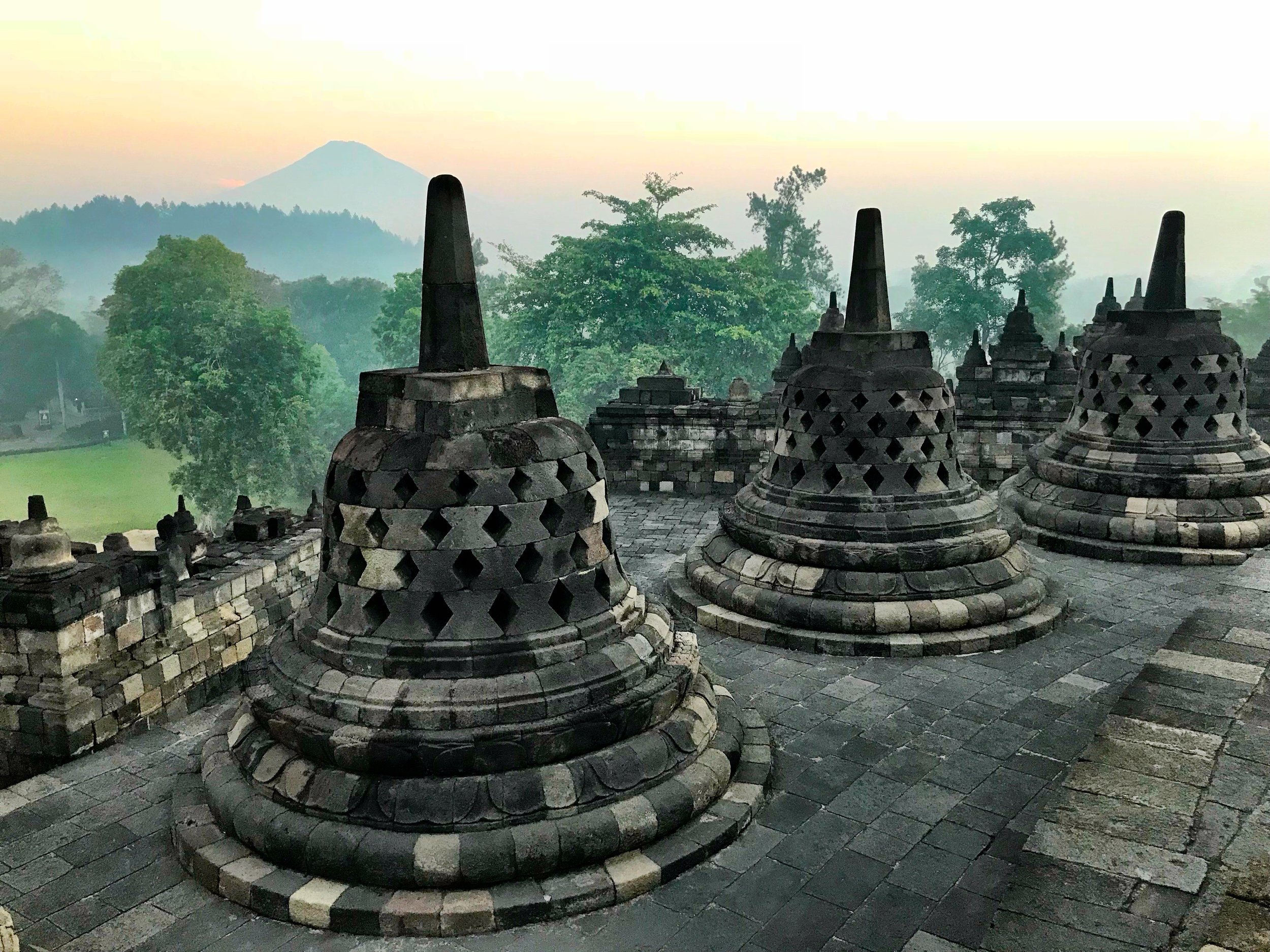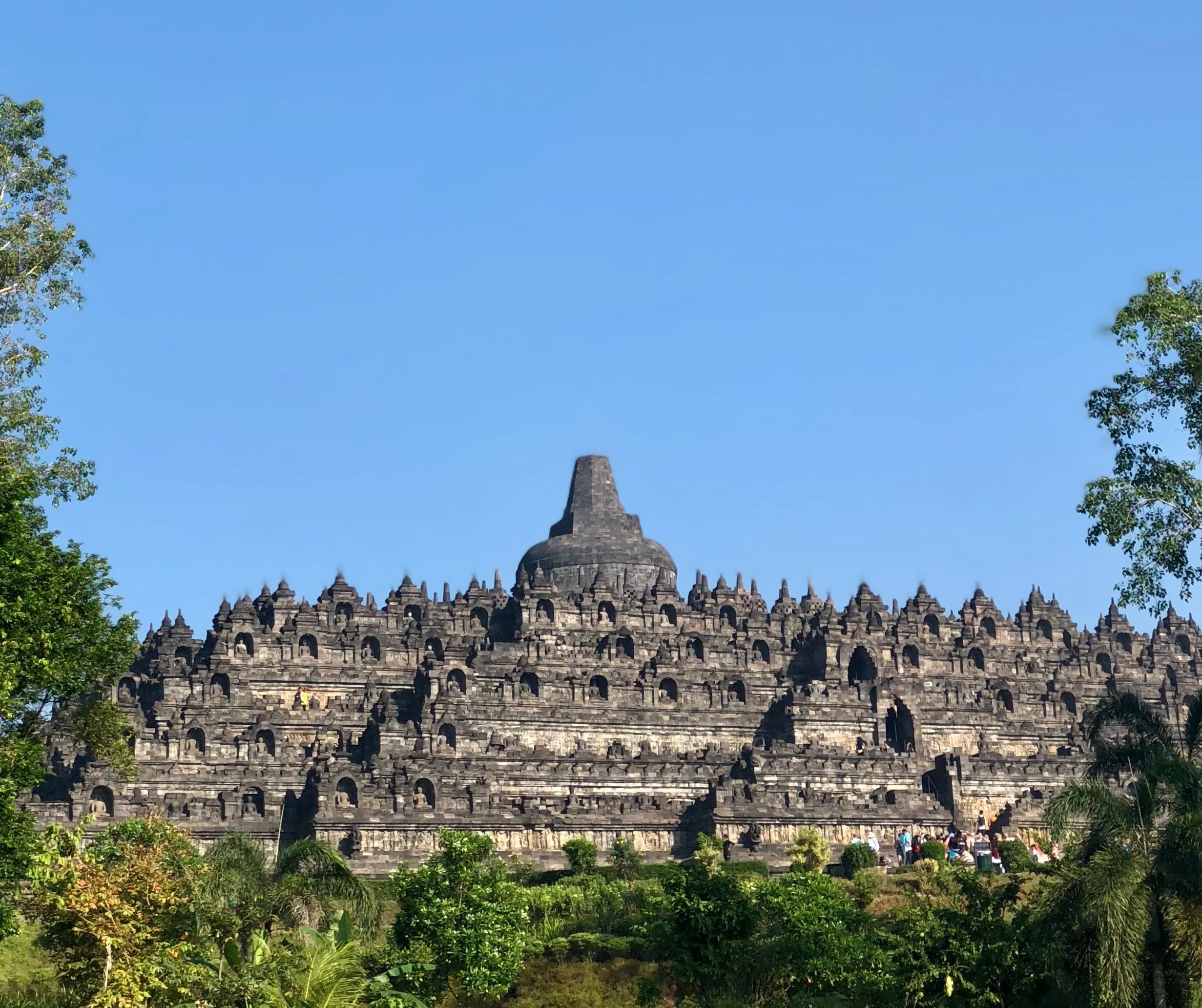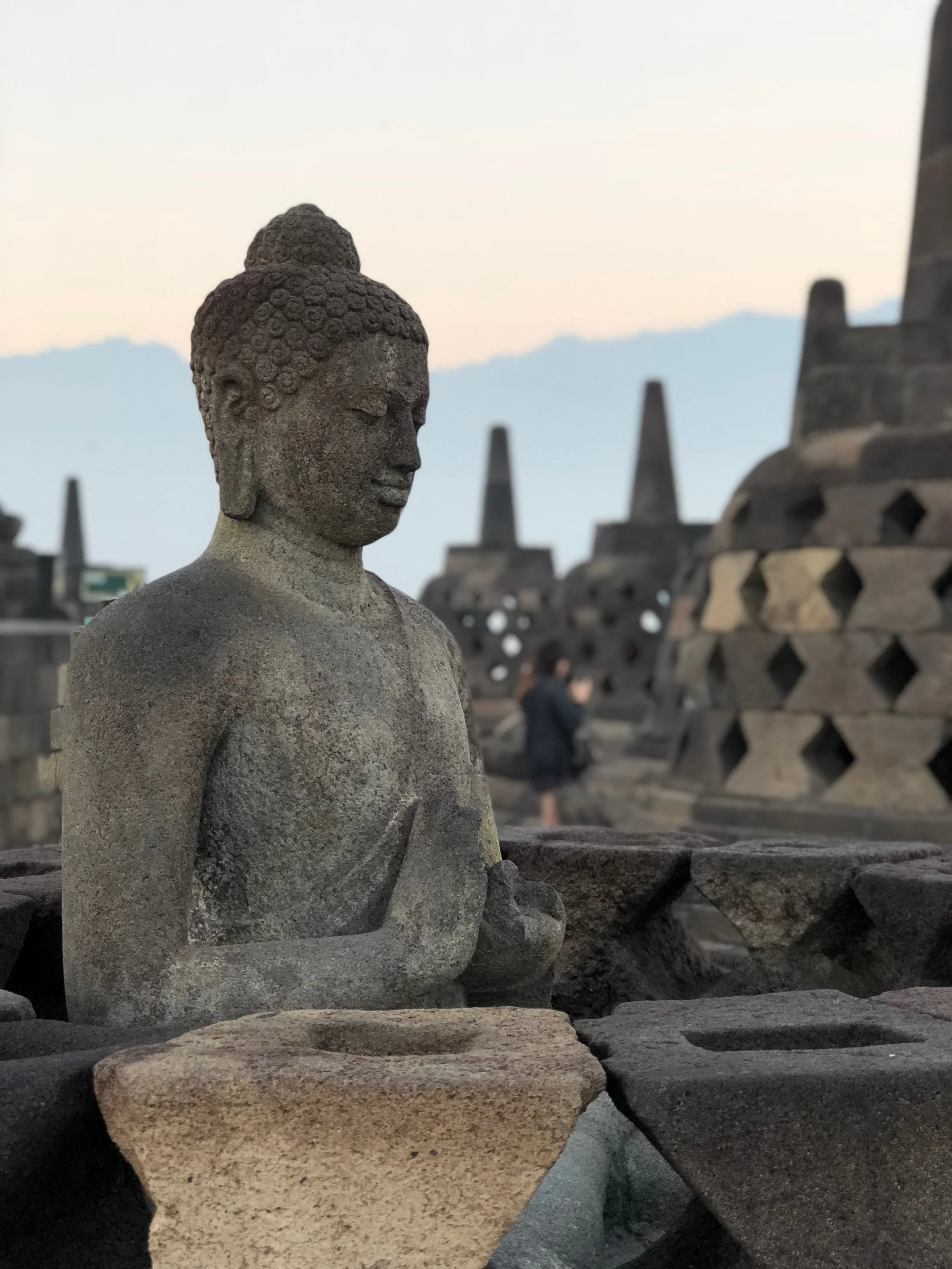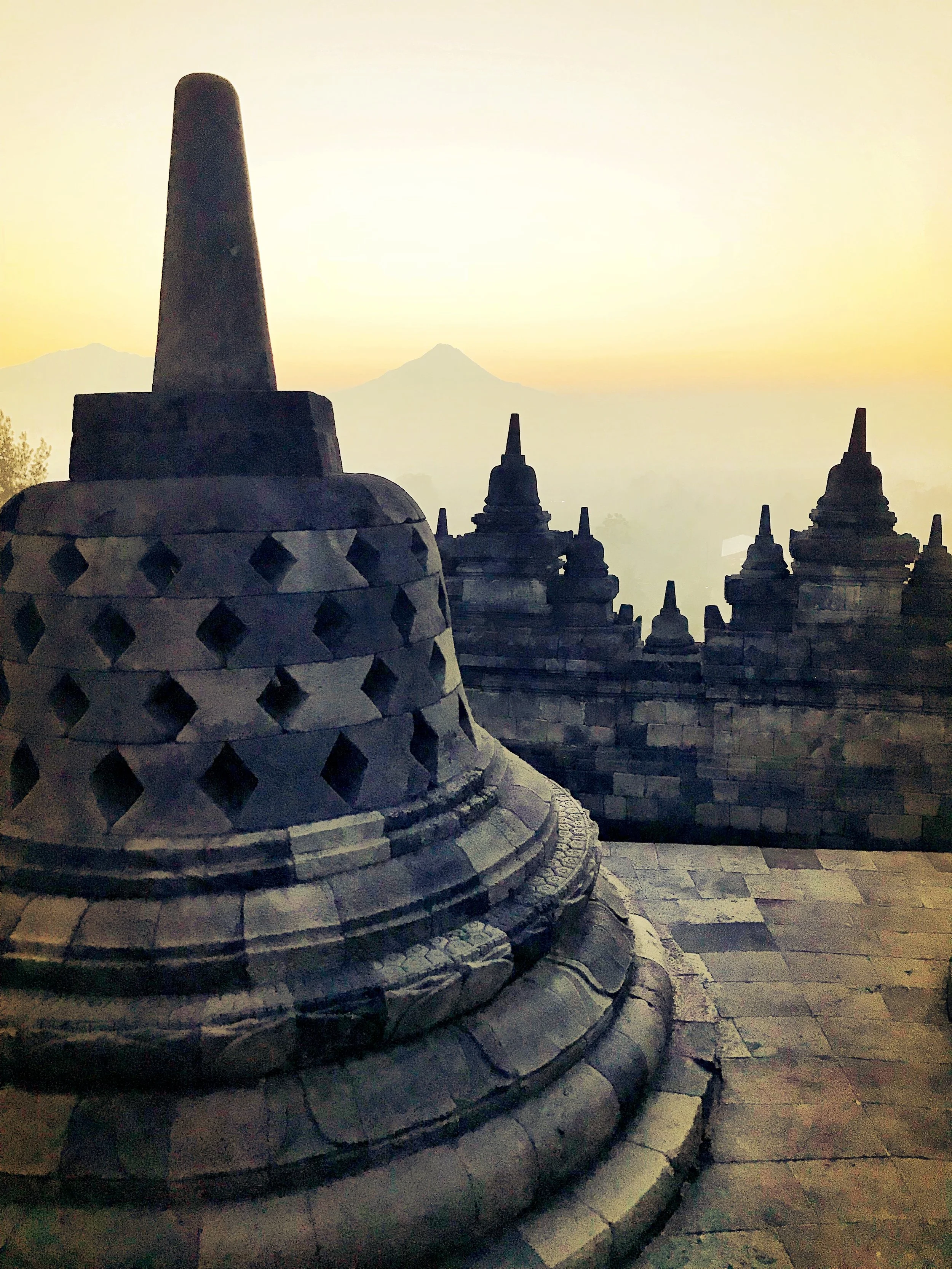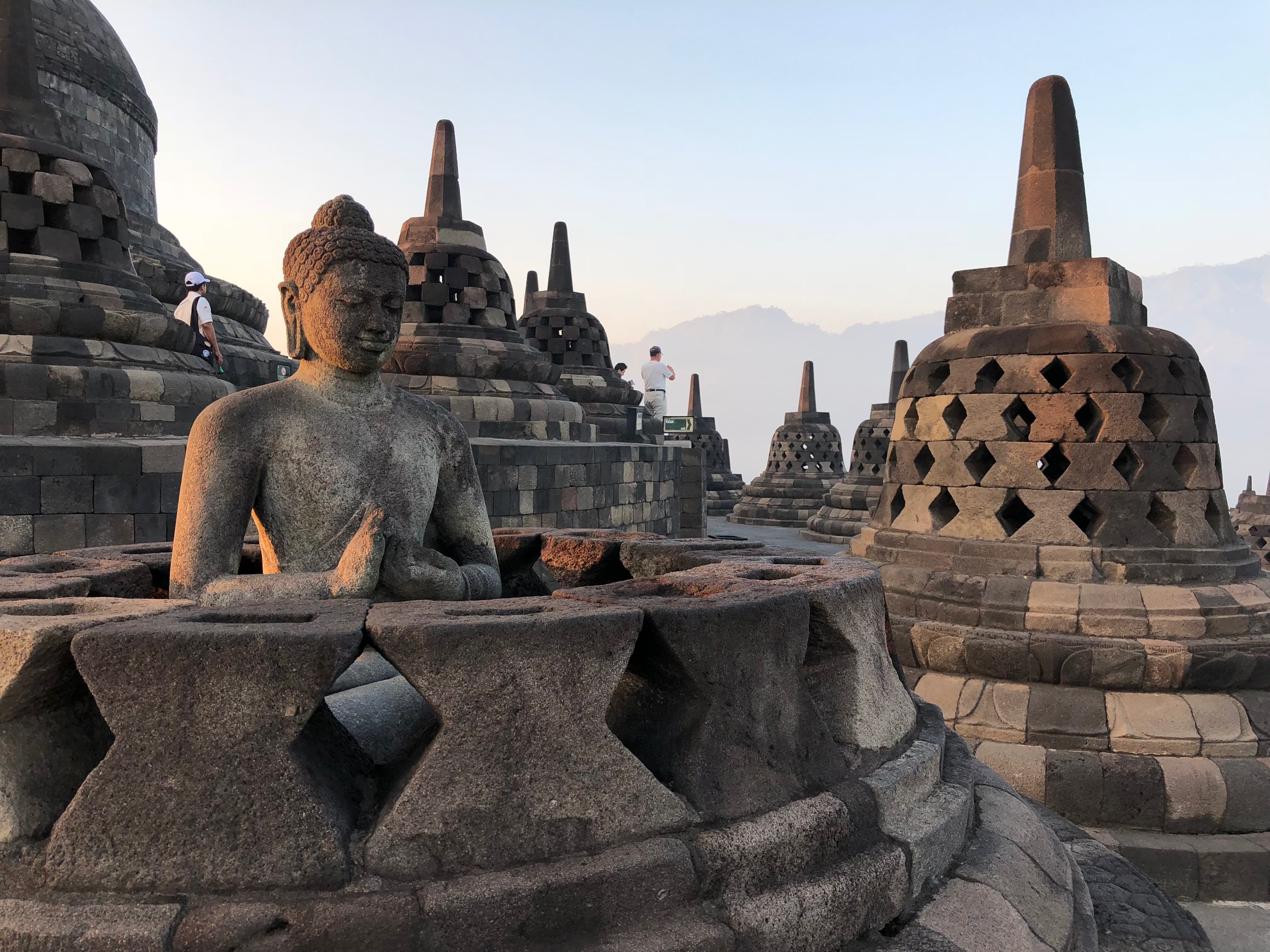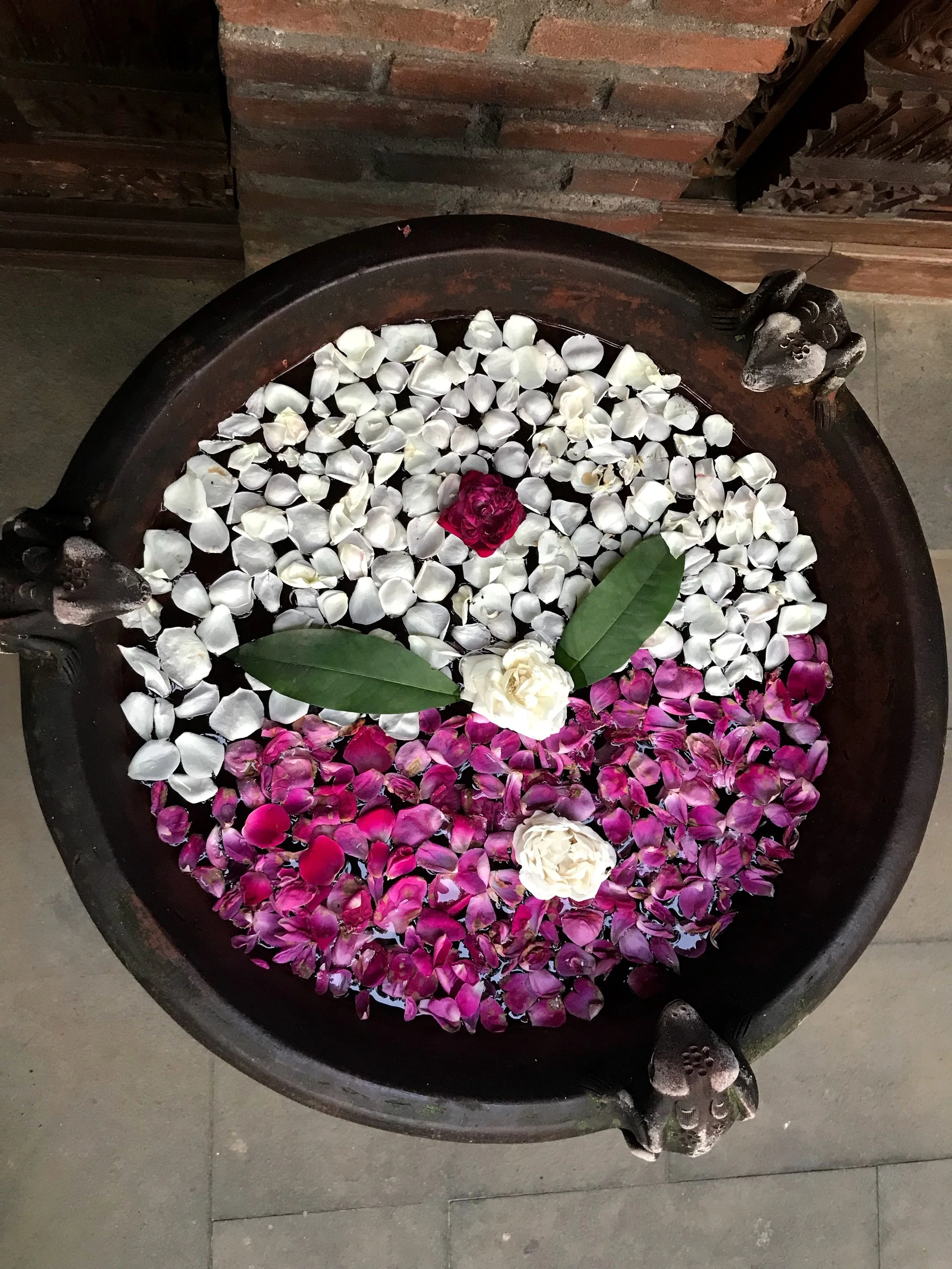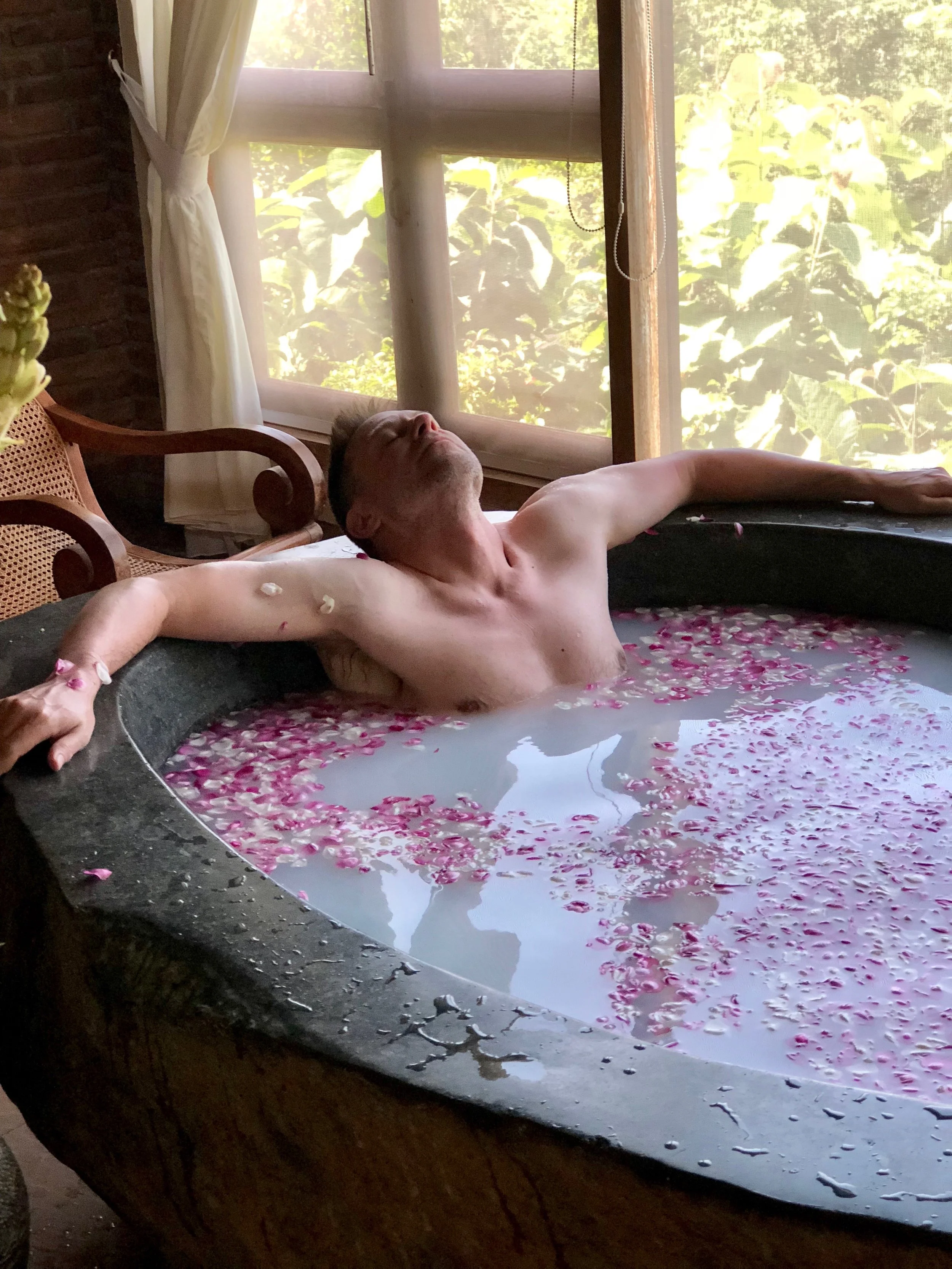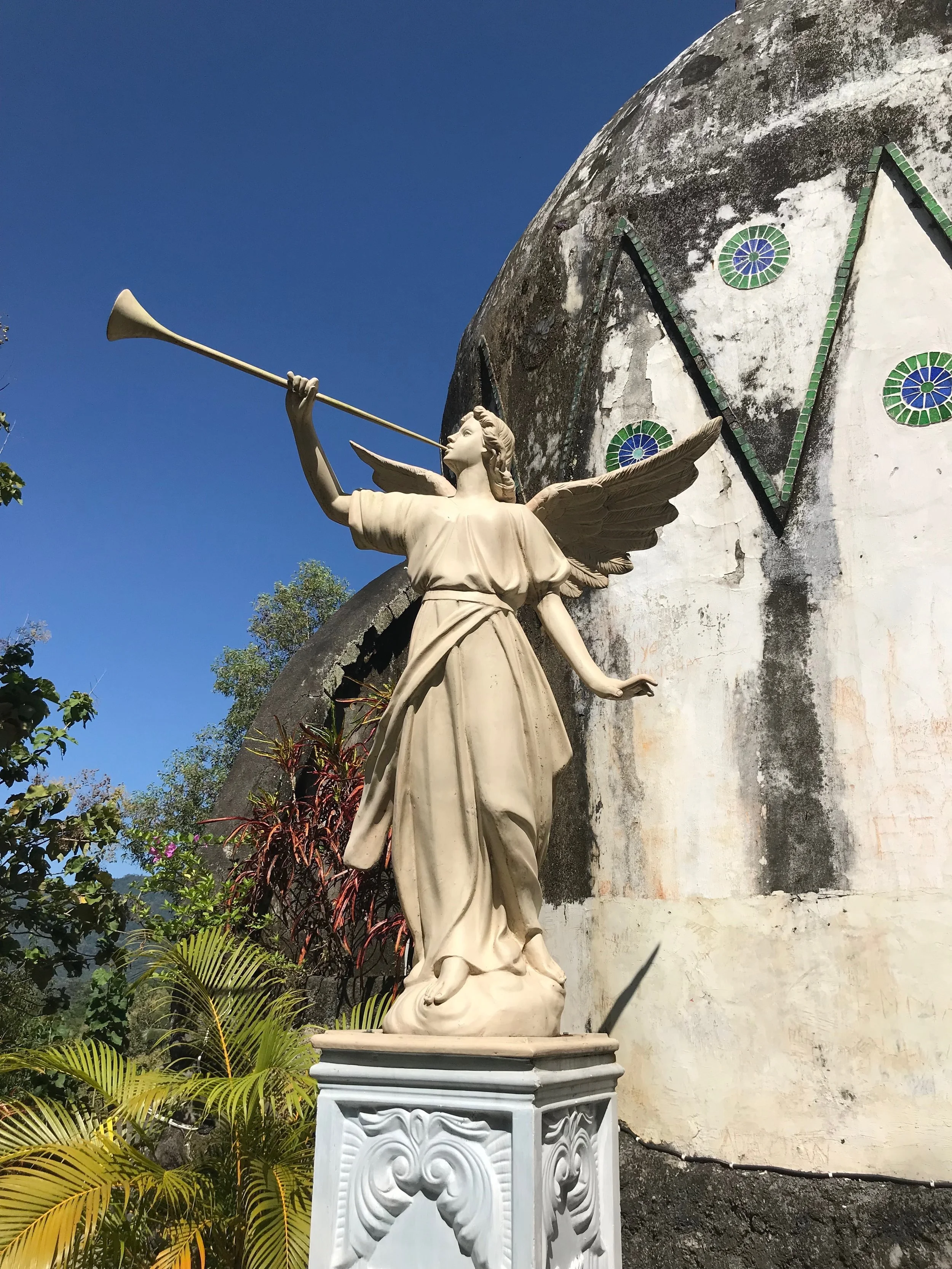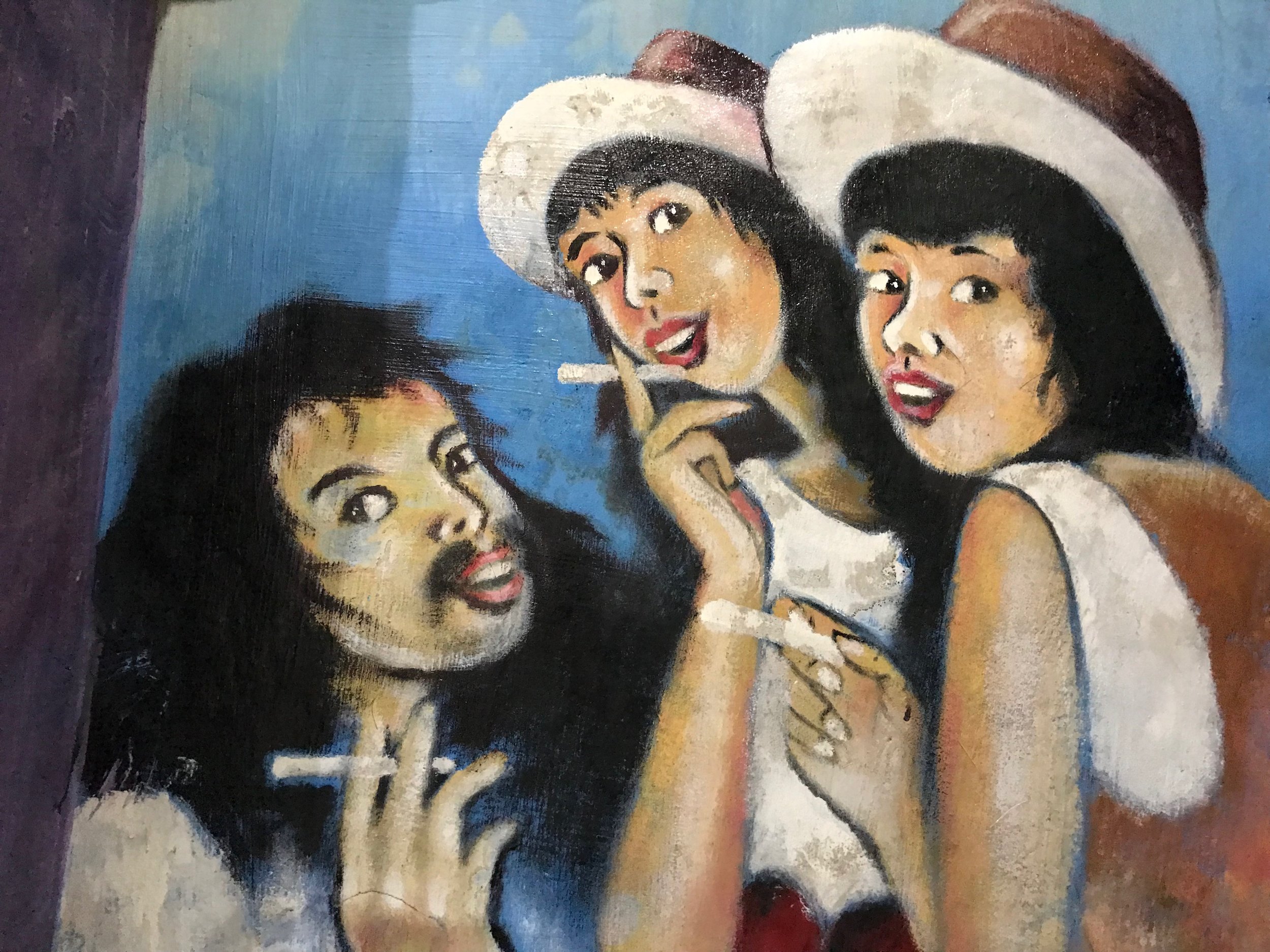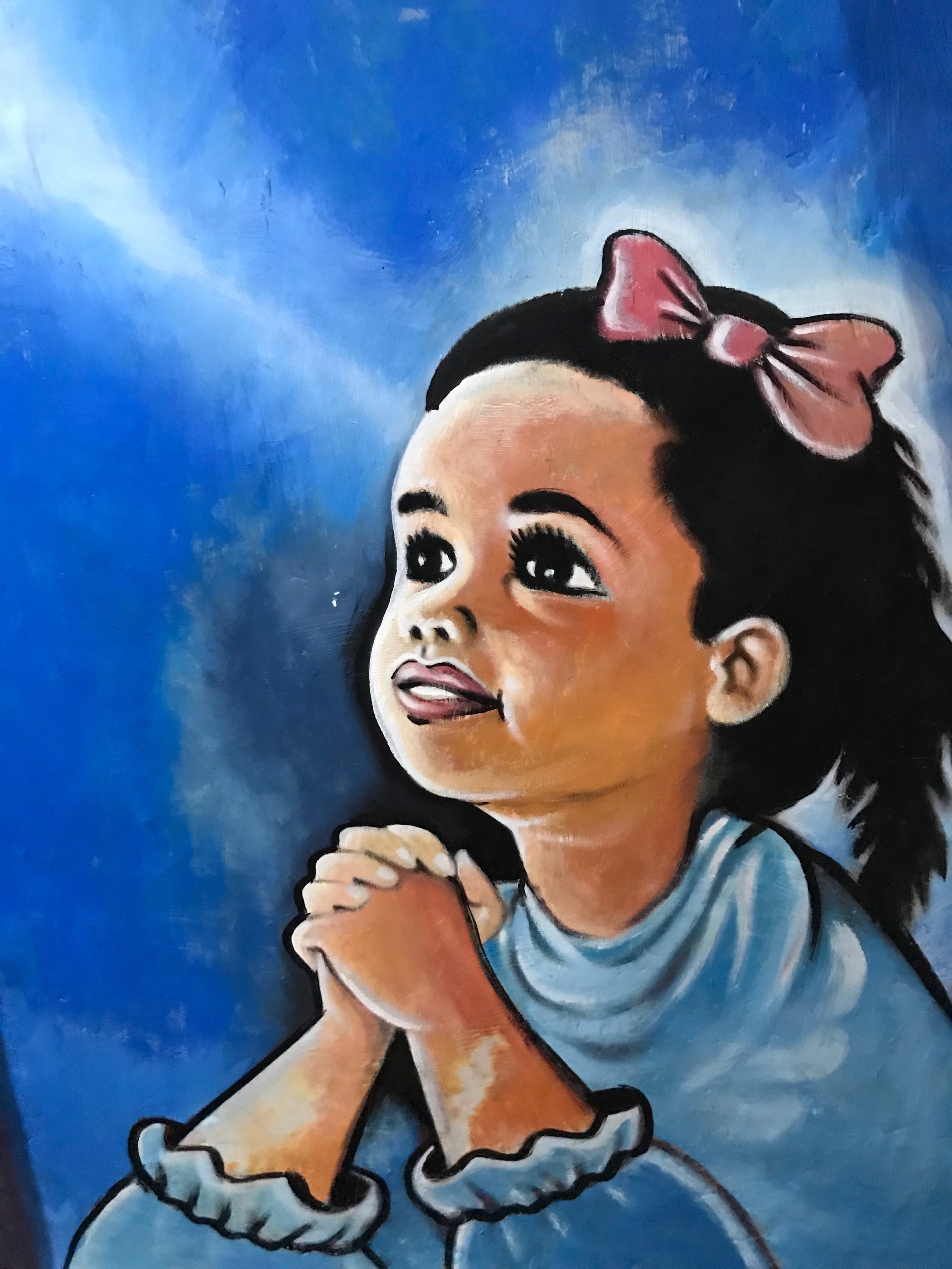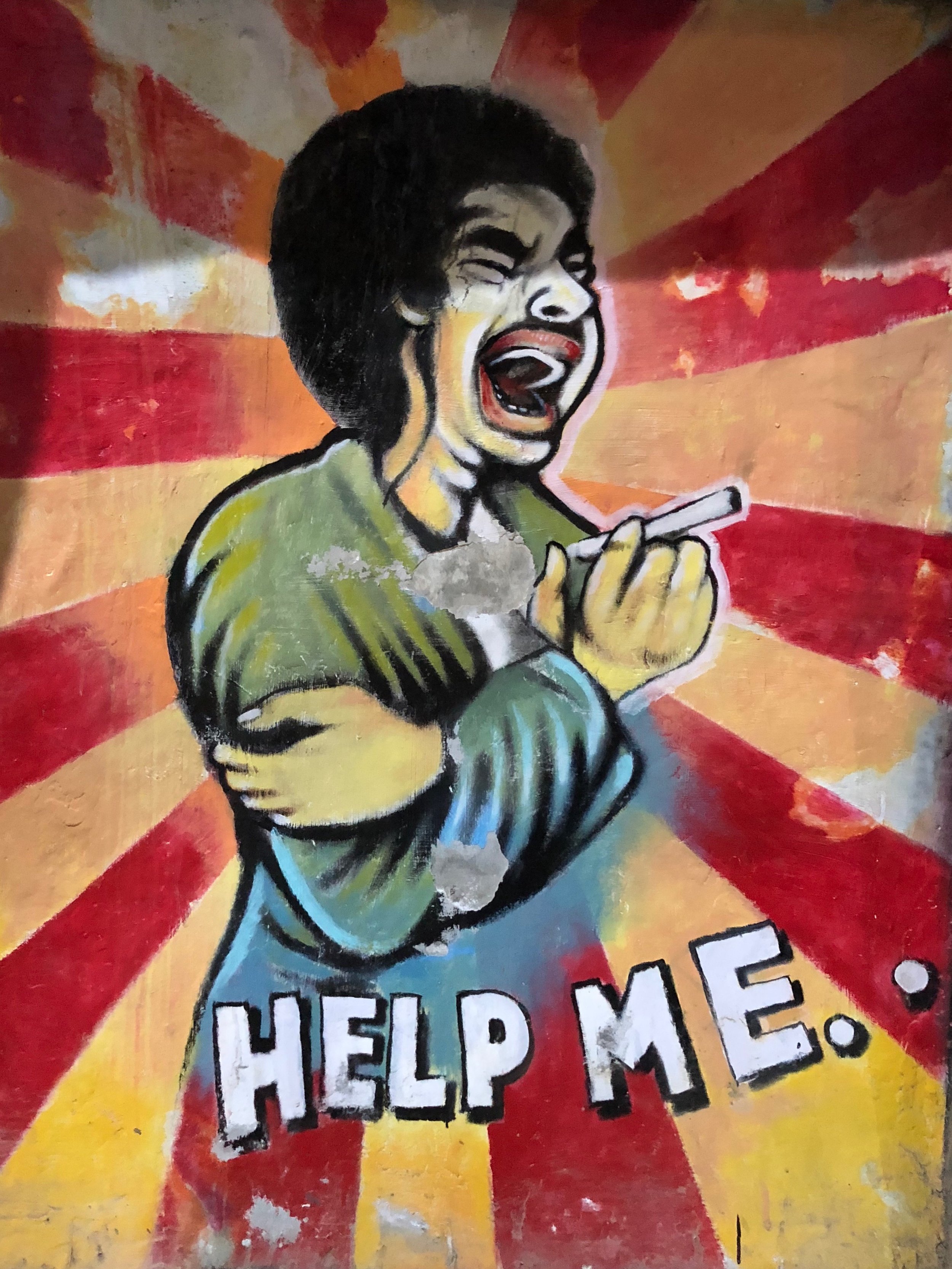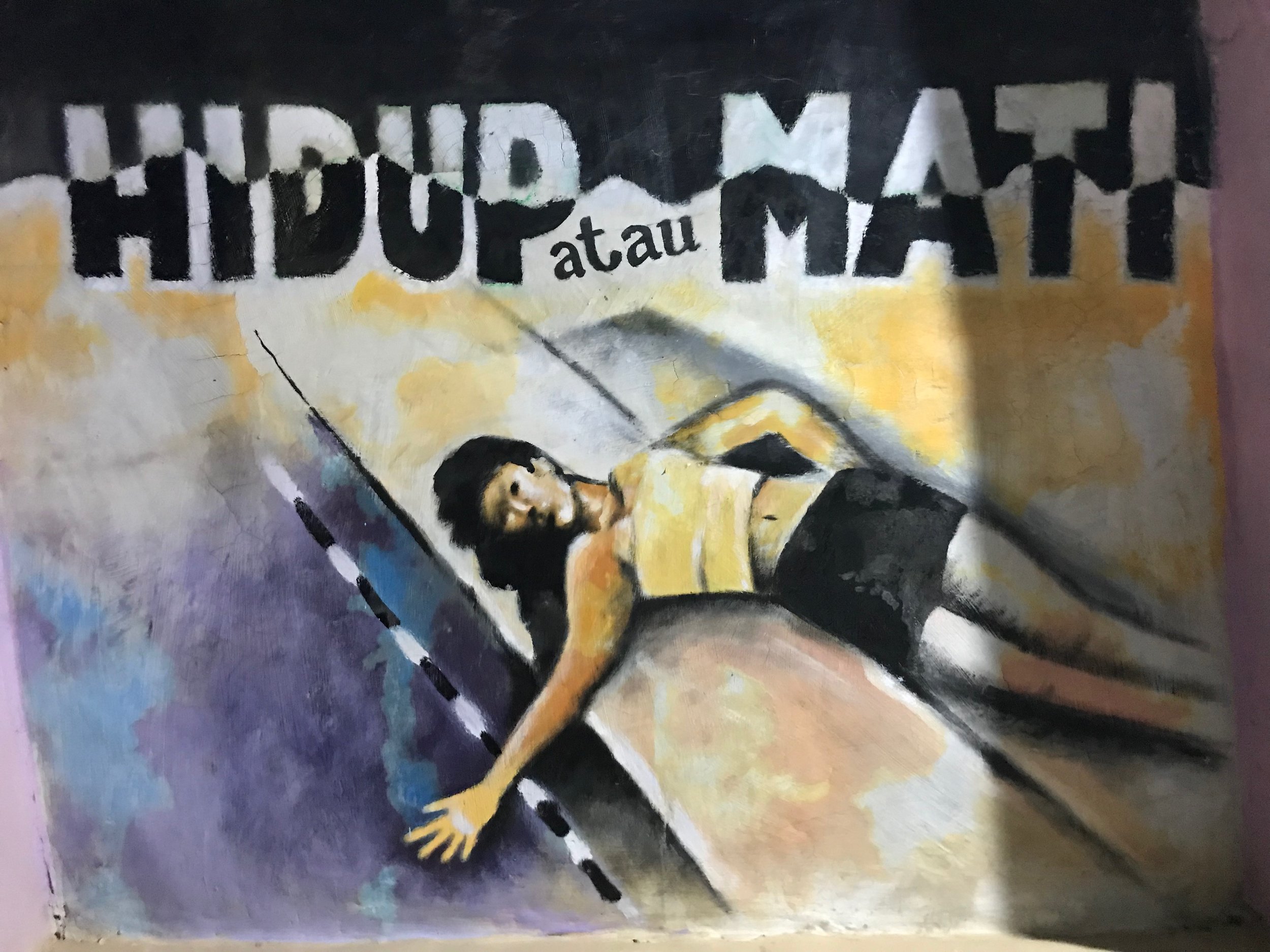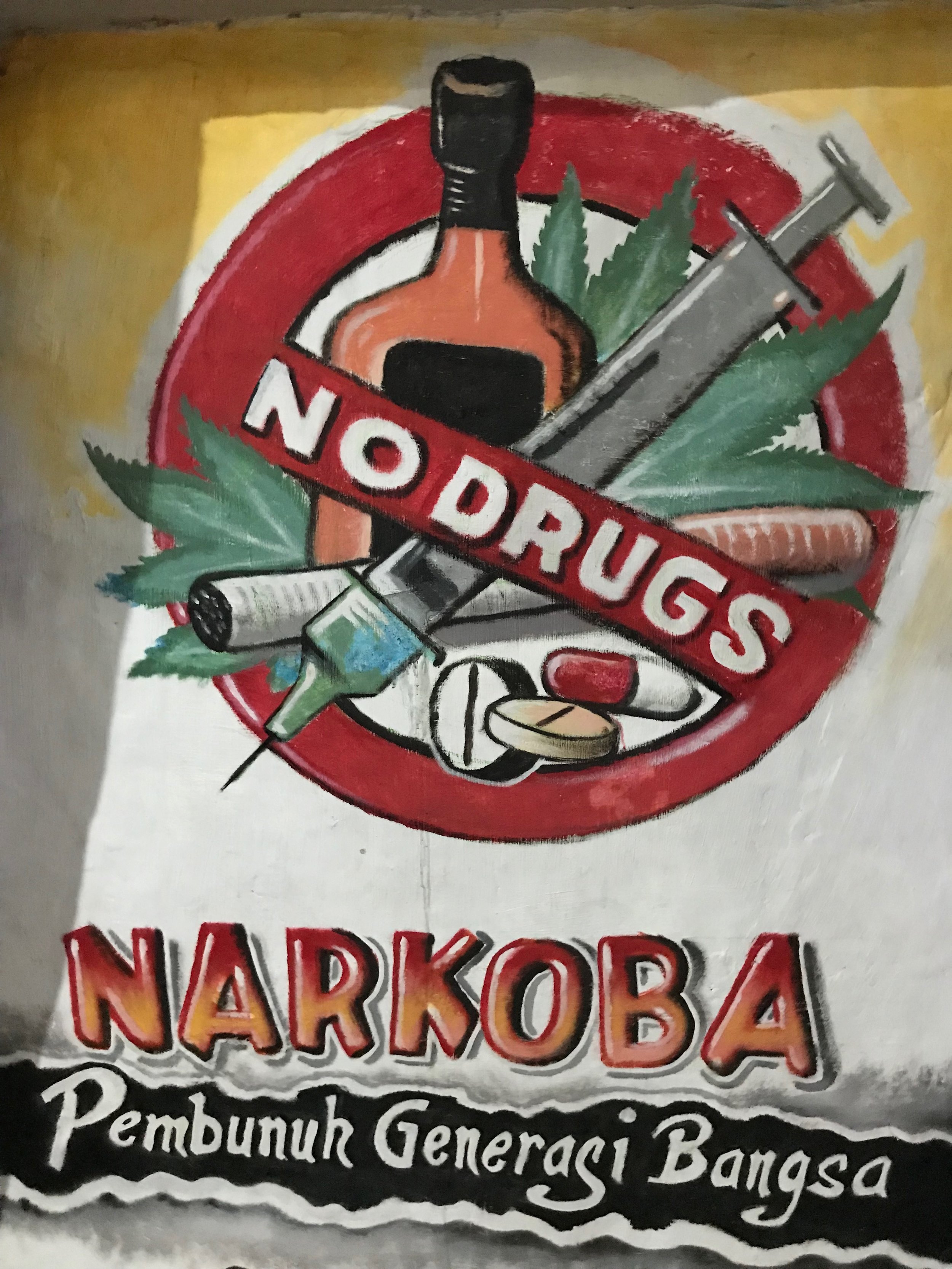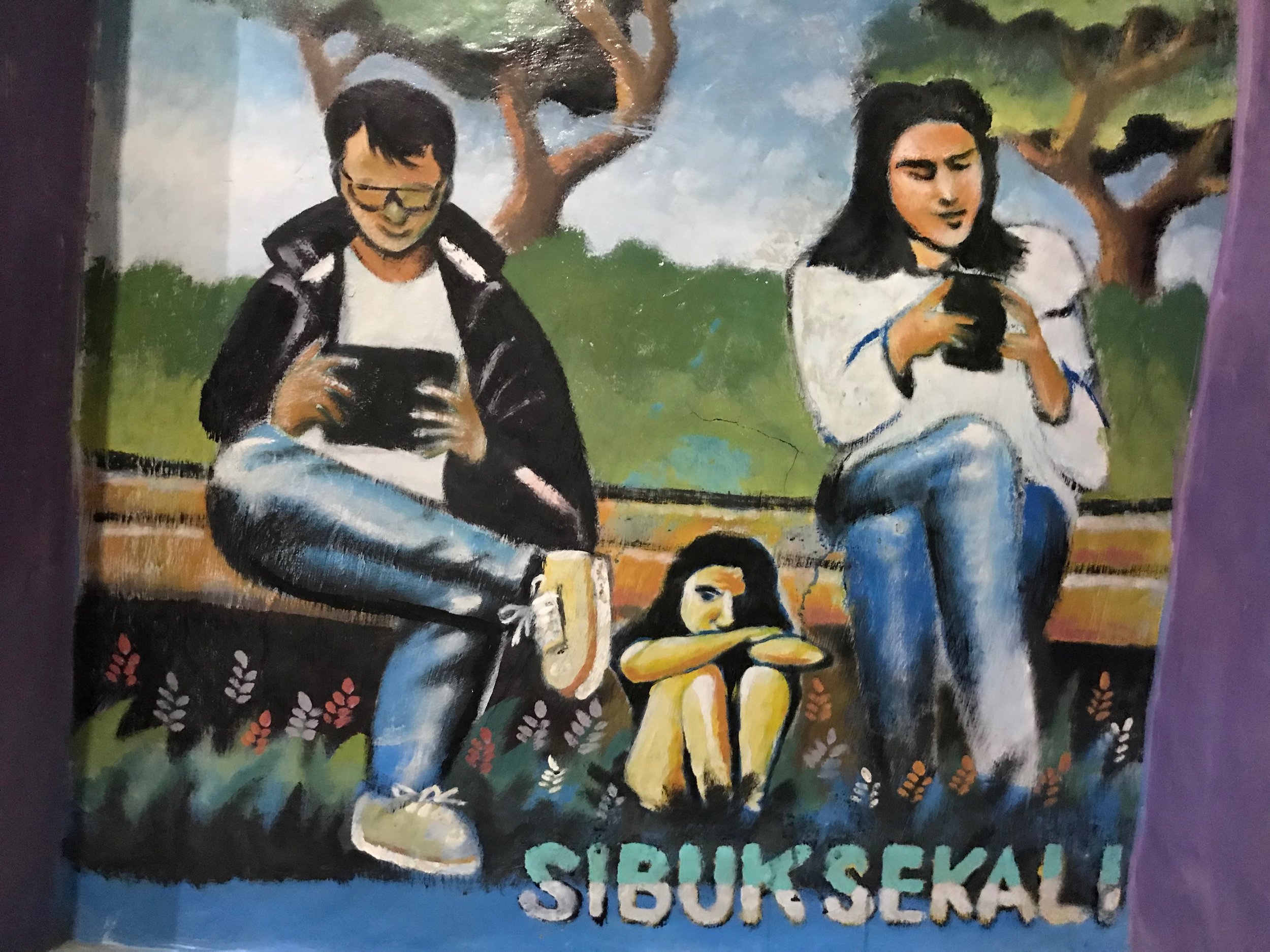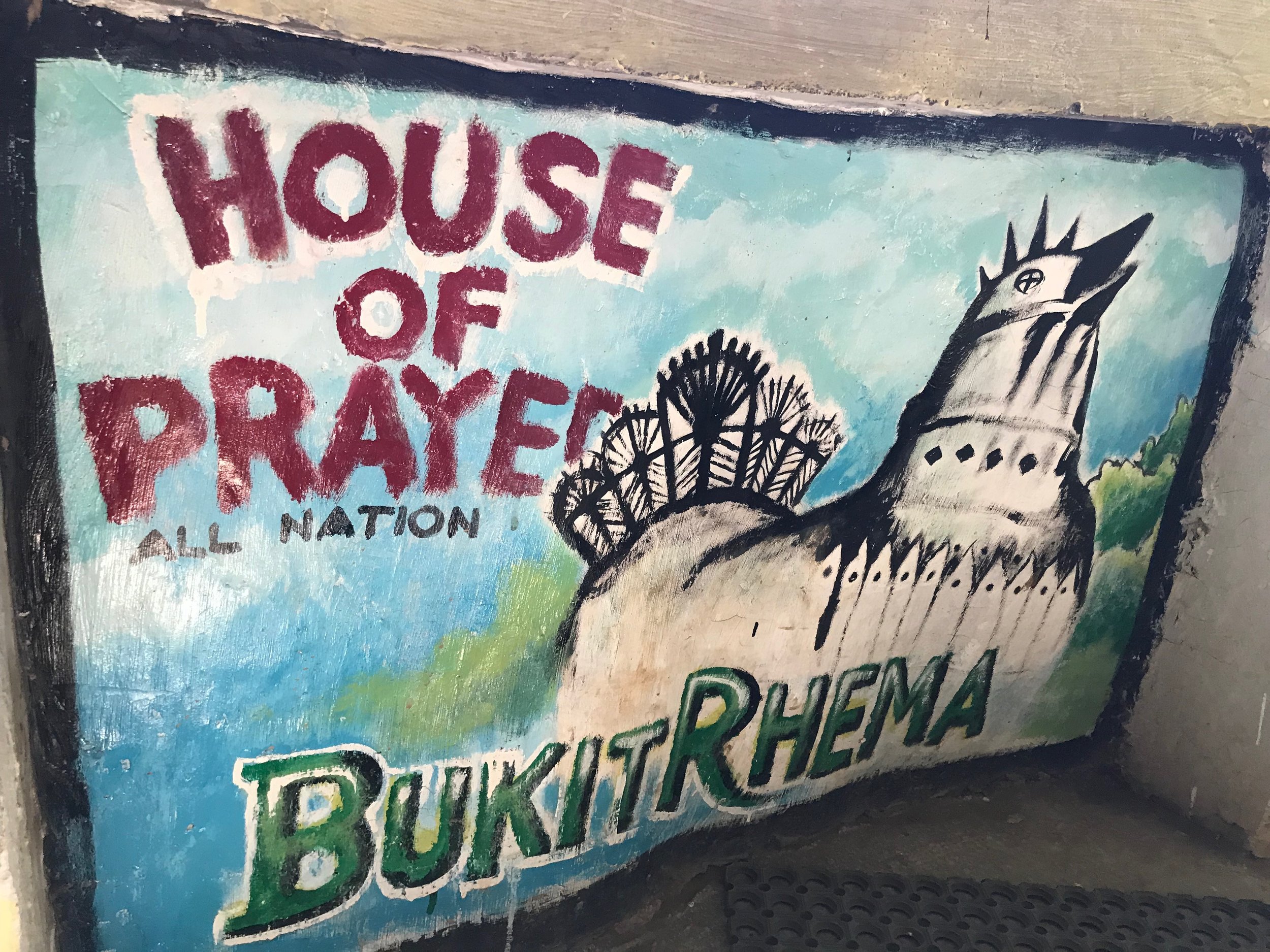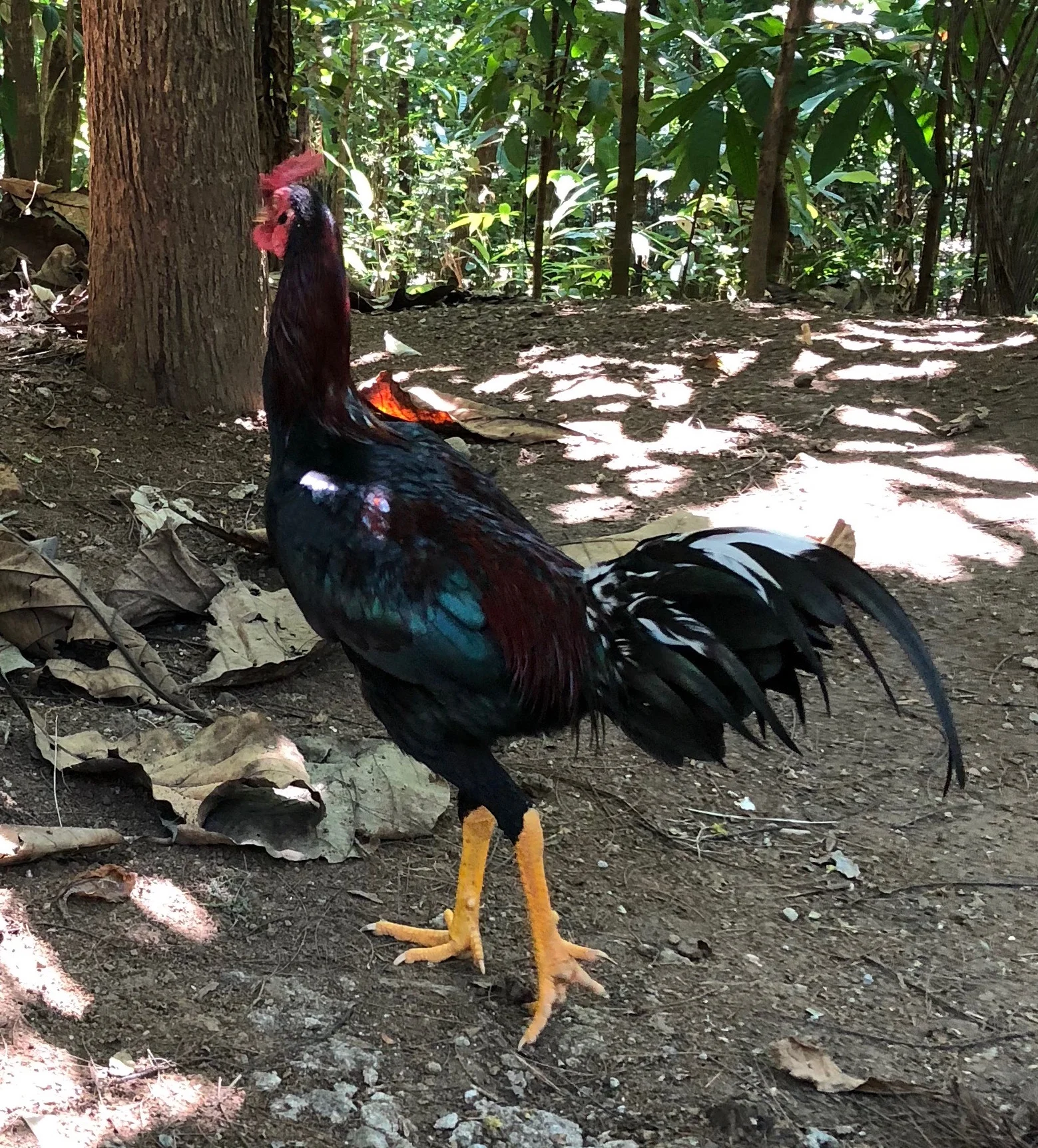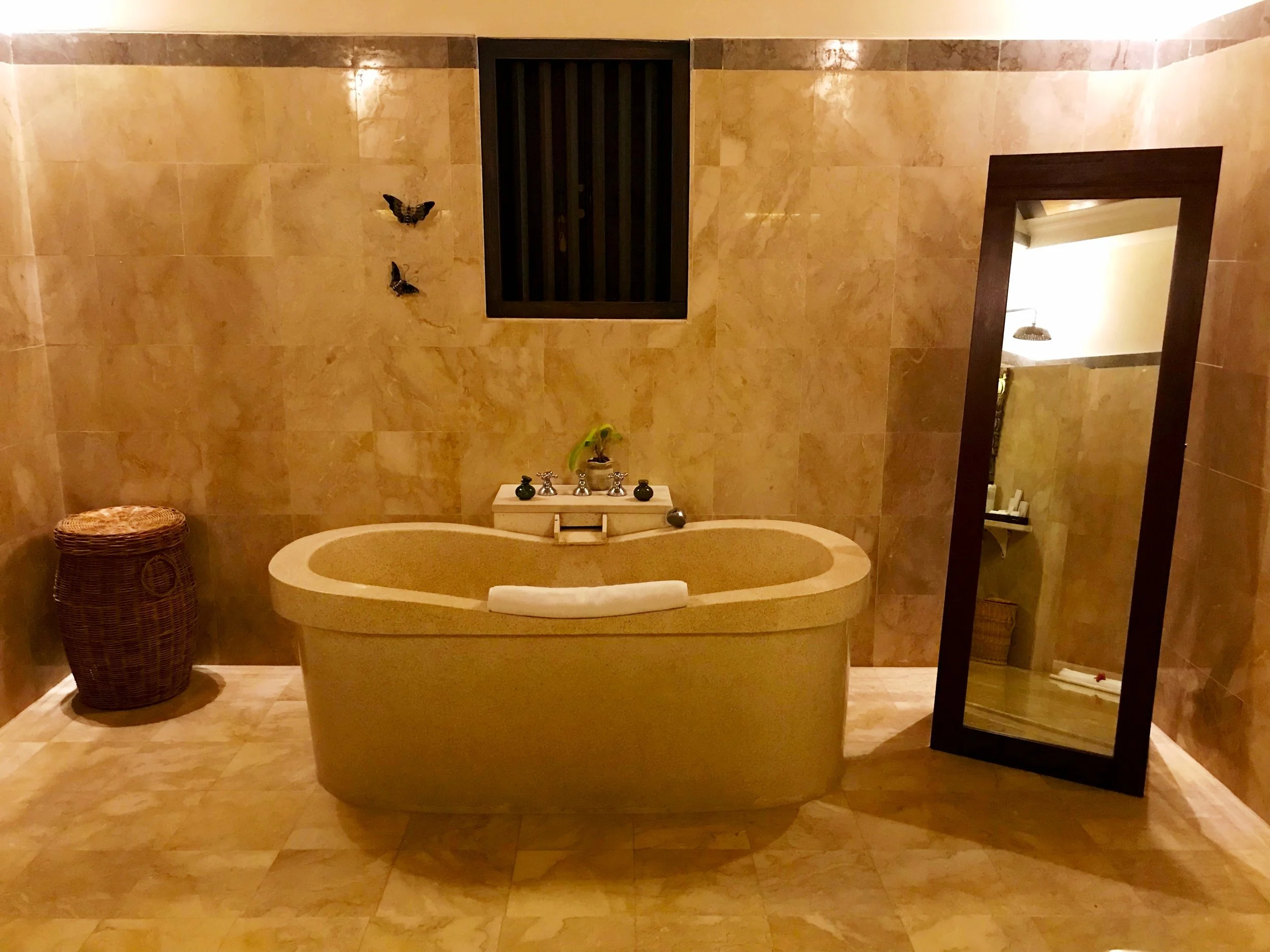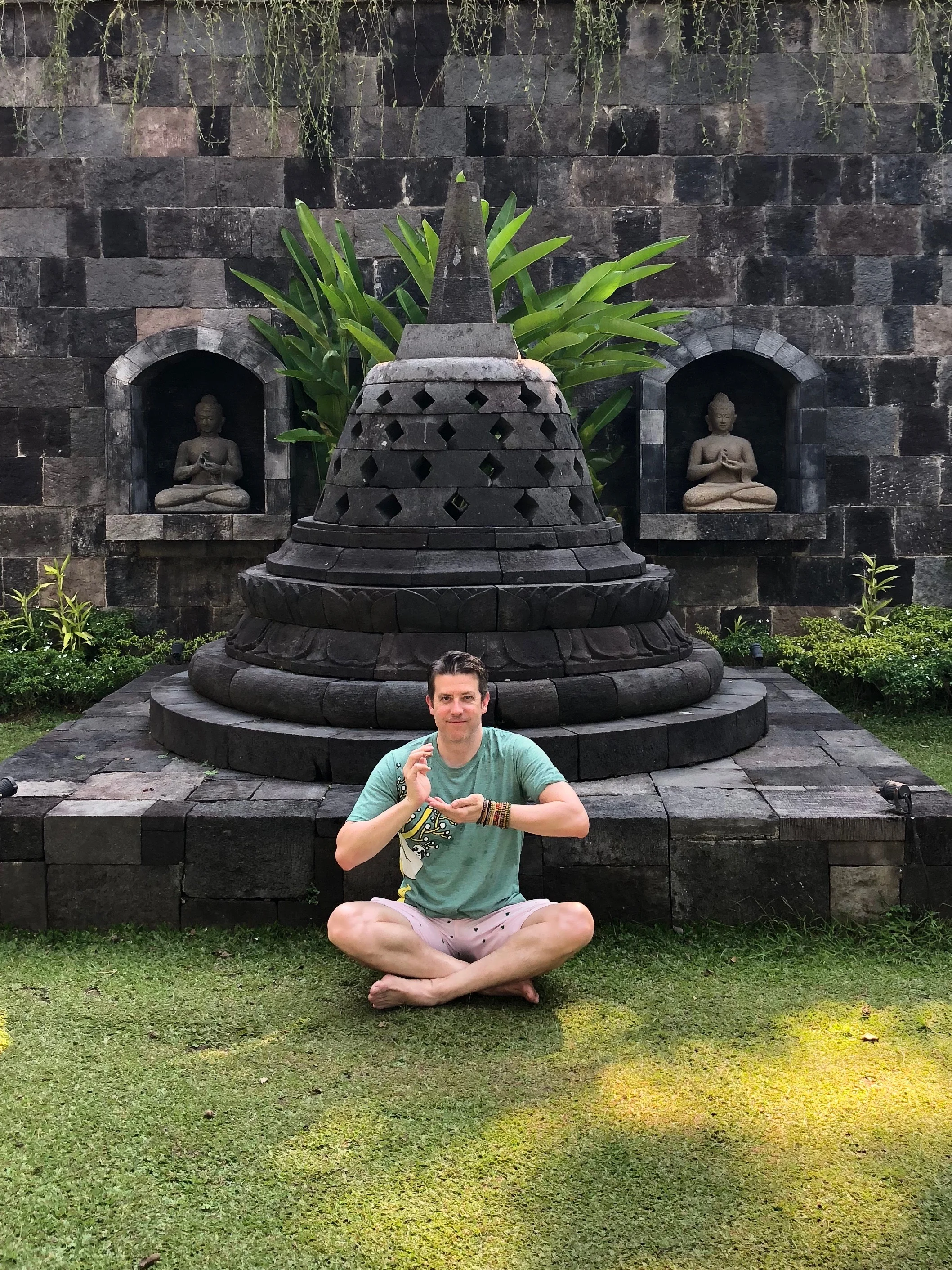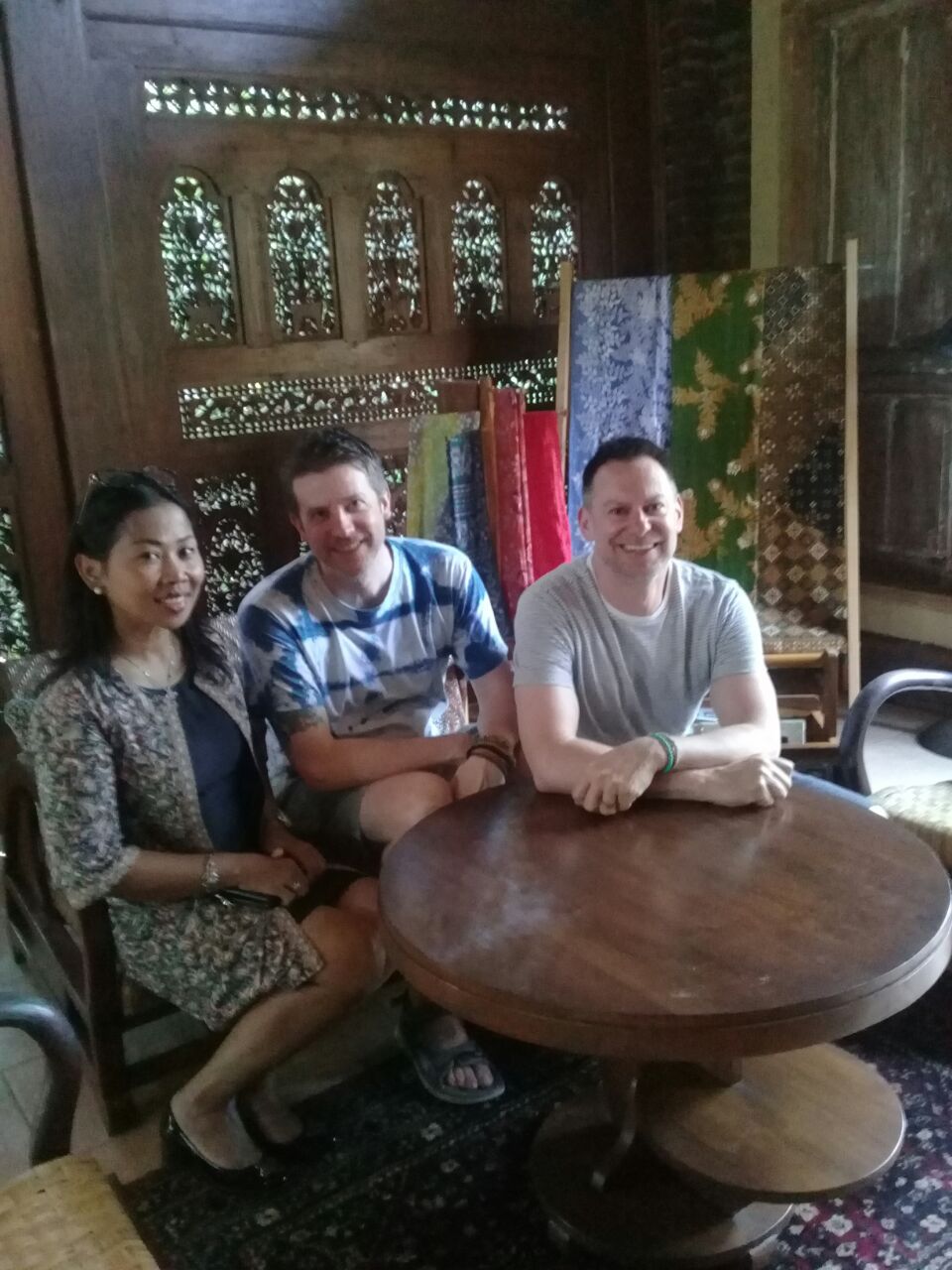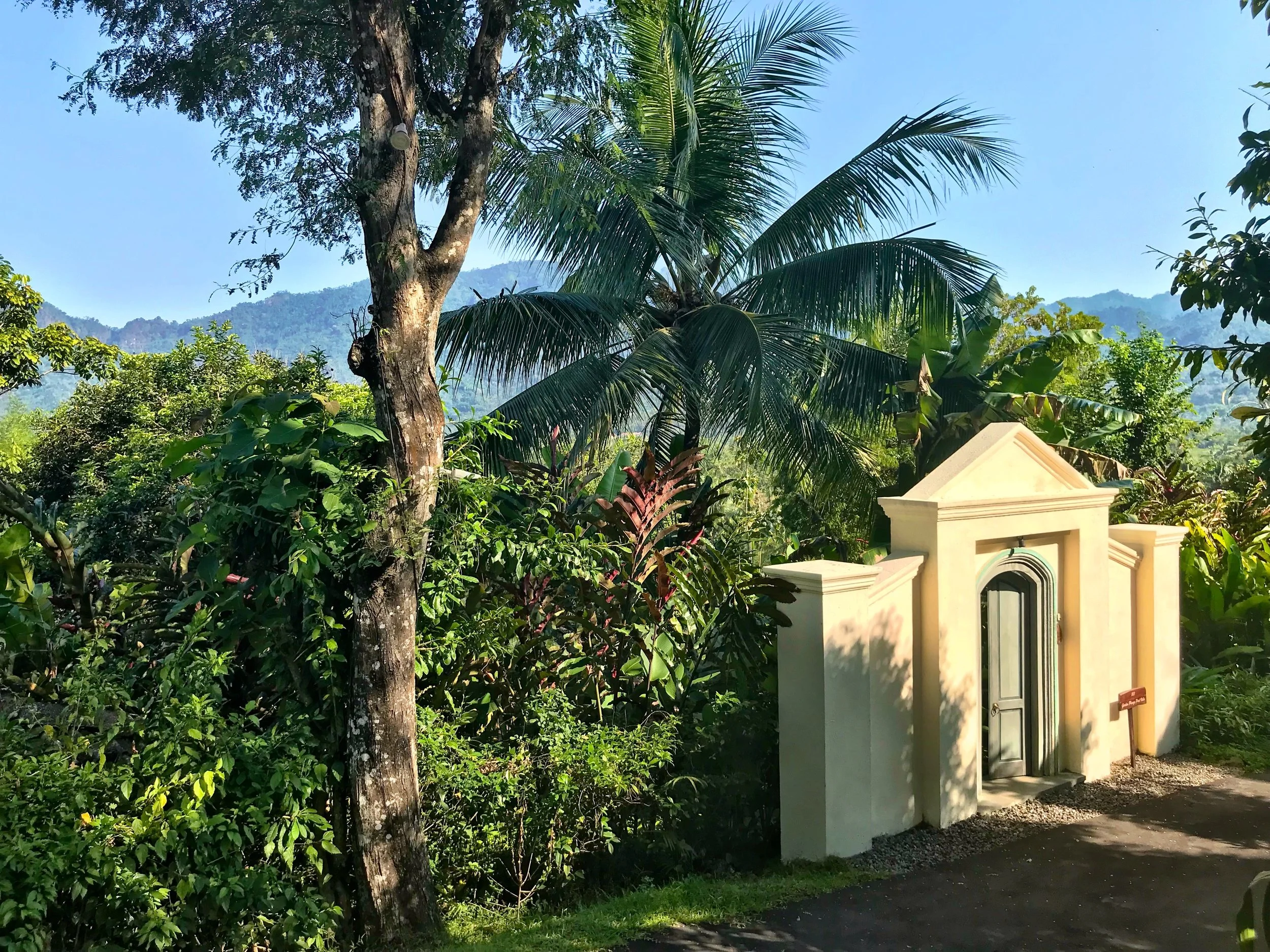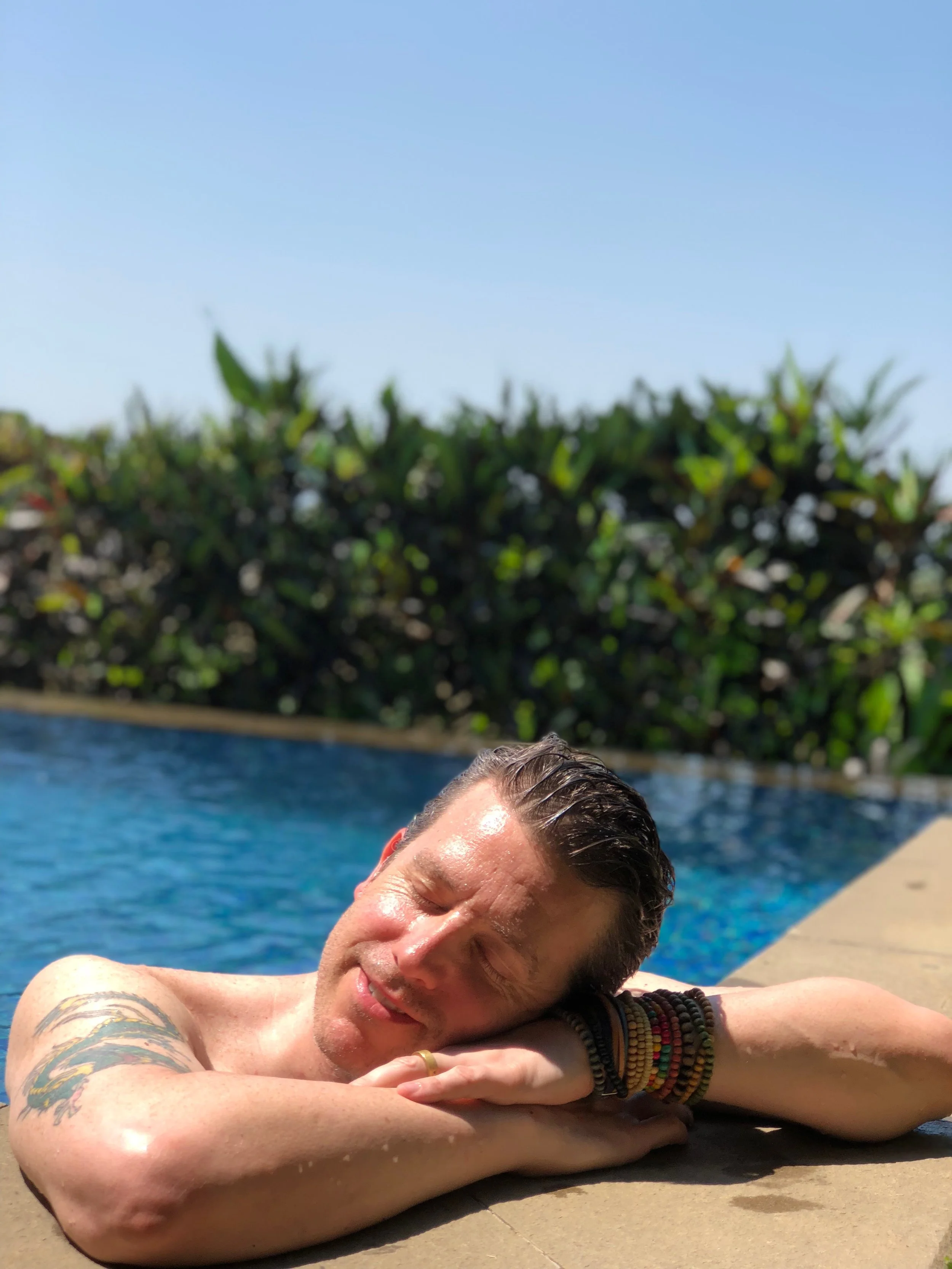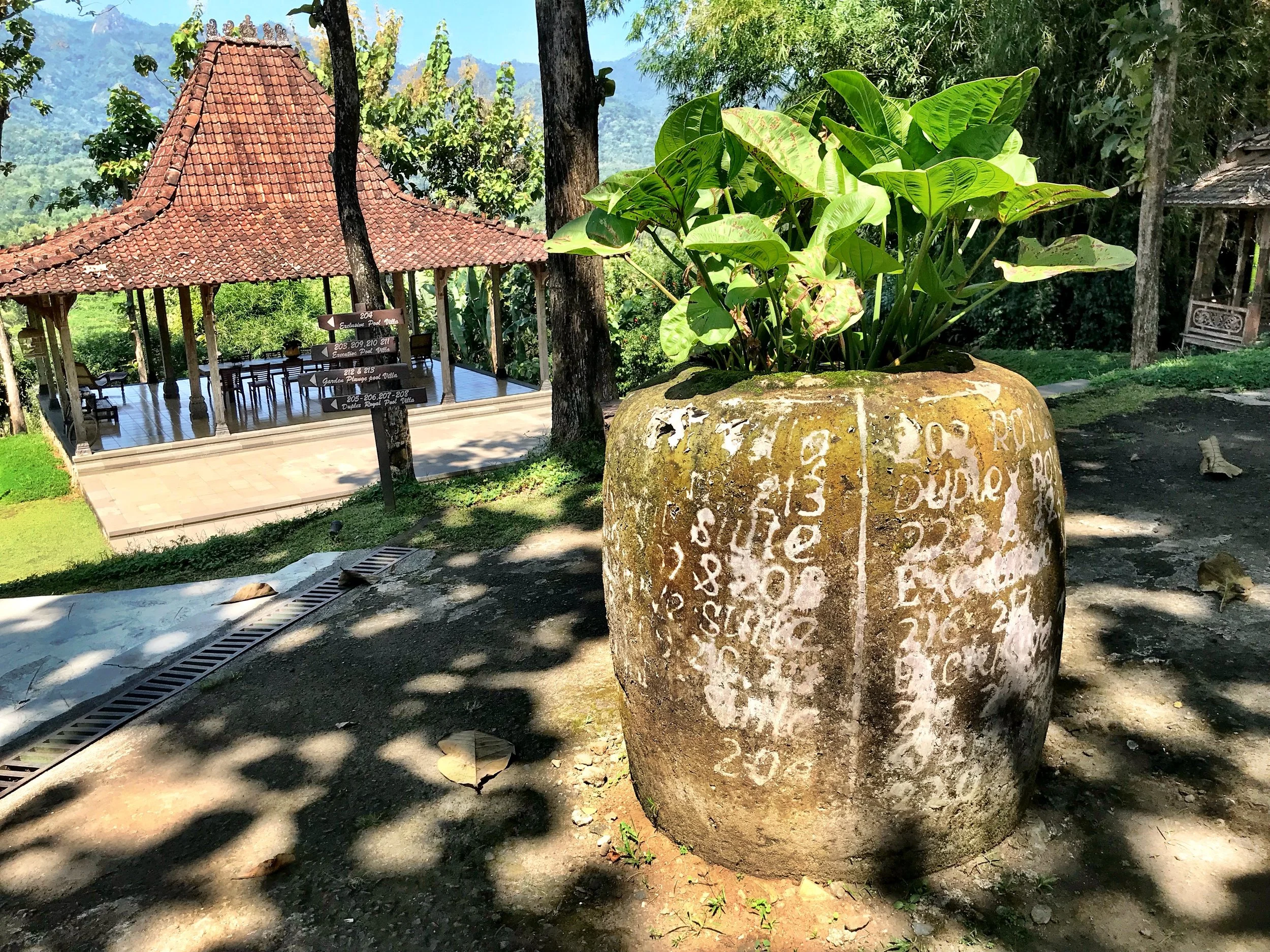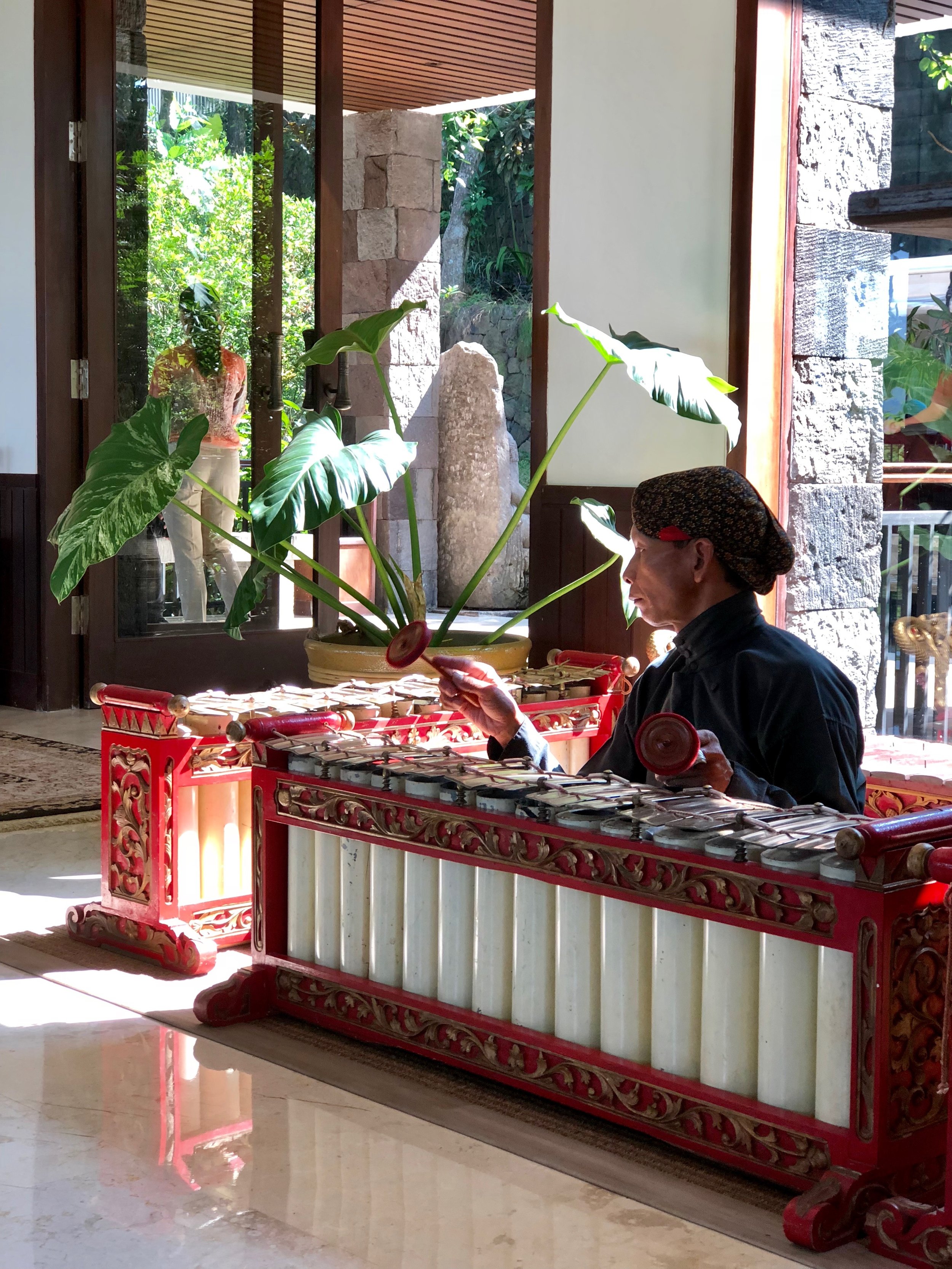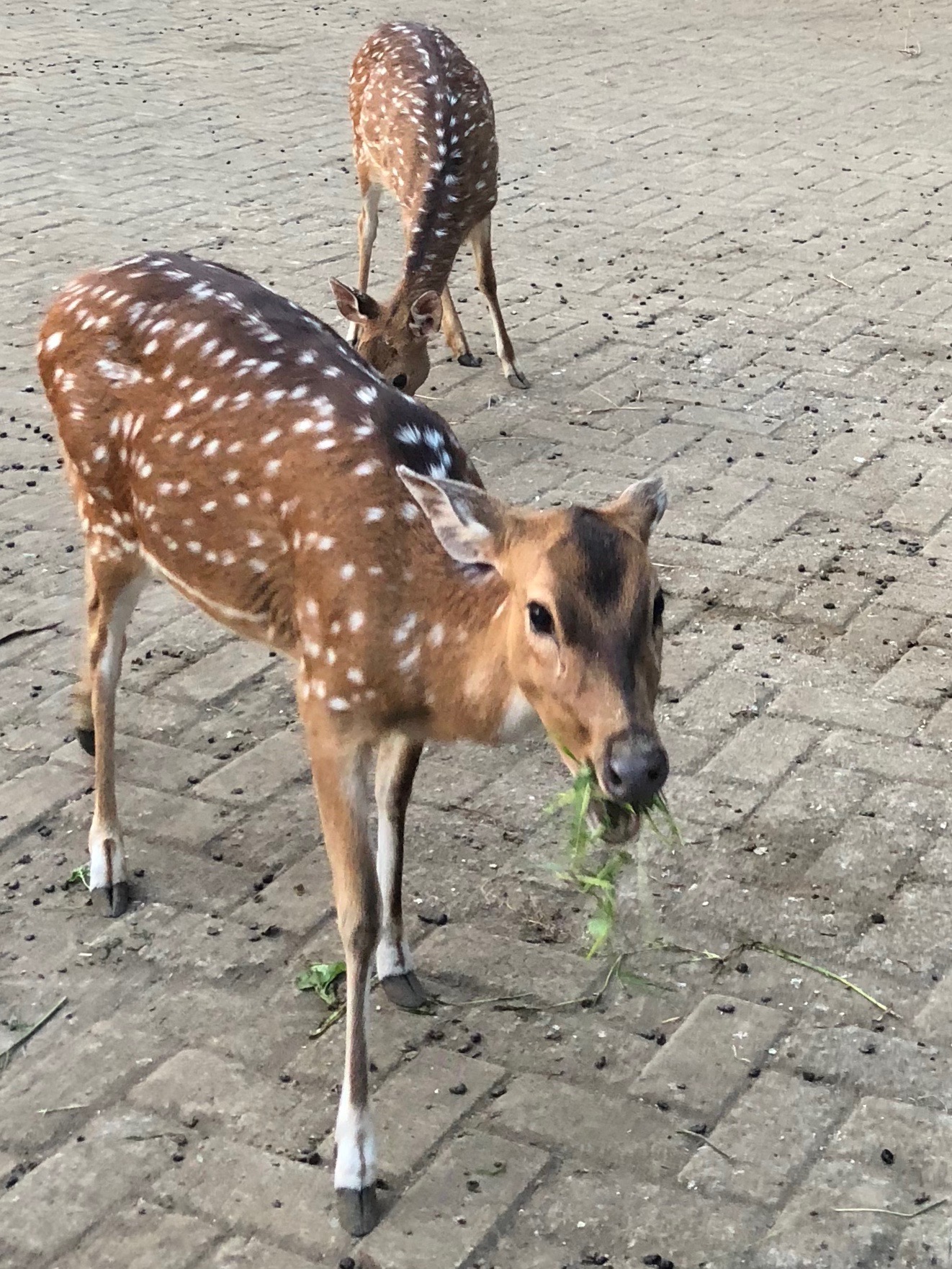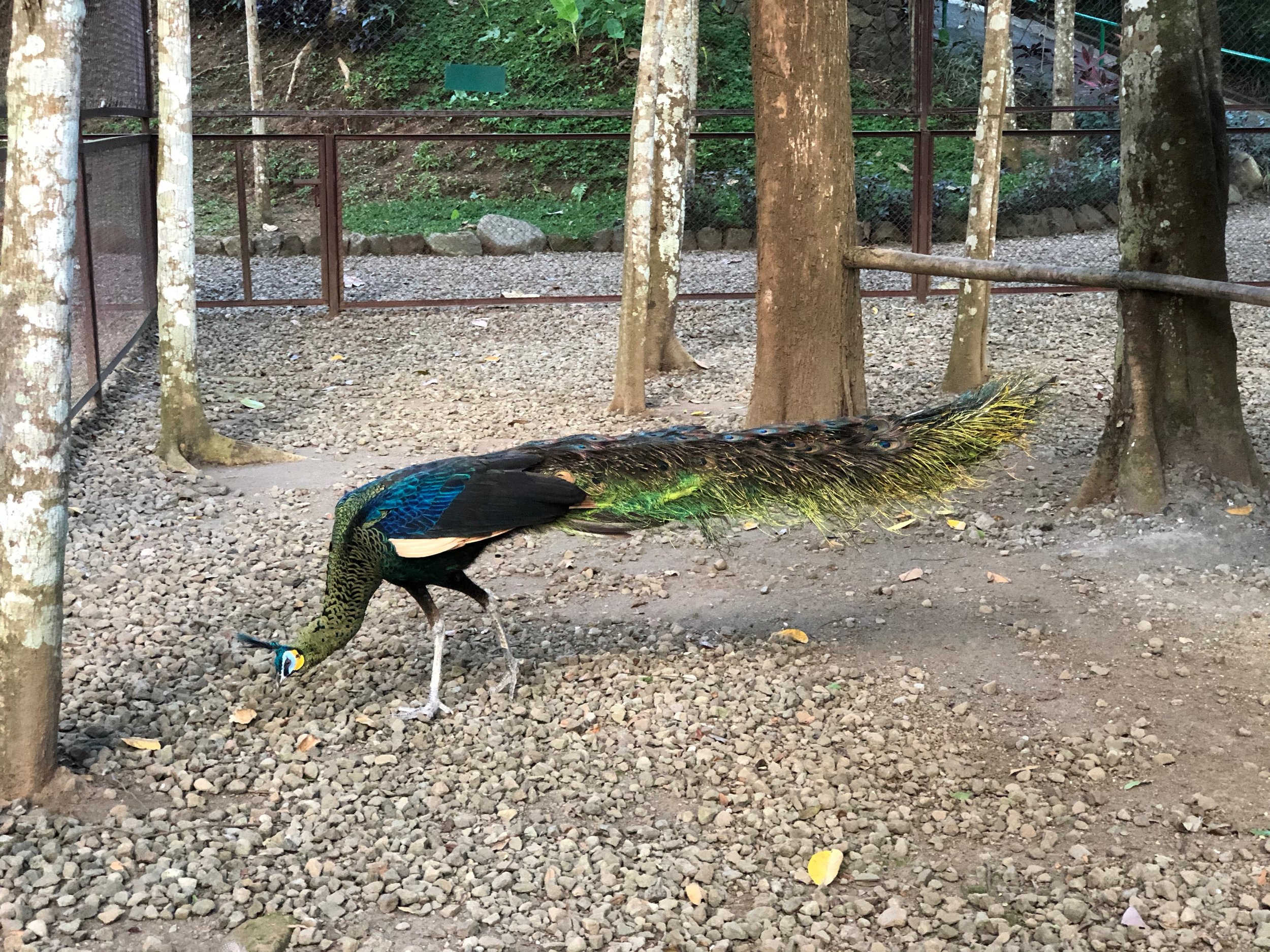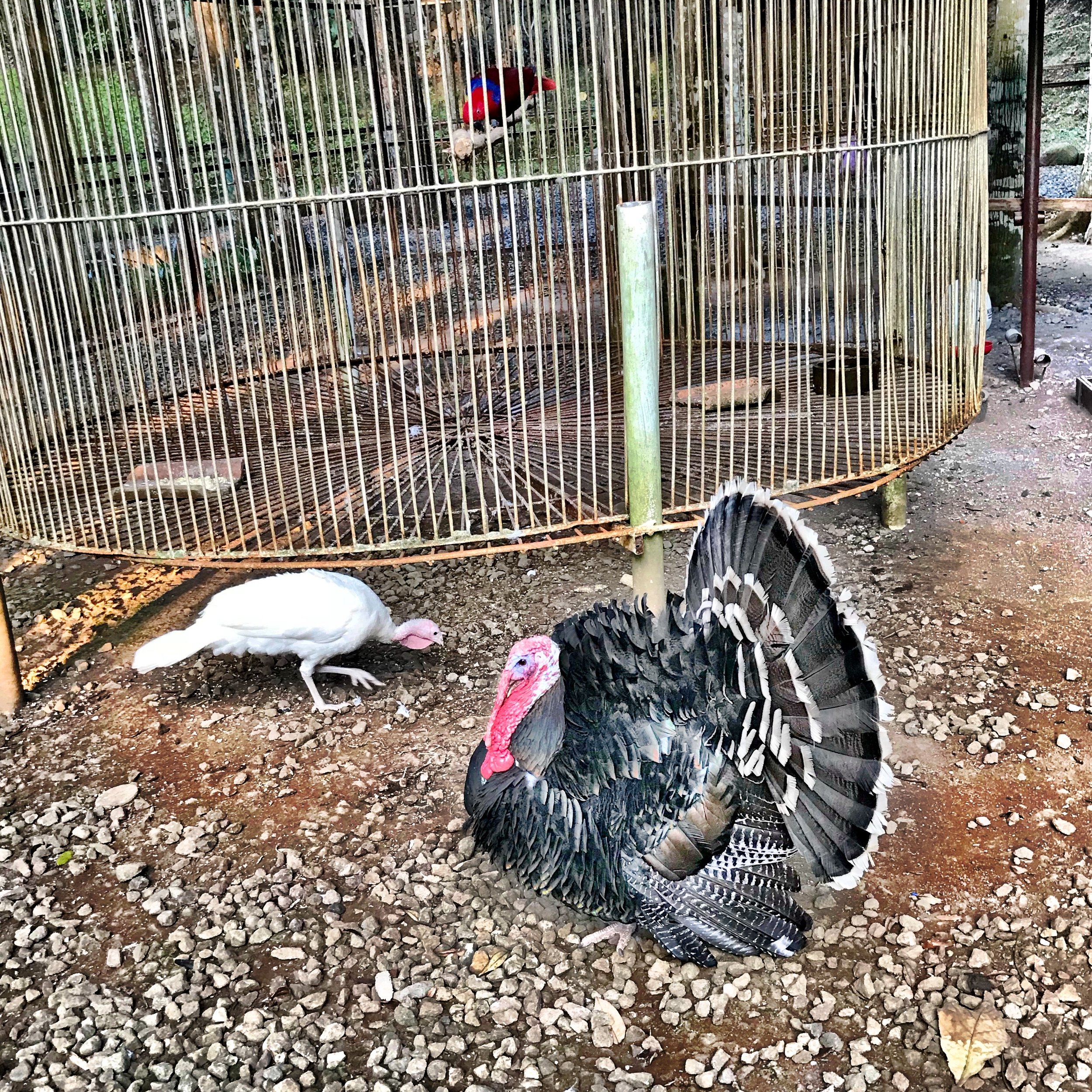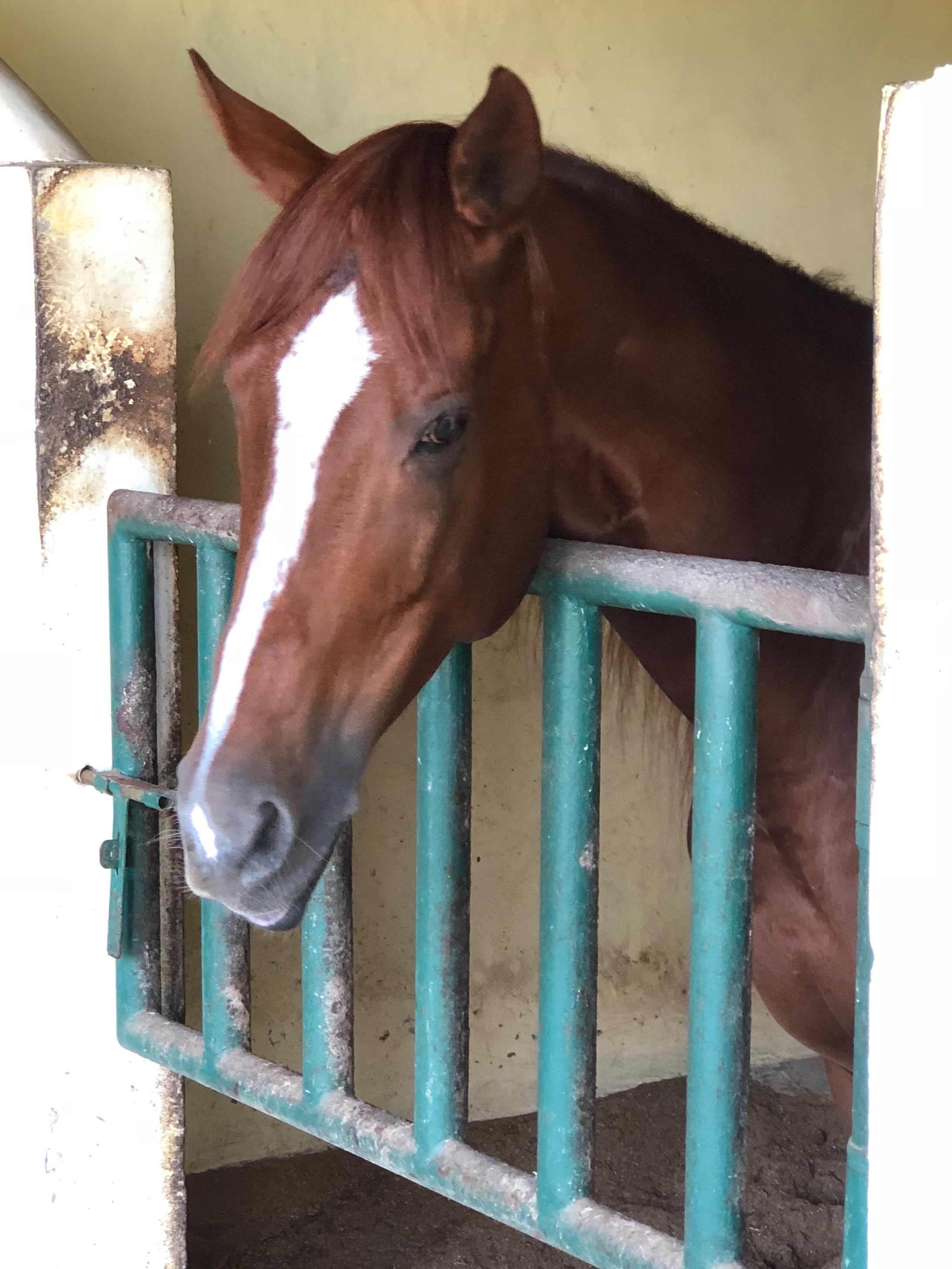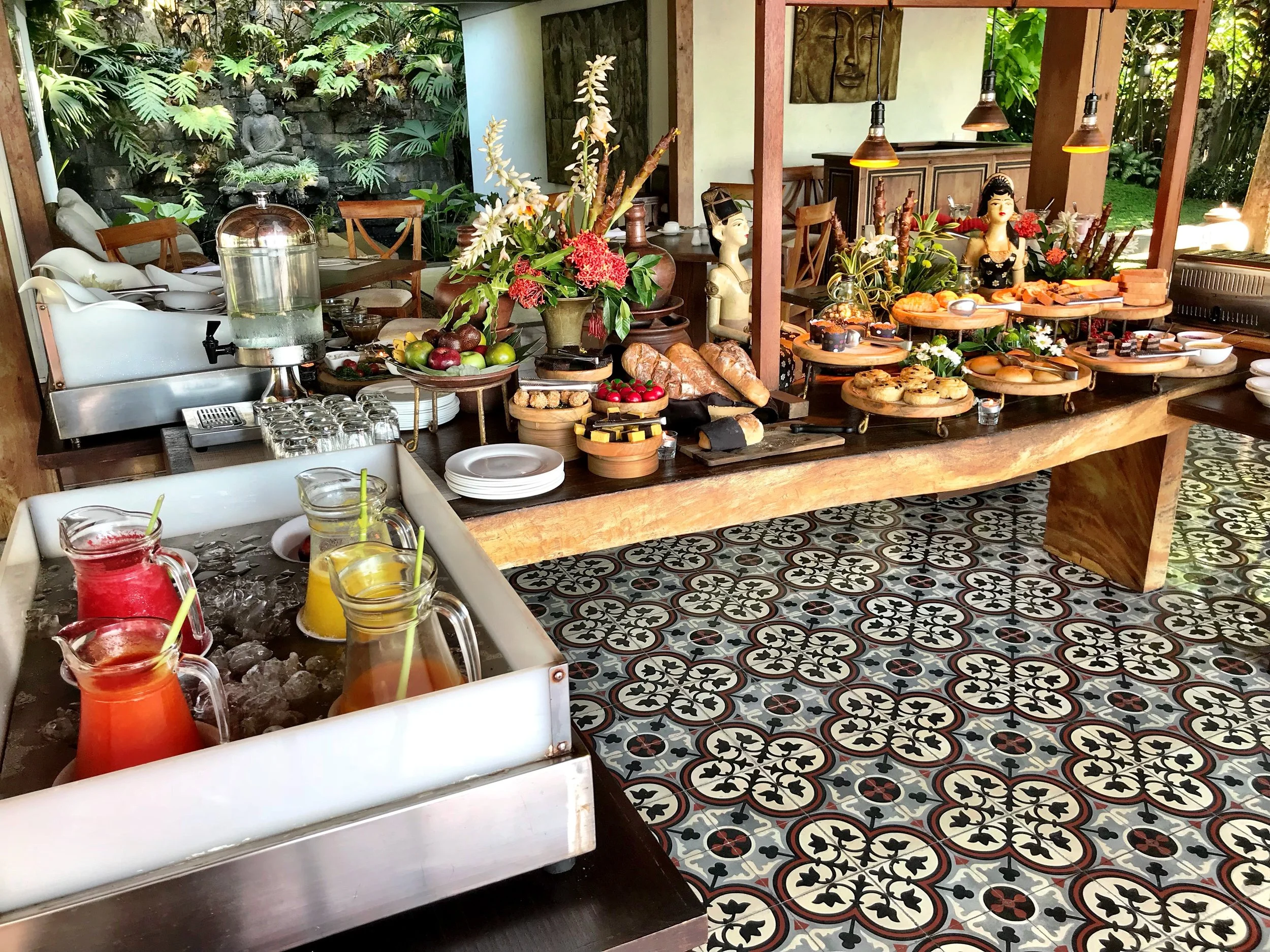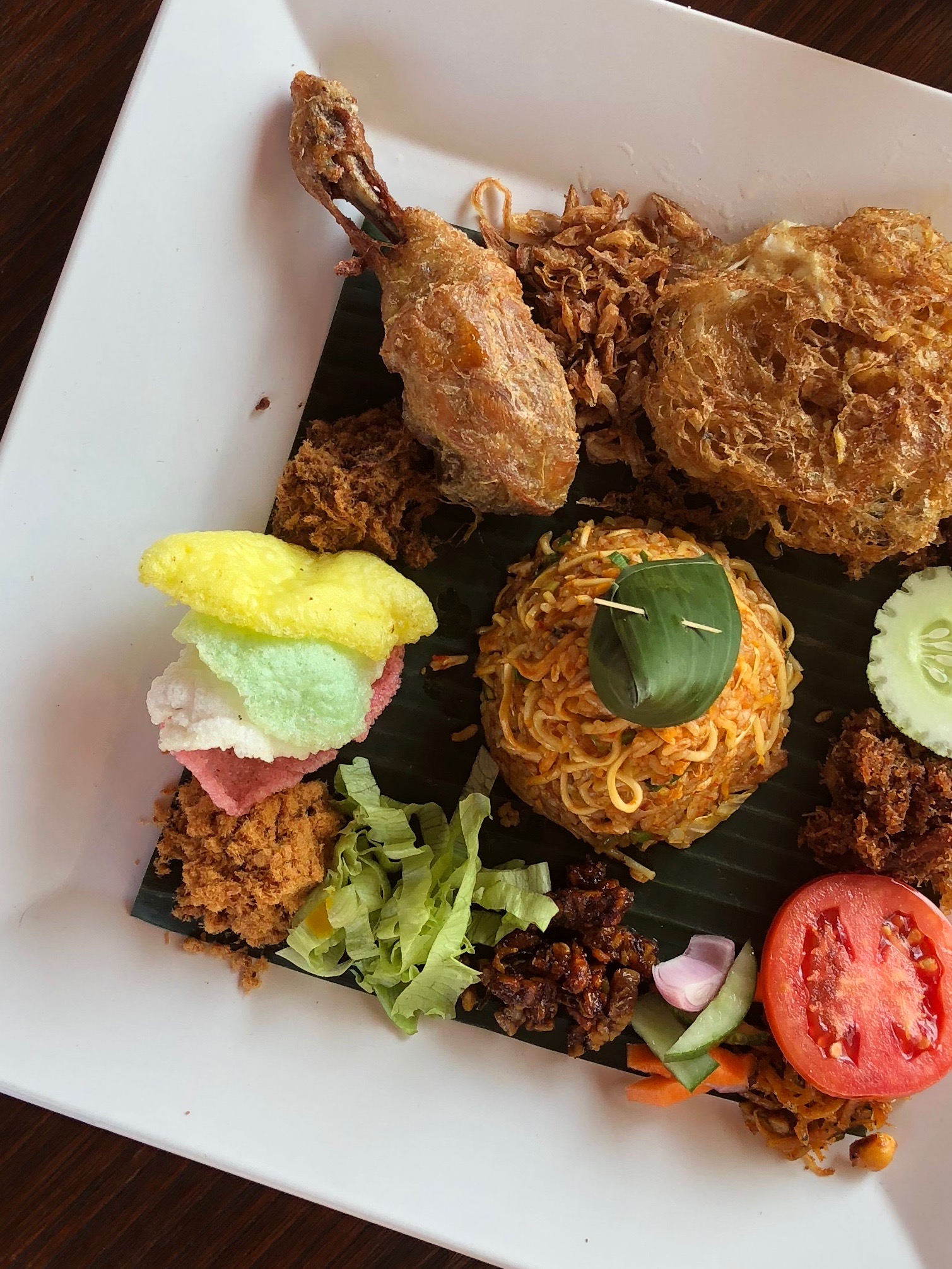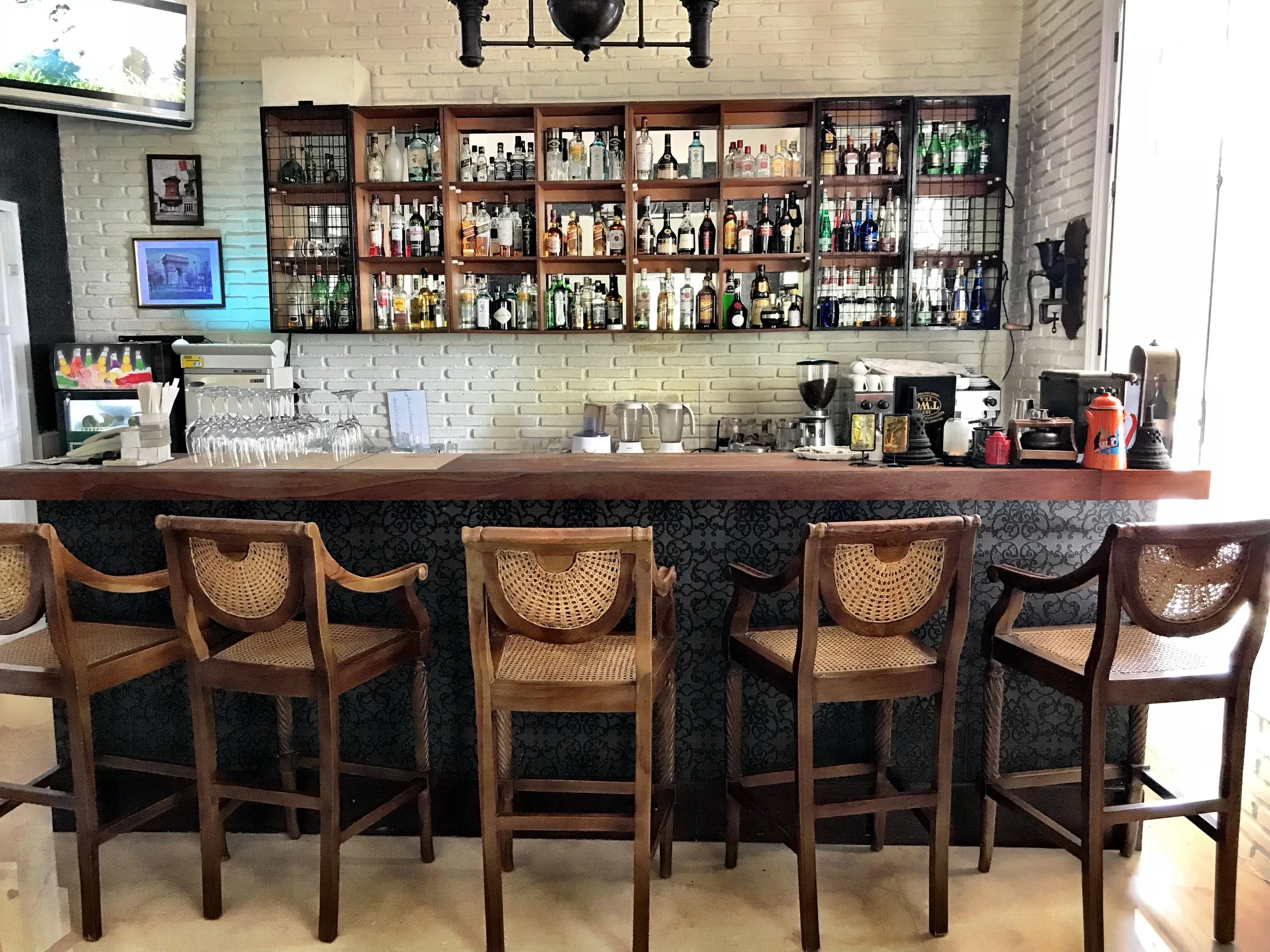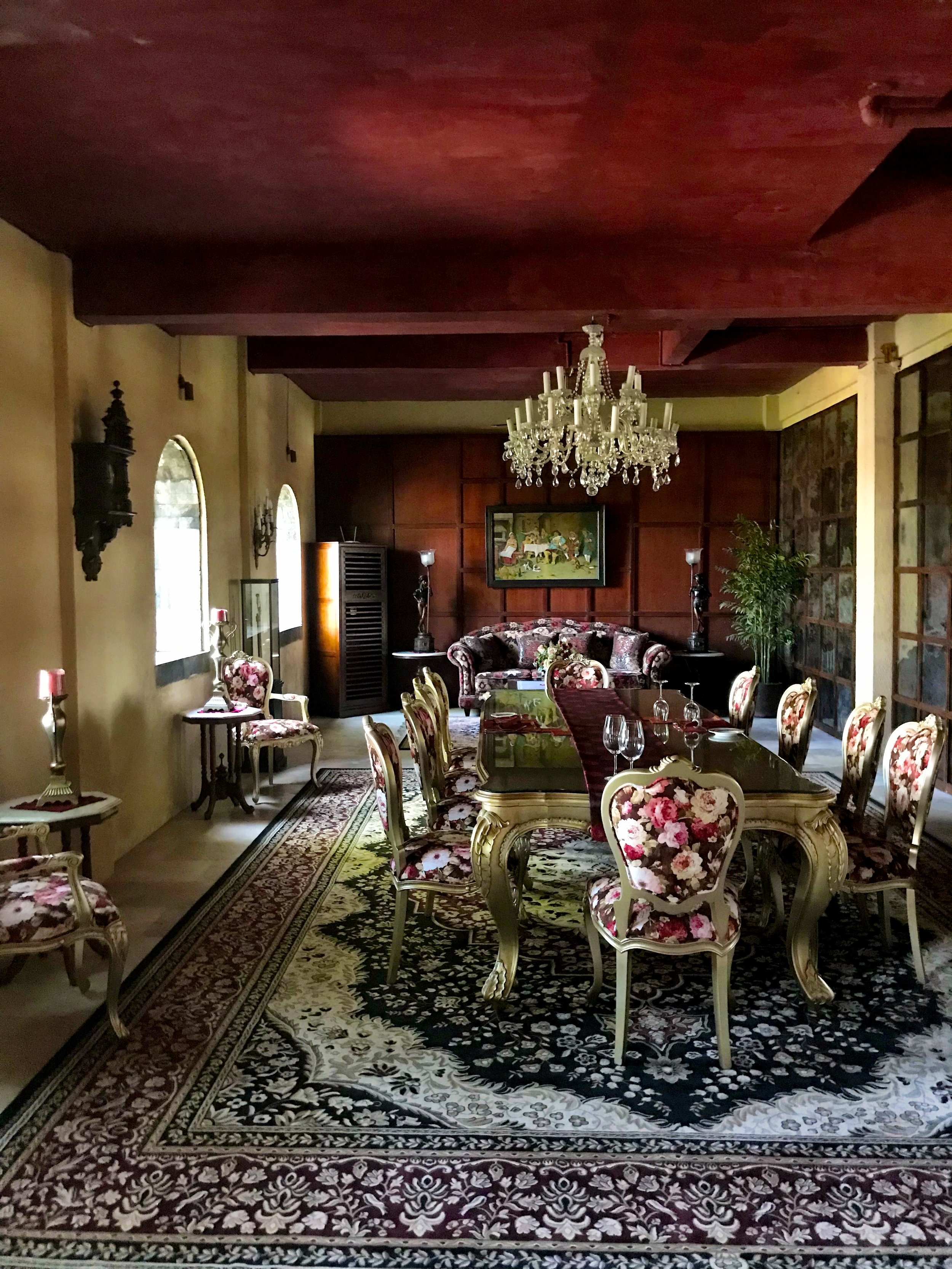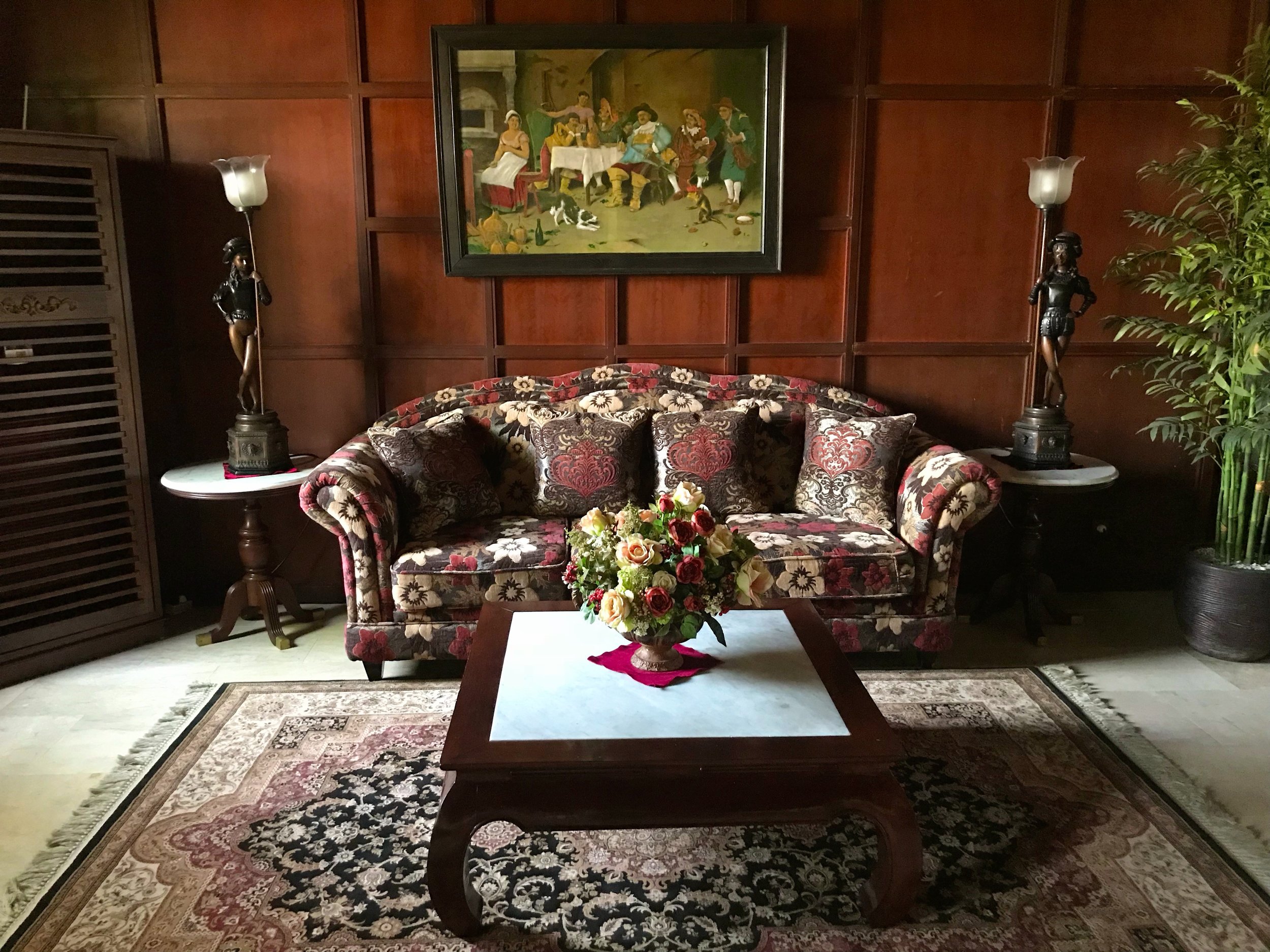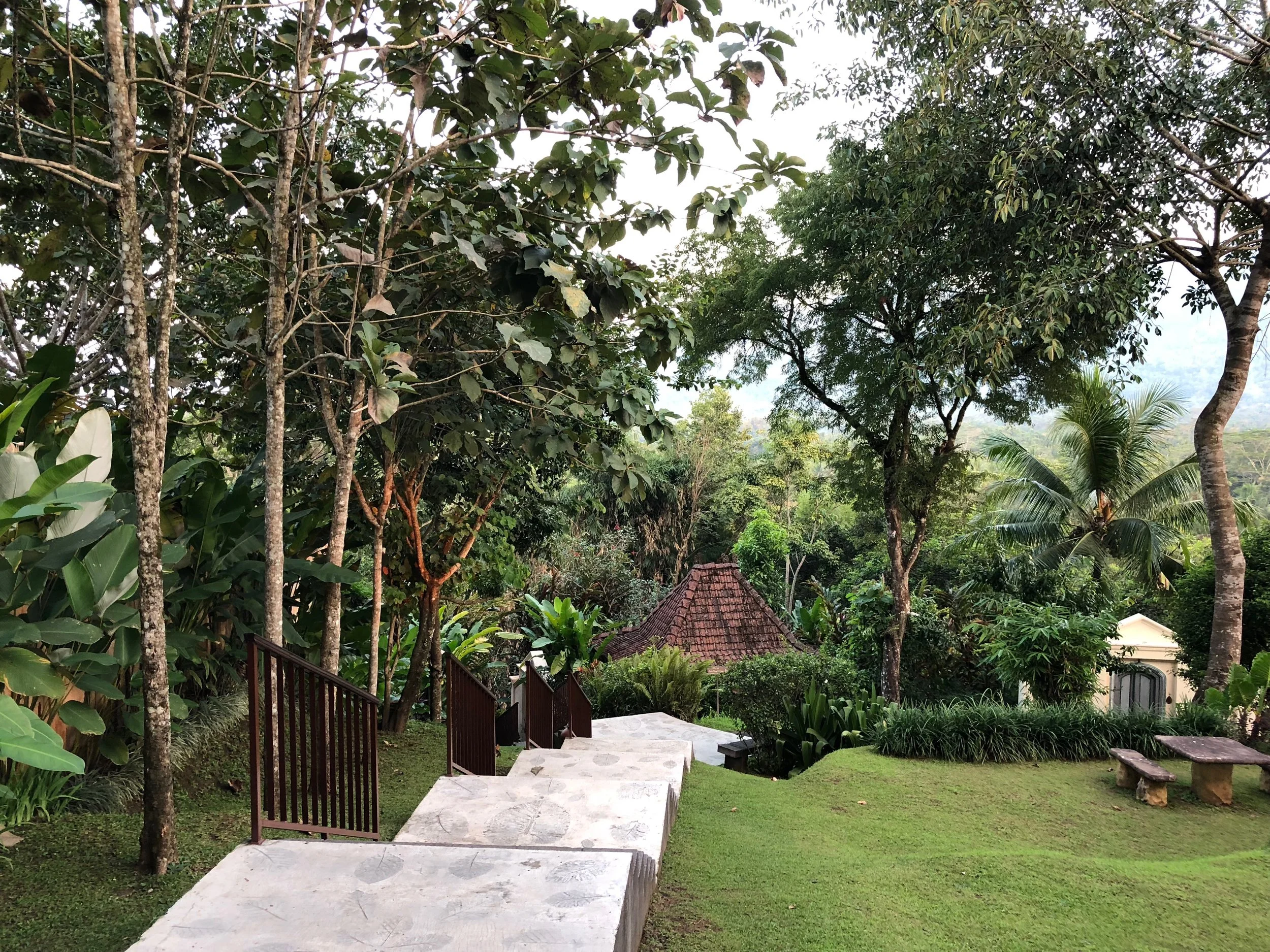Princess Loro Jonggrang didn’t want to marry the magician who killed her father. So she came up with a clever plan to deceive his demon helpers.
An Indonesia stamp commemorates the legend of Roro (aka Loro) Jonggrang and the magician Bandung Bondowoso, who summoned demons to perform a seemingly impossible task
The massive towers and reliefs of the Hindu temple complex of Prambanan in Java, Indonesia flourished in the late 9th century. A marvel of ancient engineering, the dark volcanic stone structures took decades to complete — though local lore holds that the complex was built in single night by nocturnal spirits.
The temples of Prambanan on Java in Indonesia are the setting of a legend involving demons and a princess trapped in stone
According to a stone tablet found while excavating the ruins of Prambanan, the temple was built to honor Lord Shiva, one of the most important gods in the Hindu pantheon. The compound’s original name was Shivgarh, the House of Shiva, when it was constructed around 850 CE by Rakai Pikatan, a king of the Sanjaya dynasty. It later took the name Prambanan, after the village where it’s located.
“The princess’ deceit angered the magician, and he cursed her.
She was turned into a statue of the goddess Durga and remains enshrined in the central spire of Prambanan.”
Although the temples were abandoned and reclaimed by the jungle, they were never completely forgotten. The origin myth popular among the Javanese tells of the story of the Slender Virgin, Roro or Loro Jonggrang, which is set in Prambanan. Like most stories told in the oral tradition, many variations exist, but its conclusion is generally the same.
Bandung Bondowoso and Loro Jonggrang
Long ago, in feudal Java, there were two neighboring kingdoms, Pengging and Prambanan. The kingdom of Pengging was prosperous and wisely ruled by Prabu Damar Maya. The other, Prambanan, fell under the reign of a wrathful and wicked half-demon king named Prabu Ratu Boko. Although he lived in a massive stone palace, he grew envious and devised a plan to take the kingdom of Pengging by force.
Loro Jonggrang was so beautiful, the man who killed her father wanted to marry her
The troops of Damar Maya put up a good fight, but were no match for the supernatural armies of Ratu Boko. Fearing he would lose his kingdom, Damar Maya consulted his chief brahmin priest, whose nephew, Bandung Bondowoso, was skilled in dark magic and was able to summon demons. Bondowoso created a supernatural arrow and climbed to the highest vantage point in Pengging to assess the enemy. When he saw Ratu Boko, he drew his bow back and shot the arrow straight through the demon king’s heart, killing him instantly.
Ratu Boko’s army retreated to Prambanan and delivered the news of the king’s death to his daughter, Princess Loro Jonggrang, whose name translates as “Slender Virgin.” Her beauty was known throughout the land, and like her father, she was willful and arrogant. The princess asked who had slain Ratu Boko and was told that it was a man named Bandung Bondowoso.
Loro Jonggrang arranged an elaborate ceremony to cremate the remains of her father on the palace grounds and extended an invitation to Bondowoso. Not only was she slender and beautiful, but she was also a graceful dancer. At the ceremony, accompanied by her court dancers, Loro Jonggrang glided out into the audience hall to perform a dance in homage to her father. Grief made her even more striking, and Bondowoso fell under her spell, determined to marry her.
Demons are said to have built 1,000 temples in a single night
Some days after, he sent a small delegation to request her hand in marriage. The princess reluctantly agreed, but set a seemingly impossible challenge: She would only marry Bondowoso if he were able to build 1,000 temples in a single night. The magician accepted her unusual request, and as the sun set, summoned an army of nocturnal spirits and demons. They worked tirelessly and quickly.
As punishment for her deceit, the princess became the statue of Durga in the Shiva Temple at Prambanan
Not wanting to marry the man who had killed her father, Loro Jonggrang conceived of a plan to trick the supernatural beings. She enlisted the help of her servants and ordered the women of the village to fill their stone mortars with dried rice stalks and pound the grains from their stems, a task performed daily at dawn. The princess then sent her servants out to the east to burn the dried paddies. The combination of noise and firelight prompted the confused roosters to crow. Alarmed, the spirits fled back to the underworld, thinking the sun was rising and leaving the final temple incomplete.
The badass Durga, riding her tiger mount, defeats an evil buffalo demon
Loro Jonggrang’s deceit angered Bondowoso, and he cursed her, uttering the words, “There’s only one temple left — let you be the one to complete it!” The princess was turned into a statue of the goddess Durga the Inaccessible, now known as the Slender Virgin. The statue remains enshrined in the north chamber of the central spire of Prambanan, presumably the 1,000th temple. –Duke


